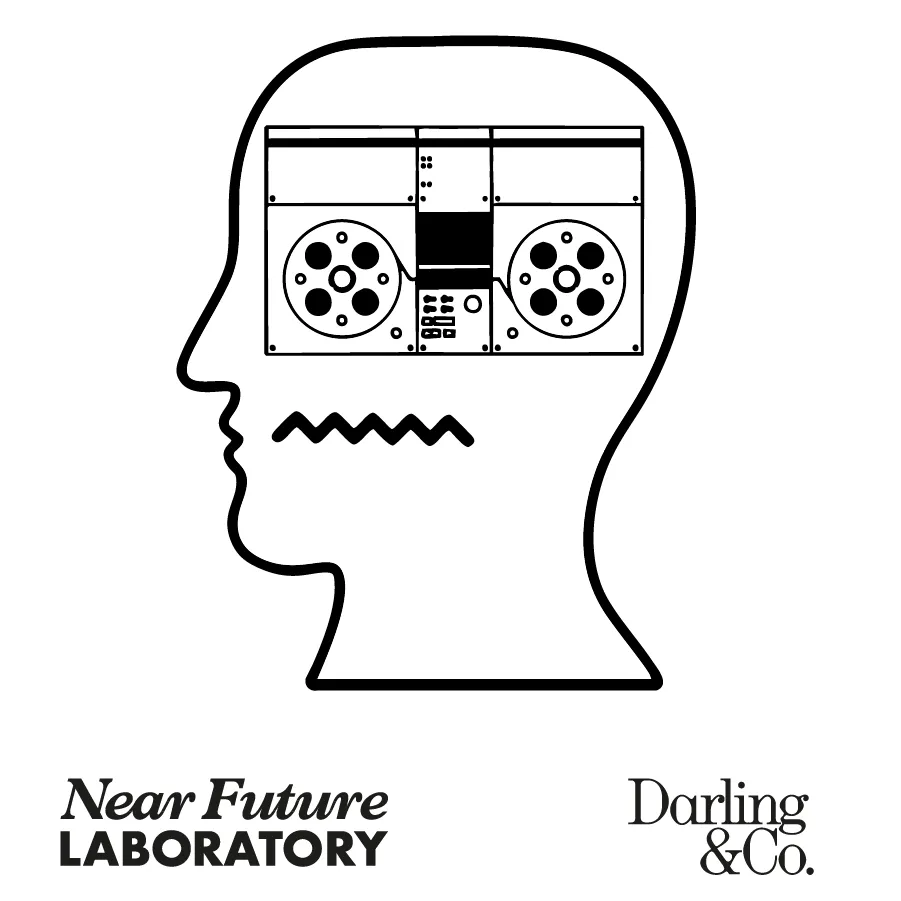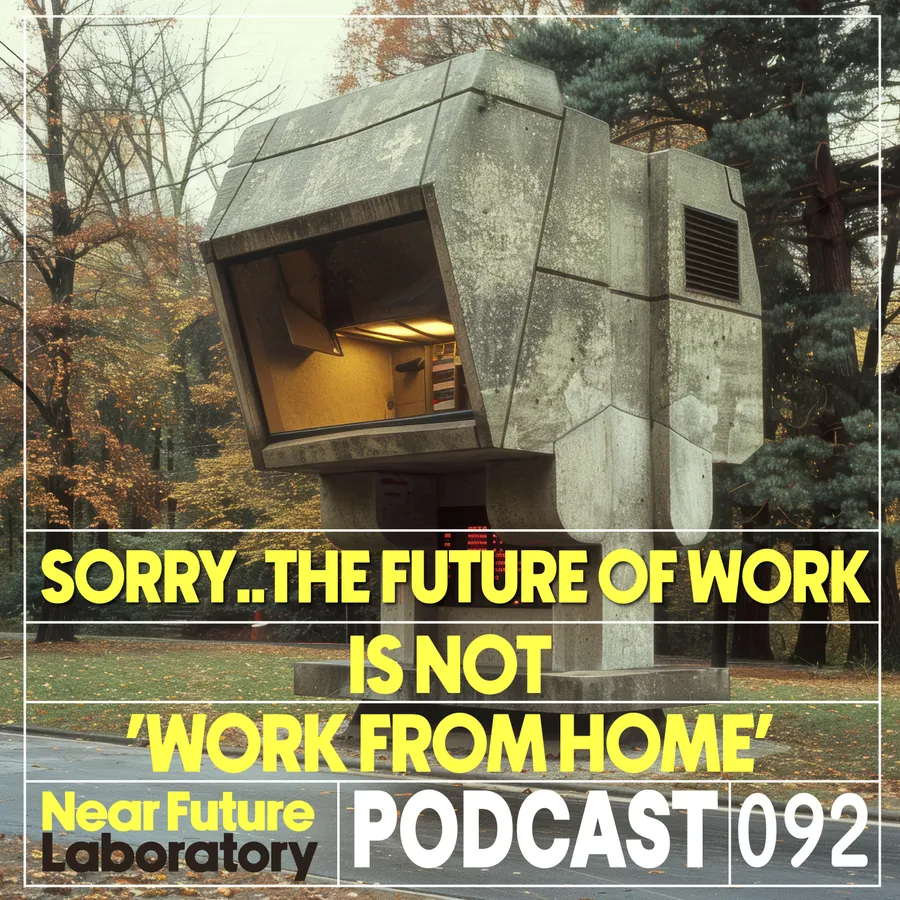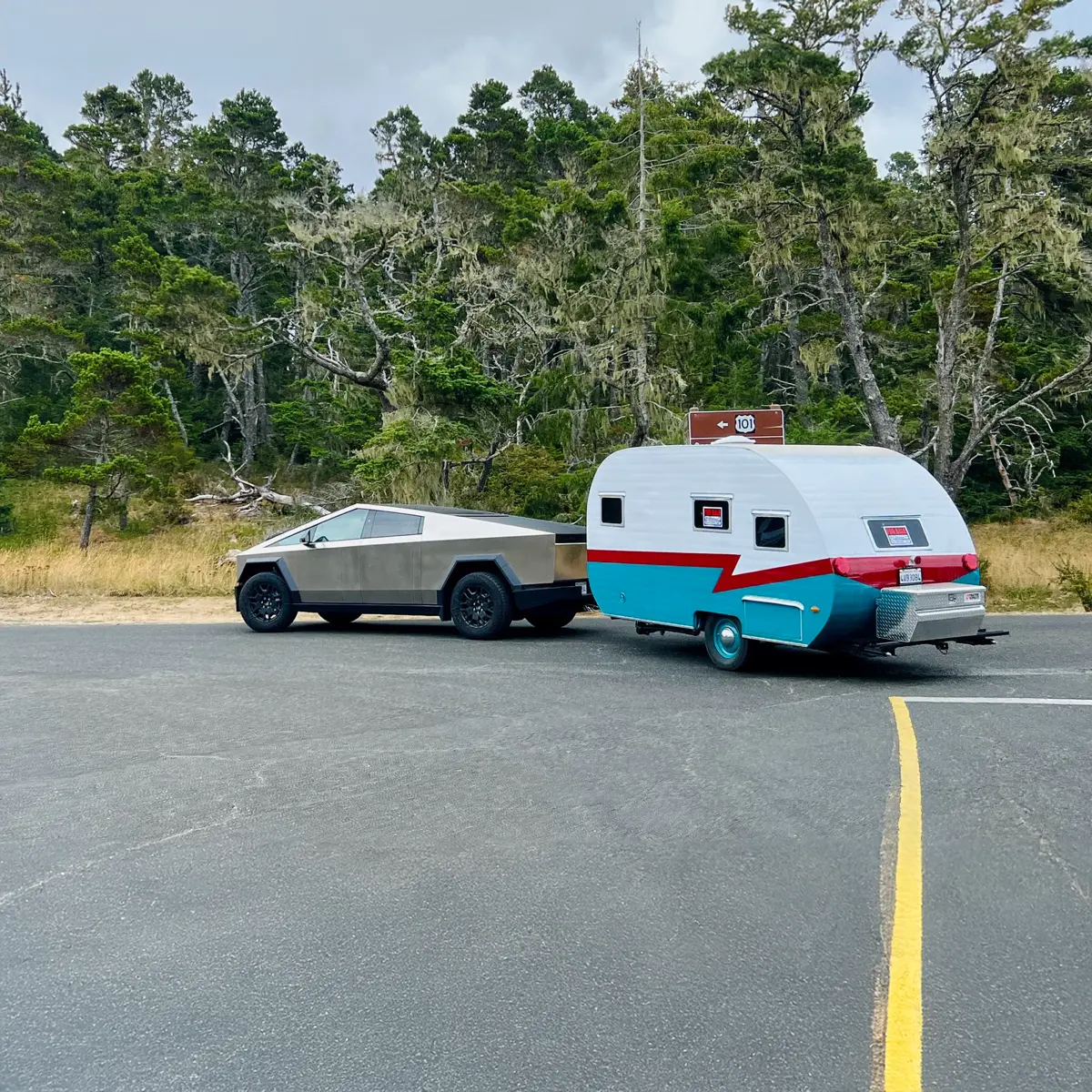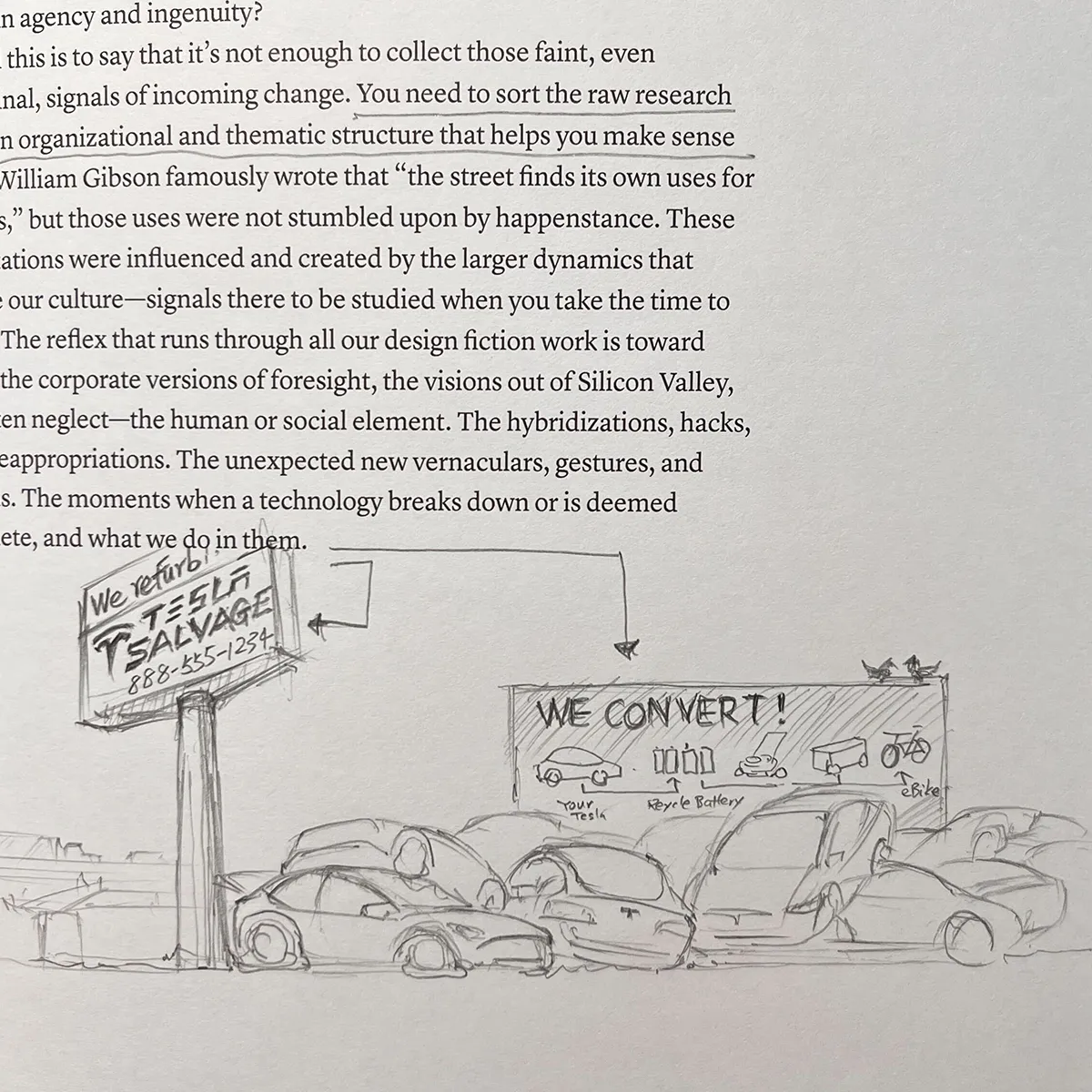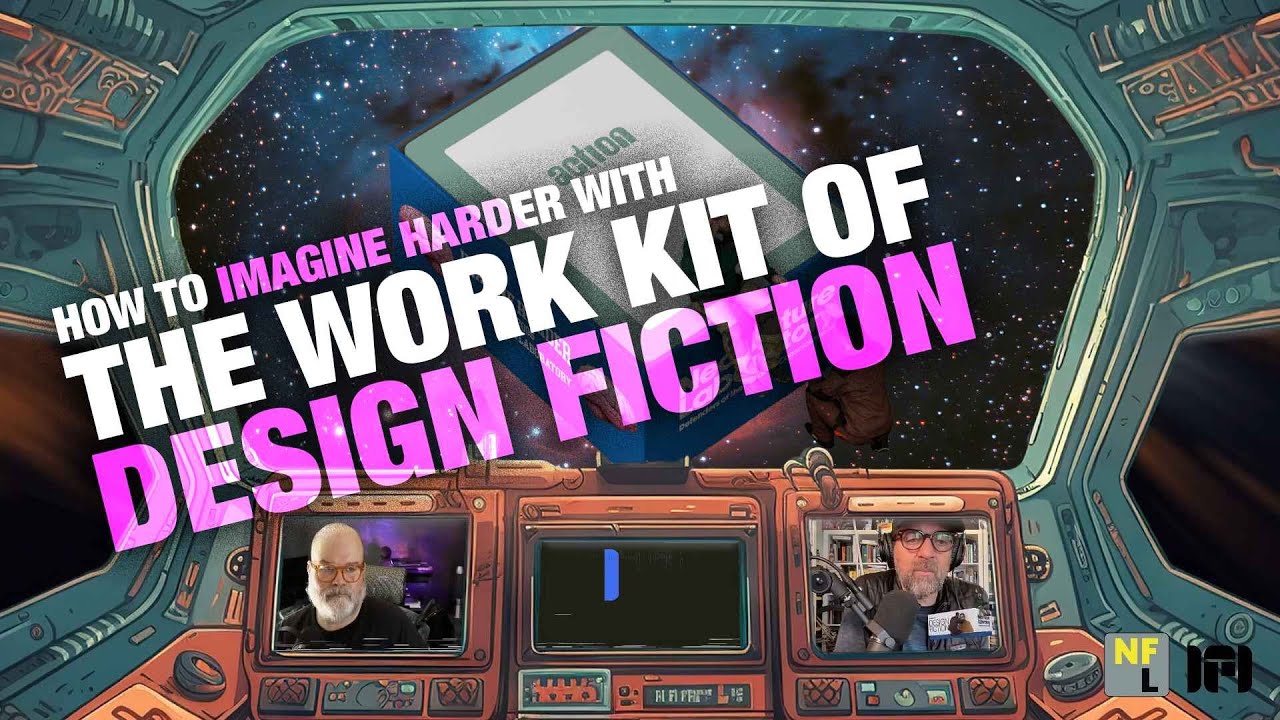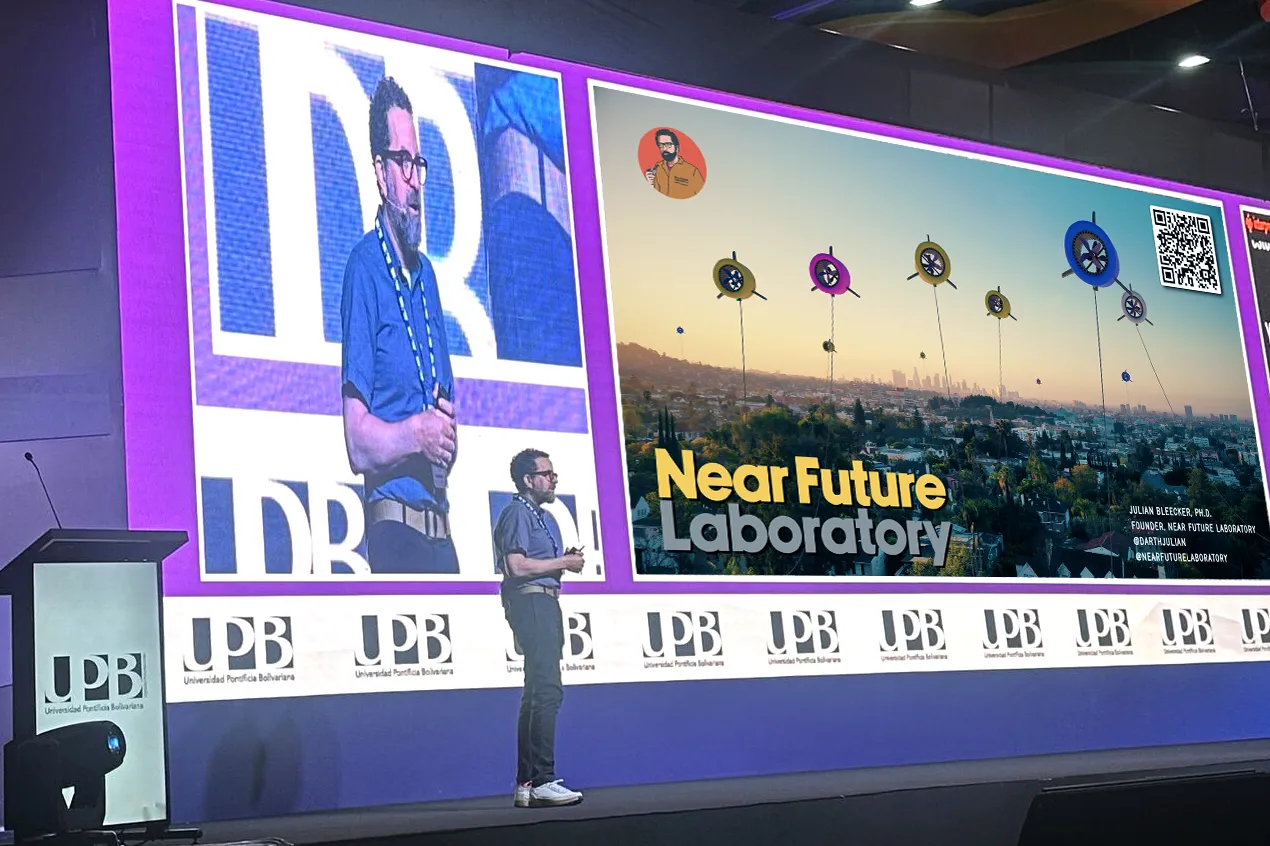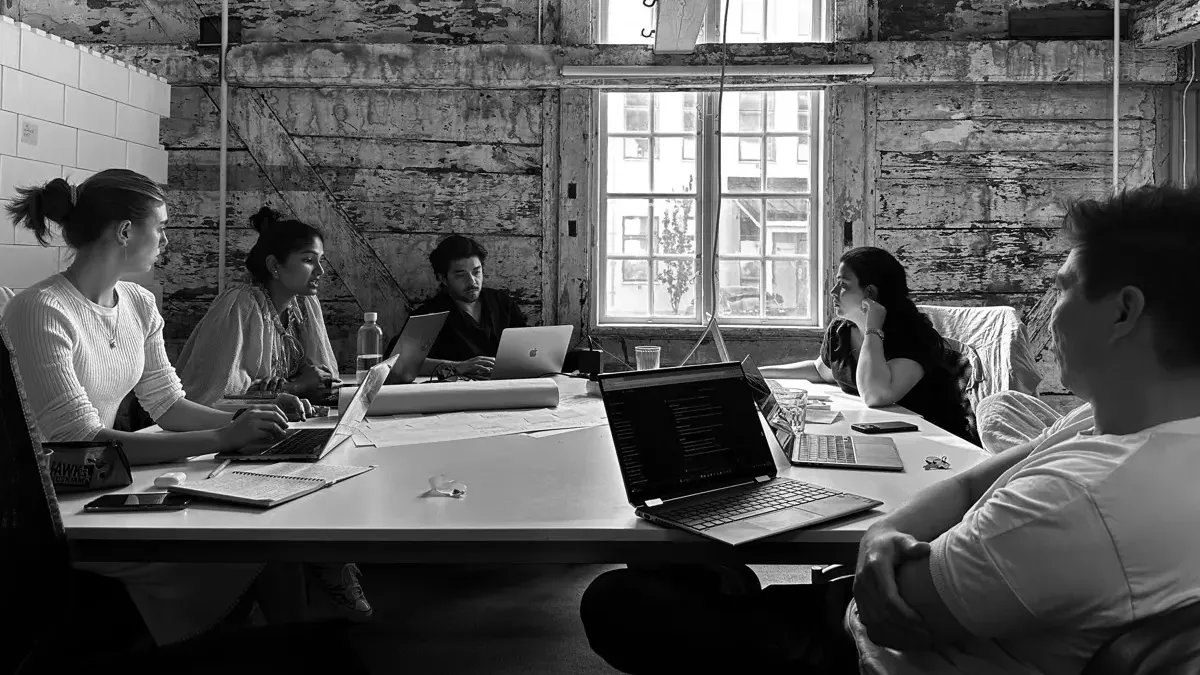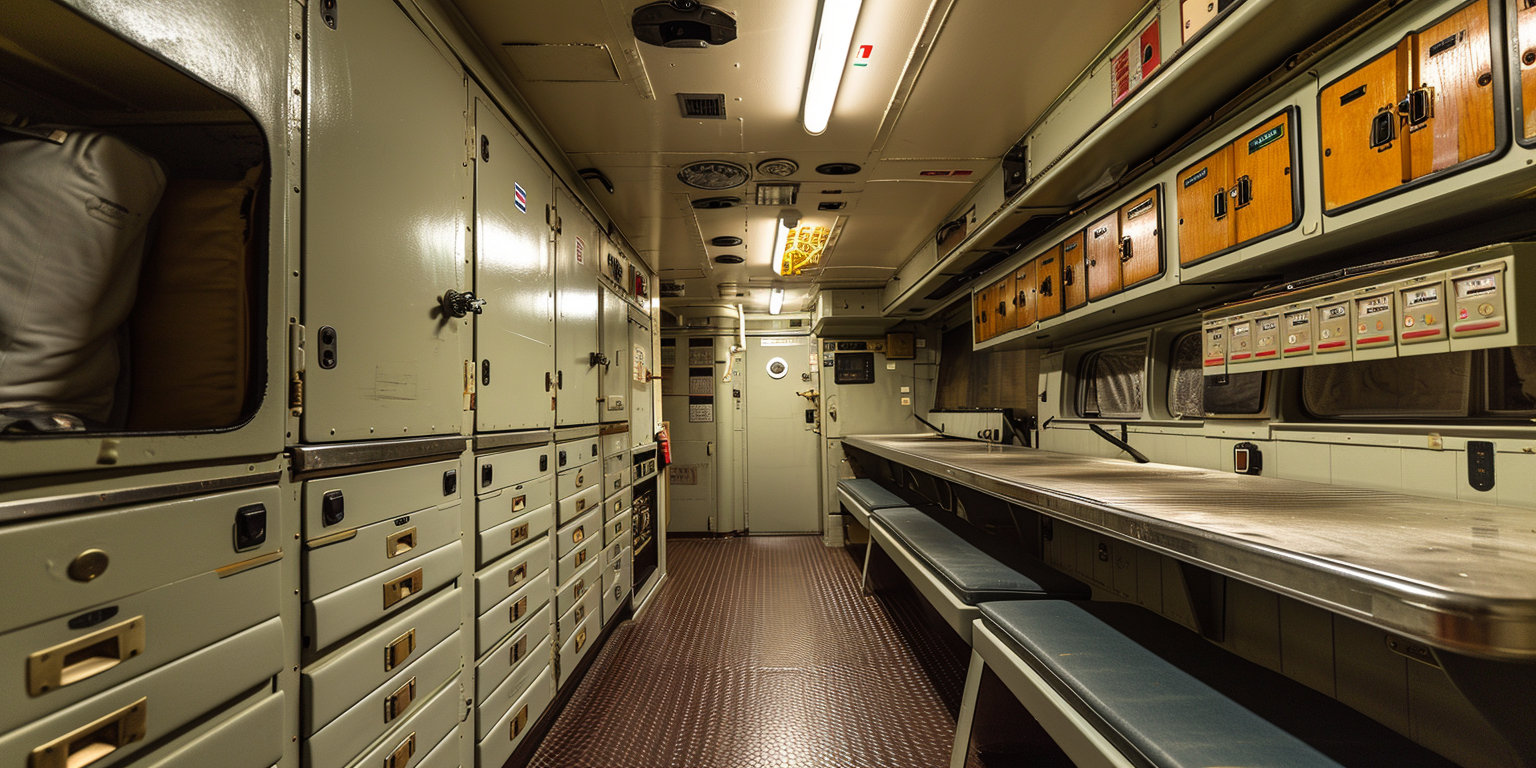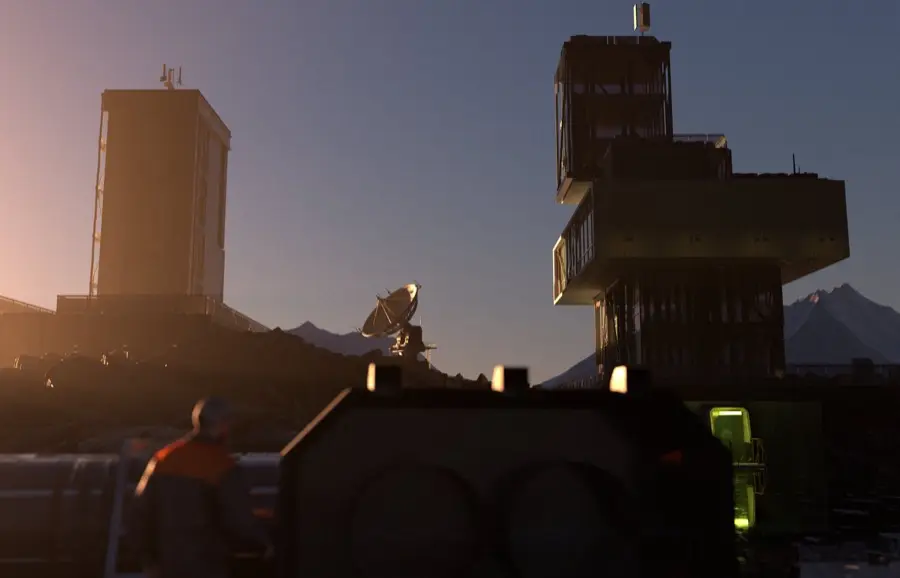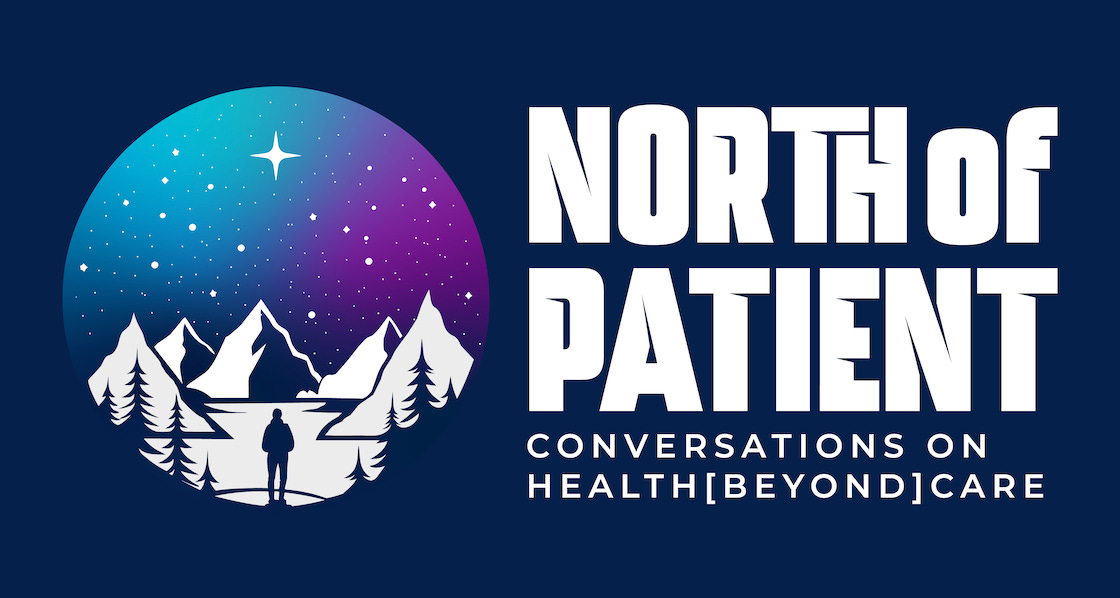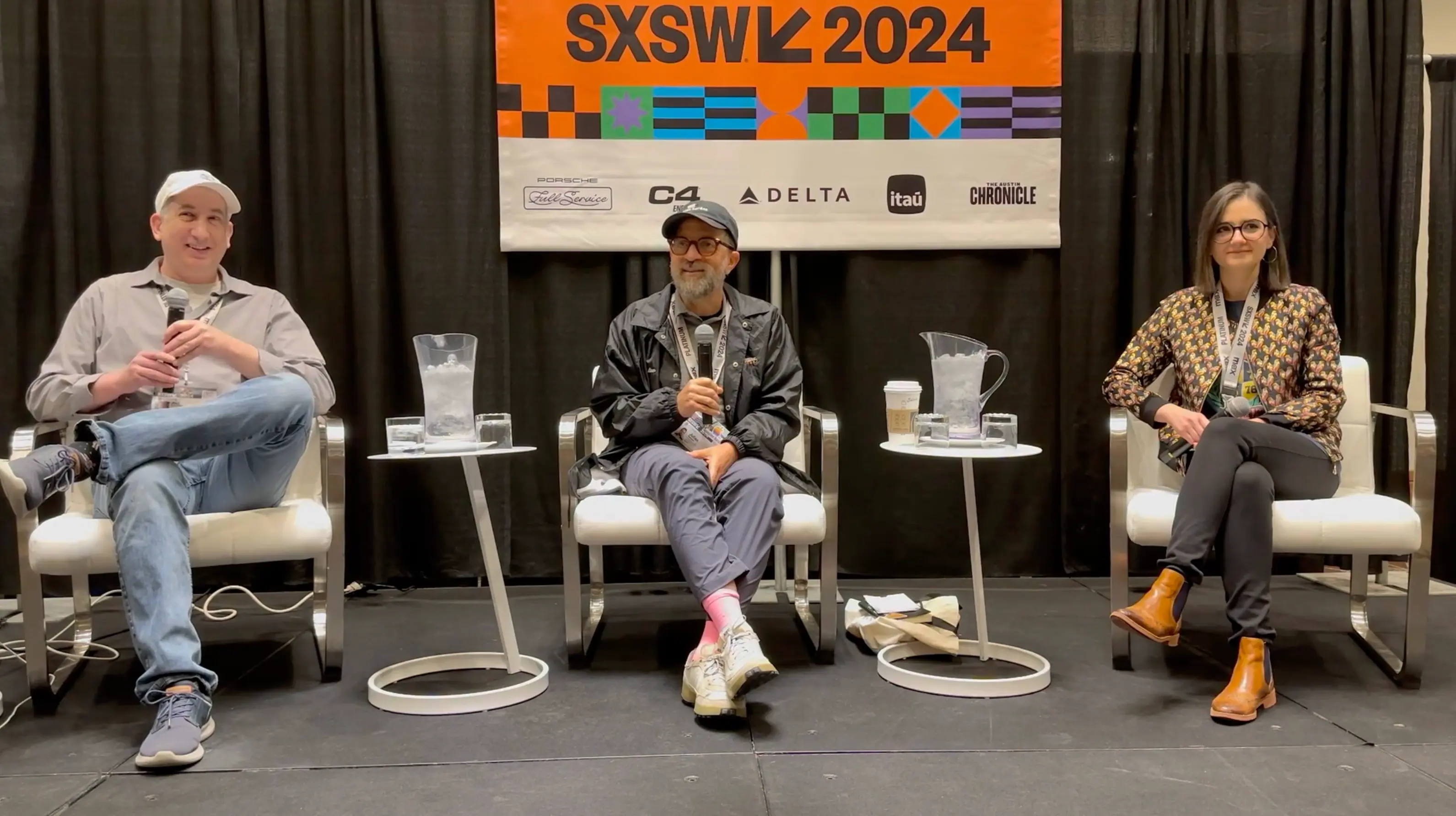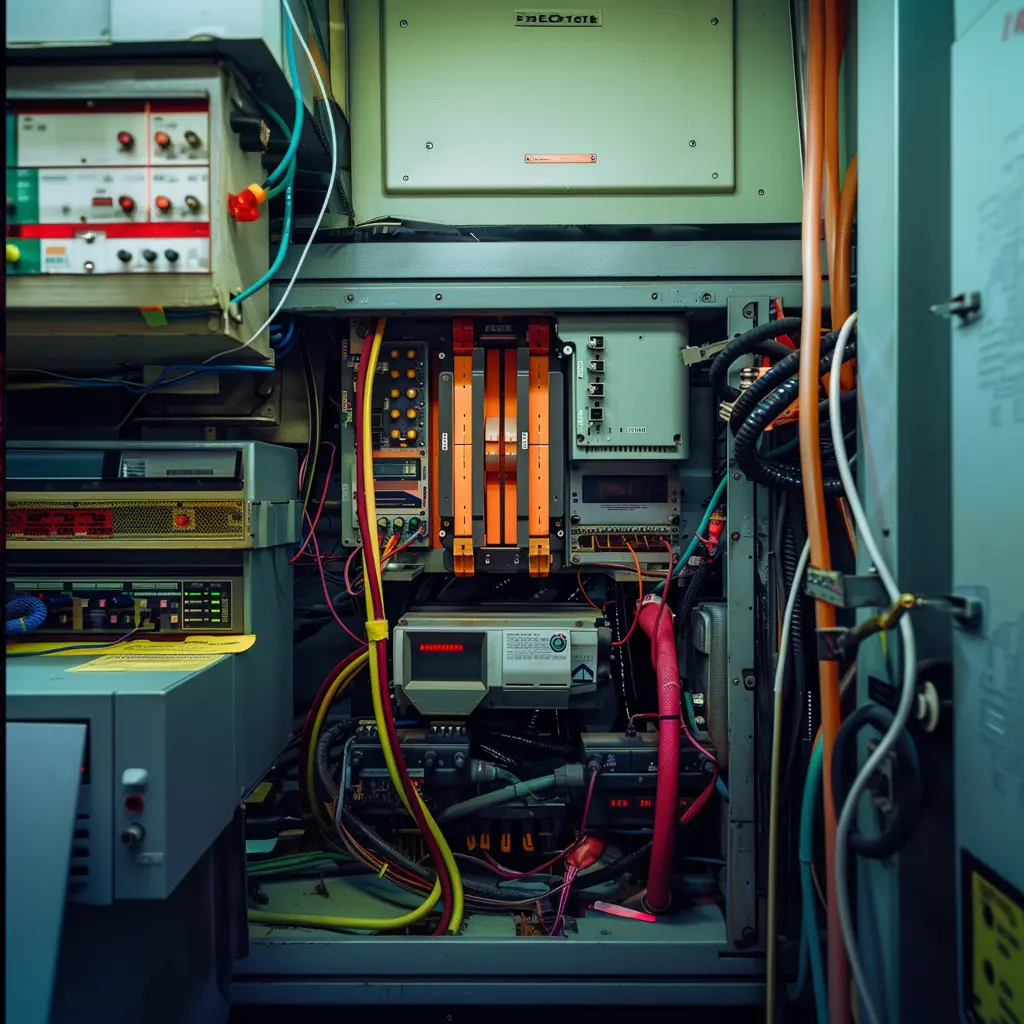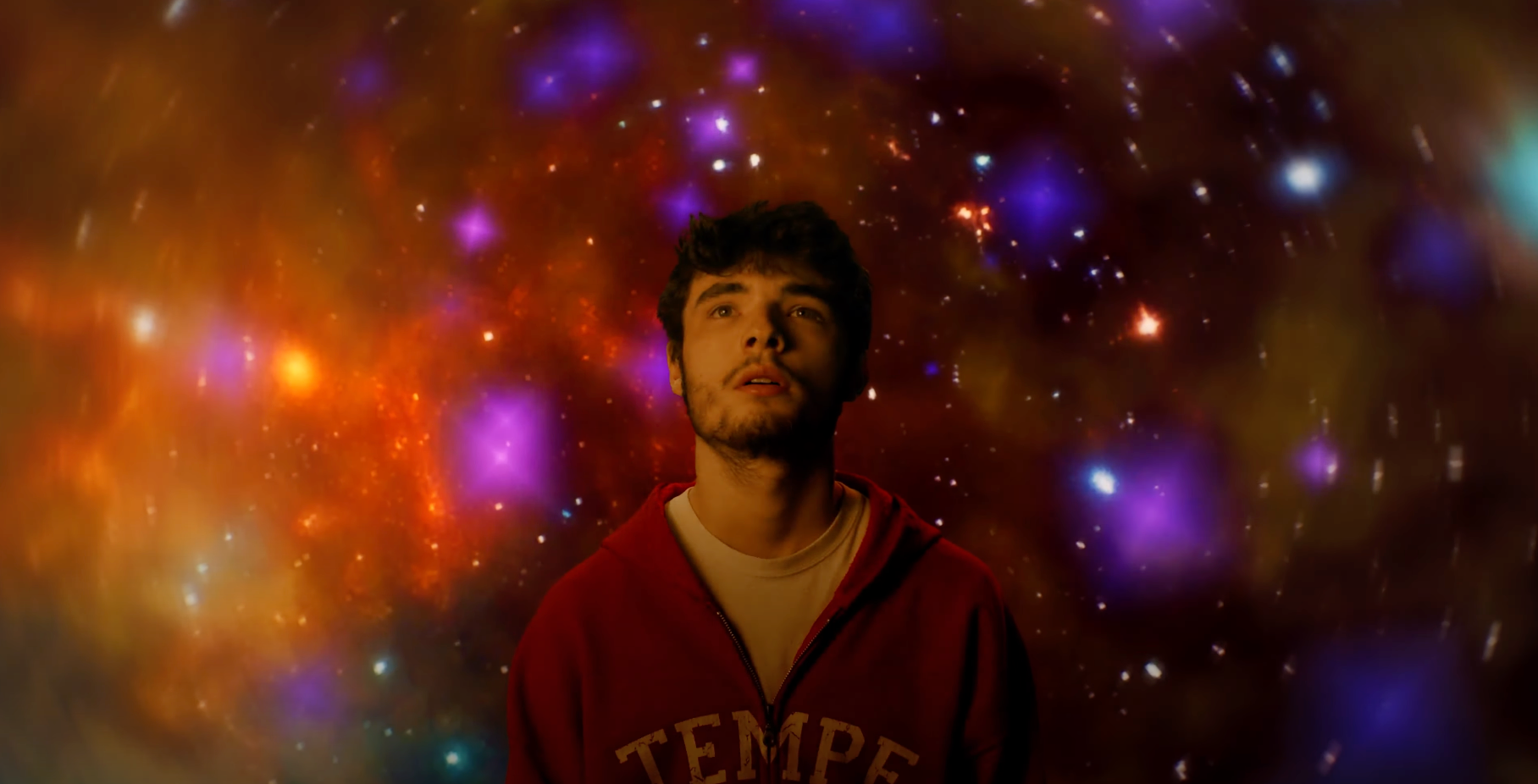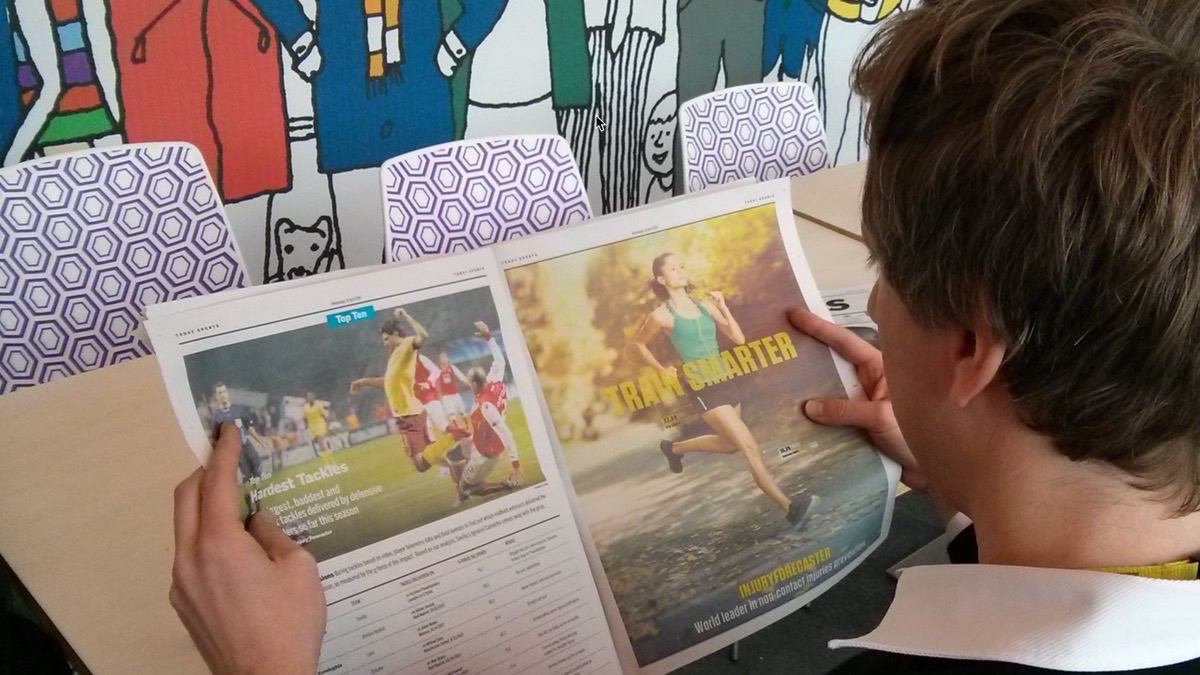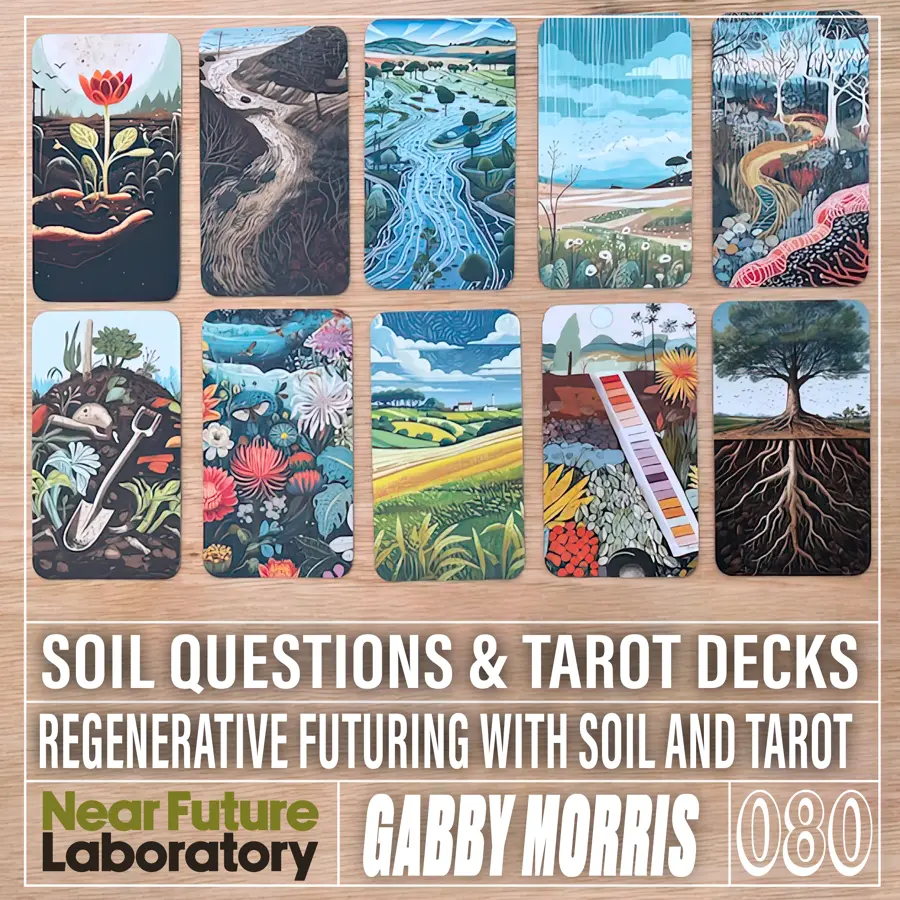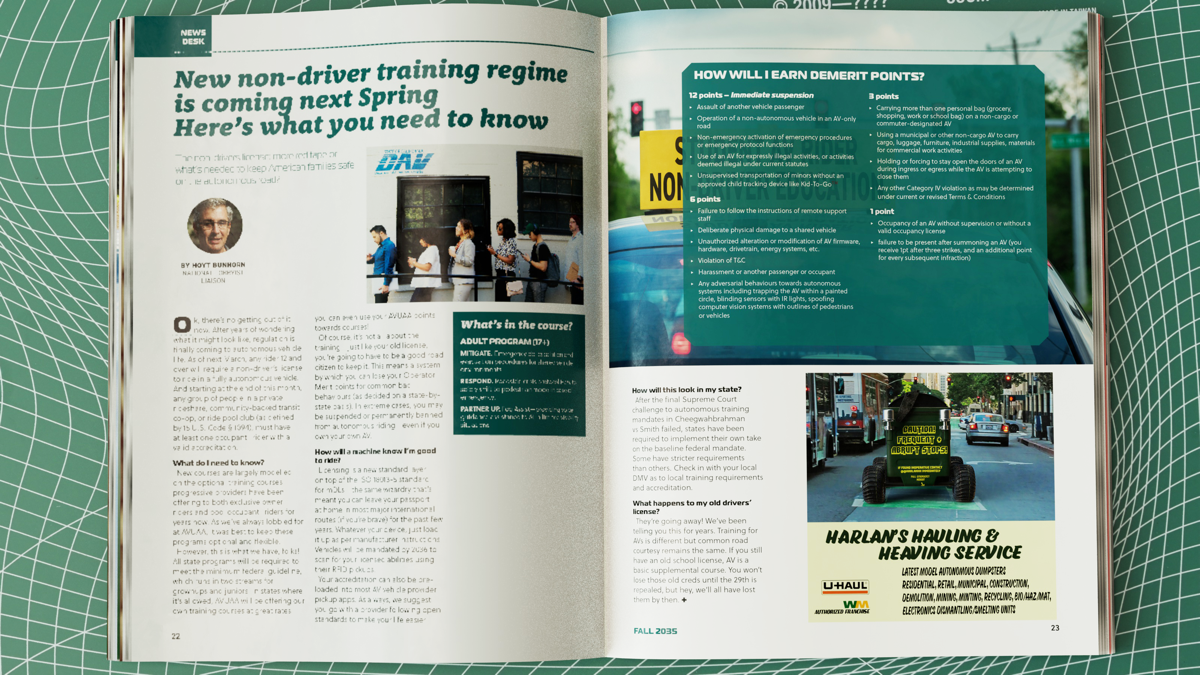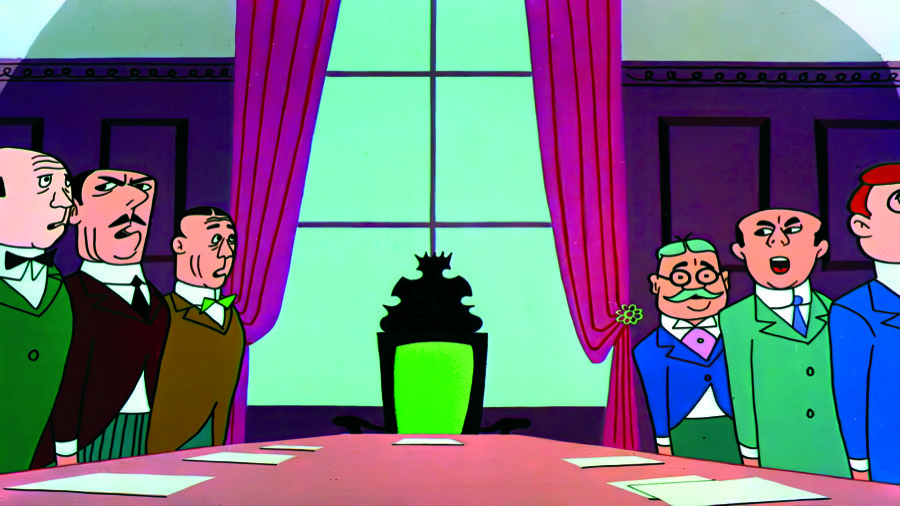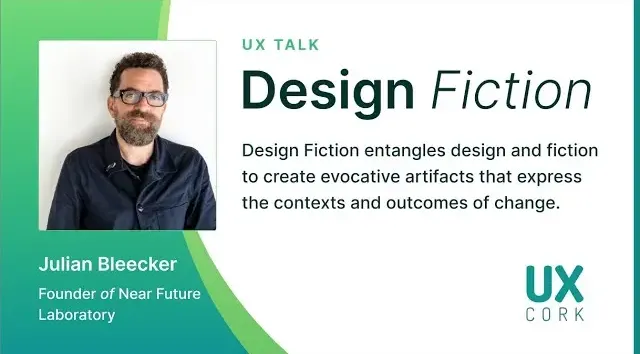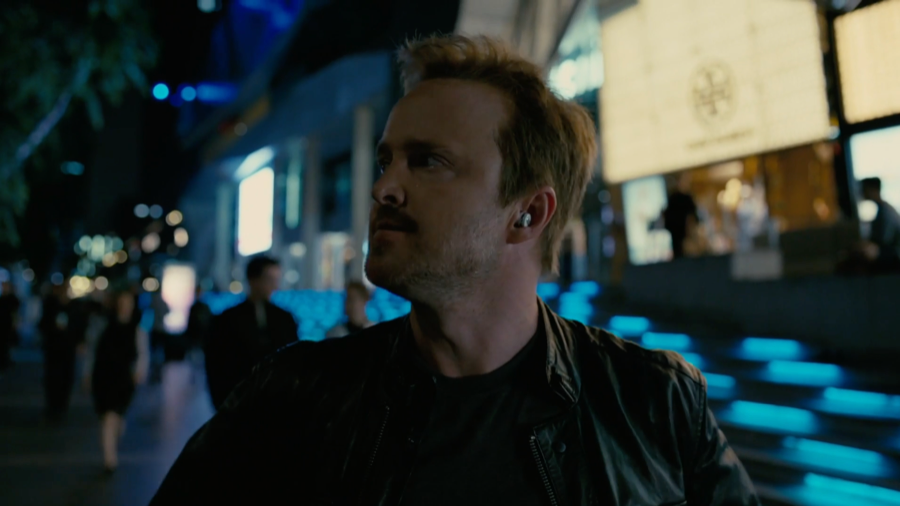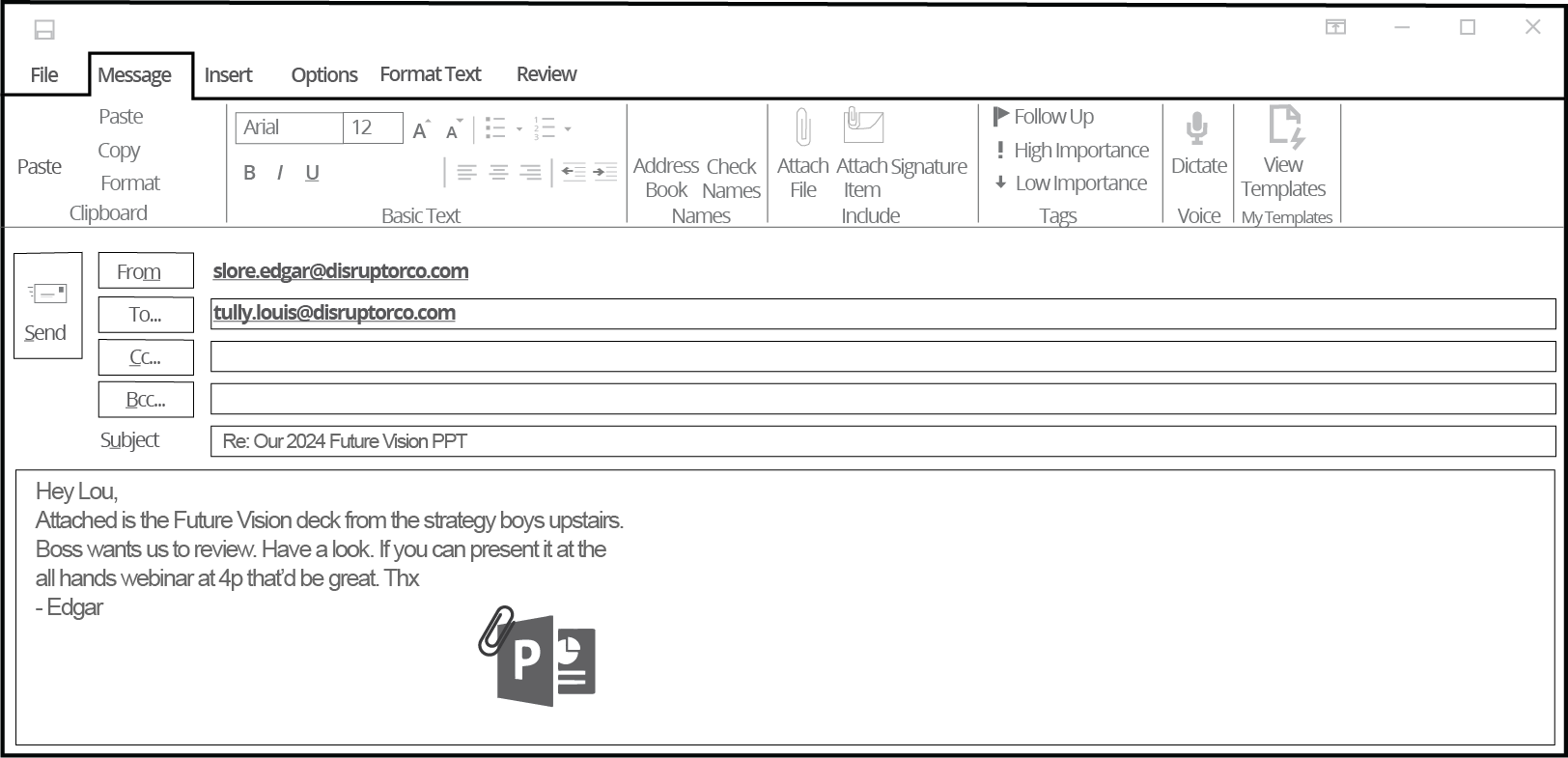Near Future Laboratory Blog
Thoughts, Reflections, Updates & Week Notes
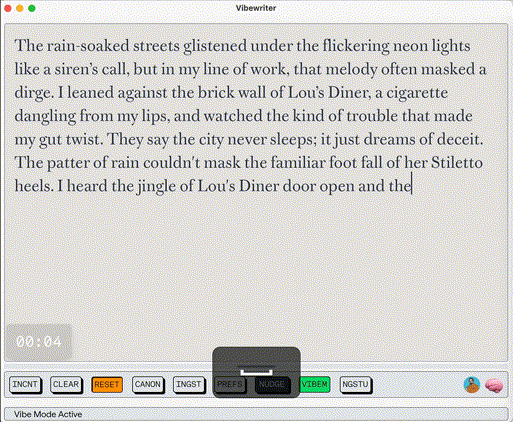
Vibewriter
May 20, 2025
Stop using ChatGPT. I made a better tool for writers. It's speculative, and futuristic — but it's here now and it works!
It’s called Vibewriter.
It's like trading fours with your muse to get your writers brain 🧠 in flow.
It’s a functional software prototype that anticipates new modes of interaction, interface, and engagement with AI. It’s not just about asking questions and getting answers. It’s about creating a communal and collaborative interaction and engagement that is more like call and response, or a dance with your collaborative writing partner — which just happens to be AI 🤖.
It’s called Vibewriter.
It's like trading fours with your muse to get your writers brain 🧠 in flow.
It’s a functional software prototype that anticipates new modes of interaction, interface, and engagement with AI. It’s not just about asking questions and getting answers. It’s about creating a communal and collaborative interaction and engagement that is more like call and response, or a dance with your collaborative writing partner — which just happens to be AI 🤖.
AIsoftwarewritingdesign fictionspeculative designfuturesvibewriterprototypeprototypingspeculative softwarefunctional sofwarefutures designfutures design consultancyfutures design practicefutures design researchfutures design research practicefutures design research consultancy
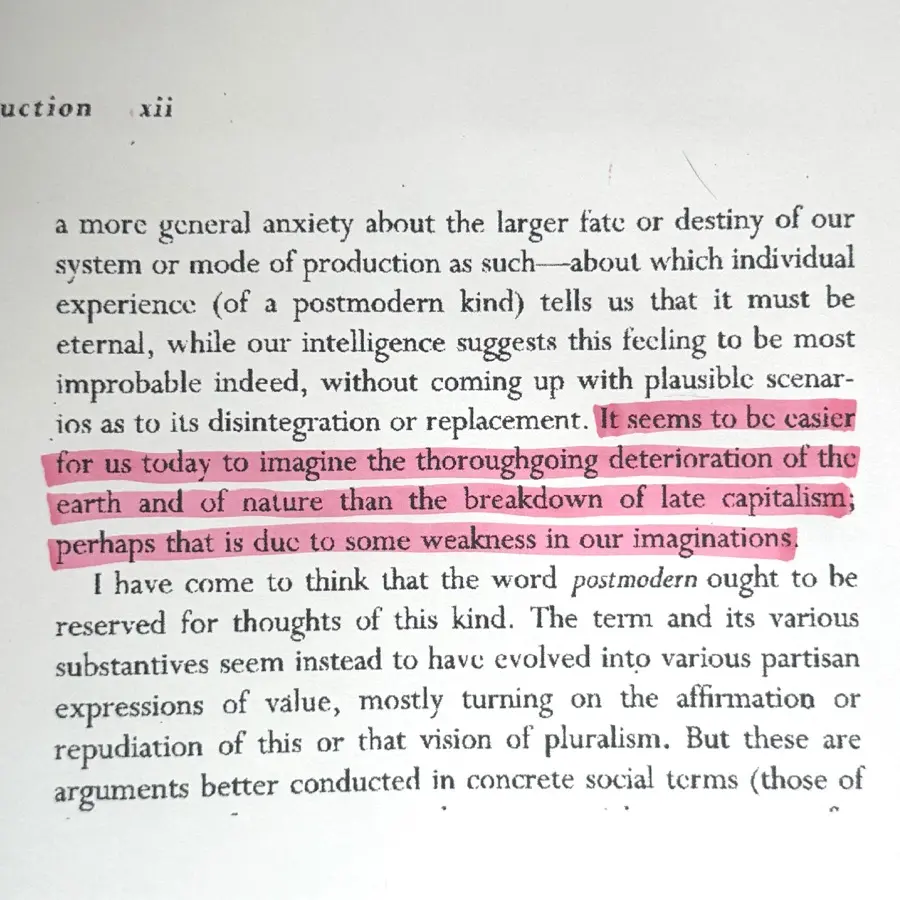
May 16, 2025
The artist who plays with the future, for whom the future is a medium and material, and casts a dark pall over what could be, is playing into the hands of the very forces that are at work to make the world a less habitable place. It is antagonistic. It is like taking the bait of the bully who is trying to pick a fight because they only know how to fight.
The trouble with staying with the trouble when the future is in trouble is that those responsible or who can possibly take responsibility for imagining a more habitable future are doing less of it or, even worse, are imagining a future that is antagonistic to the very forces that...
The trouble with staying with the trouble when the future is in trouble is that those responsible or who can possibly take responsibility for imagining a more habitable future are doing less of it or, even worse, are imagining a future that is antagonistic to the very forces that...
futuredesign fictionartresponsibilityimaginationdystopiautopiafuture visionsnear futuredesign fiction artifactsstaying with the troubleDonna HarawayFrederic JamesonMark Fisher
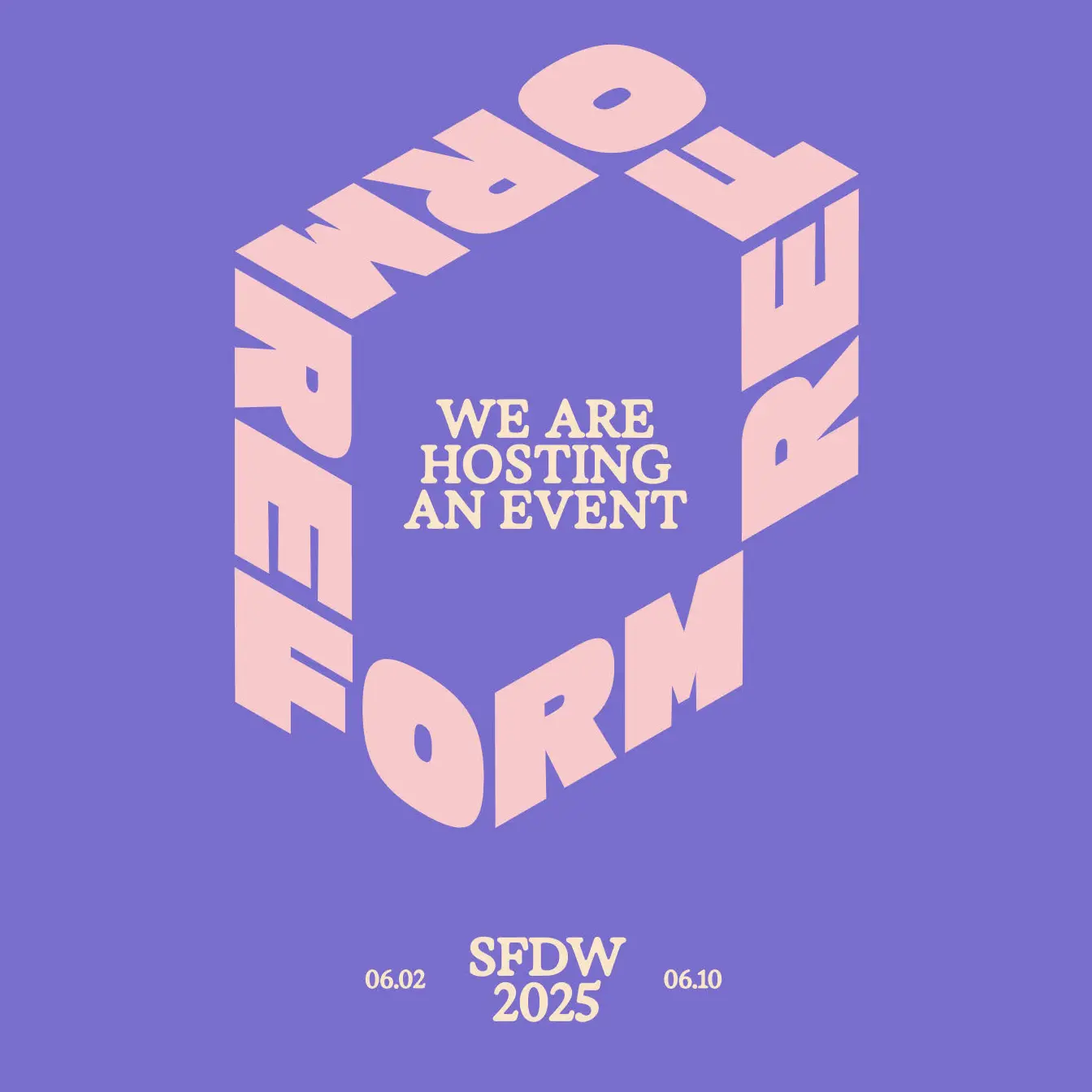
May 15, 2025
We are in the midst of a longevity revolution. This isn’t just about longer lifespans; it’s about living those years more fully. The number of people over 80 globally is projected to triple between 2020 and 2050. As this population expands, so does the diversity of their preferences, interests, passions, and ambitions. They are not a monolithic group defined solely by age, but a vibrant tapestry of individuals.
A workshop at SF Design Week 2025 in collaboration with my good friends at AGE OF_.
A workshop at SF Design Week 2025 in collaboration with my good friends at AGE OF_.
workshopdesign fictionagingfutures workshopdesign weekevent
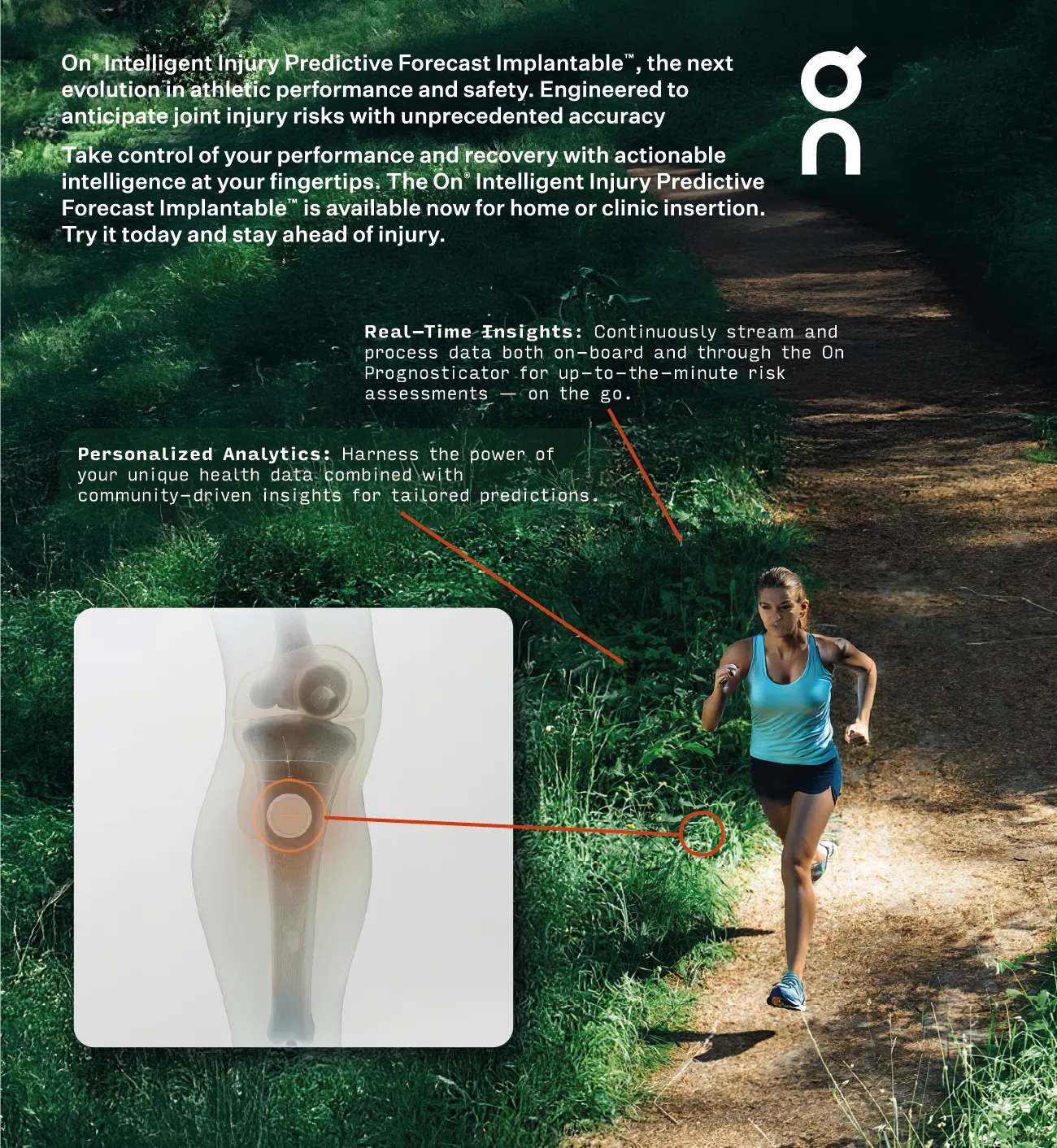
May 13, 2025
Yesterday was the first session of General Seminar Season 06, Episode 05. Good fun. Great group. We made some artifacts from an agentic future, and I put some up in the Dispatches from the Near Future section of the site, including this one, Faraday's Cage: A Bar and Grill and Dré's Agentic & Digital Twin Decommissioning Service Kiosk
Imagining into the future through generative artifacts and design fiction is a way to explore the implications of agentic AI and digital twins in our lives. The value of doing this kind of work is to venture into these new and unfamiliar territories with a sense of both playfulness and practicality. The actions and activities can lead to new insights, prototypes,...
Imagining into the future through generative artifacts and design fiction is a way to explore the implications of agentic AI and digital twins in our lives. The value of doing this kind of work is to venture into these new and unfamiliar territories with a sense of both playfulness and practicality. The actions and activities can lead to new insights, prototypes,...
agentsagenticdiegetic prototypesfuturedesign fictionspeculative designgeneral seminarartifacts
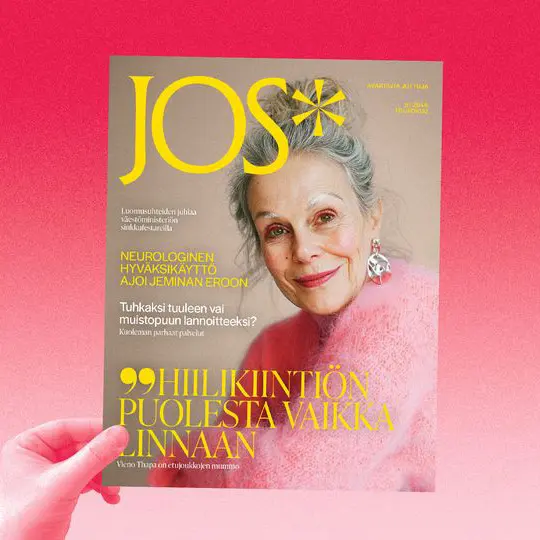
May 10, 2025
We use diegetic prototypes as a kind of production design from the future. These are like objects that have fallen into our laps that implications of possibility — whether from the future, some adjacent now, or some other timeline. They could even be thought of as things that are contemporary, but from a different perspective, culture, or context. They are not predictions, but rather invitations to think about the future in a different way.
diegetic prototypedesign fictionmagazine from the future
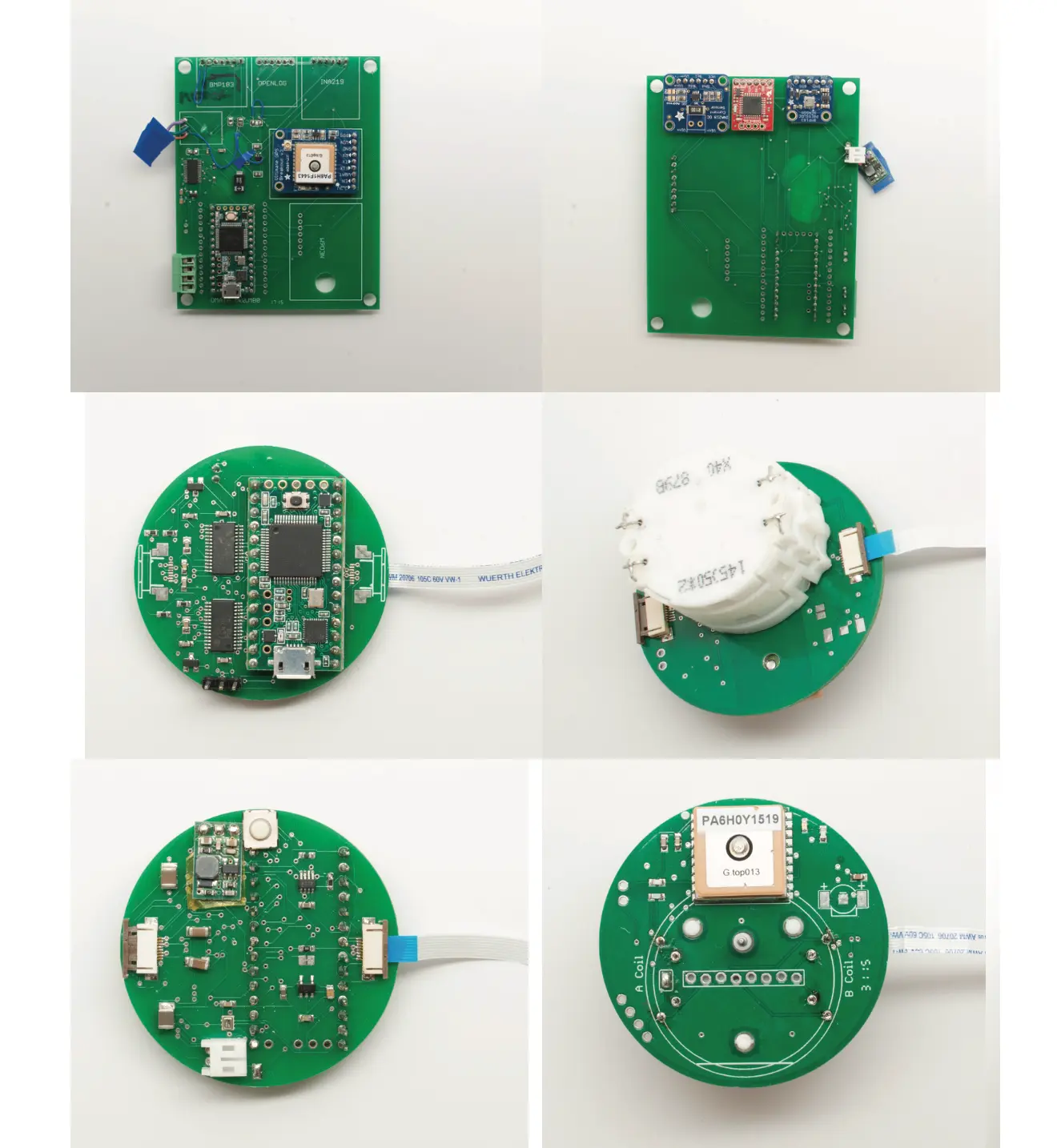
May 06, 2025
The OMATA One is an exemplar of a hybrid mode of futuring — one that moves quickly from speculation to making to commercial product. It started with a simple idea: to create a cycling computer that was easy to use, accurate, and beautiful. I wanted to feel what it was like to create a product that effervesced the analog-mechanical feel of what it is to ride a bicycle, but did not require a smartphone, nor was over-indexed on the visual semantics of the already overclocked digital world.
prototypingdesignimaginationmakingfuturesdesign fictionproduct design
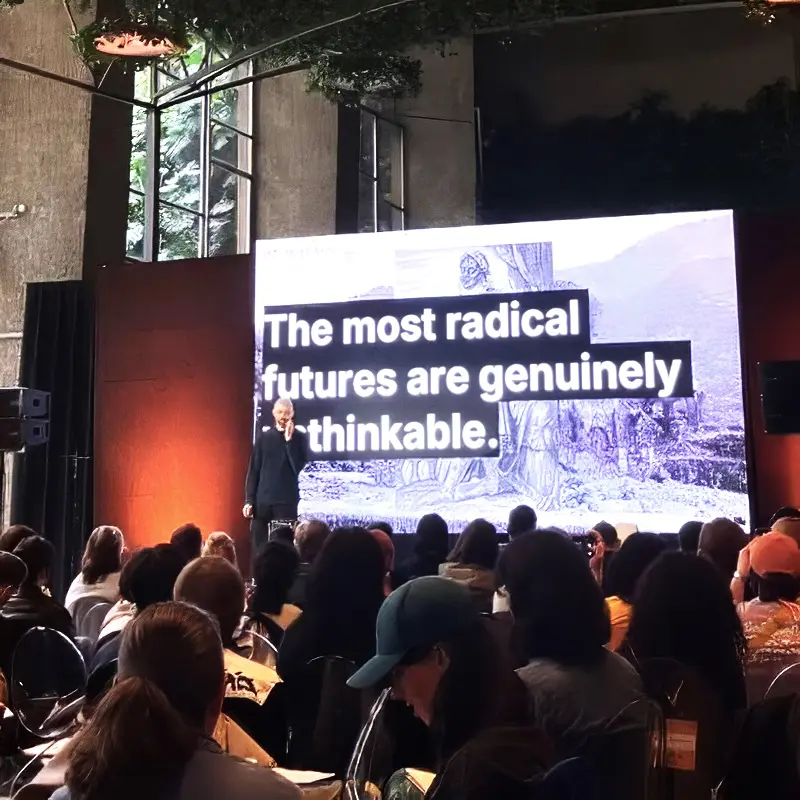
May 05, 2025
TL;DR:
Less yammering. More hammering.
If there’s one thing getting in the way of Imagining better futures, it’s not capitalism or collapse — it’s us. The self-proclaimed futurists. The critics of self-proclaimed futurists. The endless theorizing, posturing, and purity tests.
Let’s collaborate more. Make more. Imagine harder.
The hustle may stink, but most of us are in this because we sense something worth doing — something that might help. If it gets even one person to see “the future” differently and helps pay rent? That’s a win.
Thanks to @Silvio Lorusso for sparking this.
Less yammering. More hammering.
If there’s one thing getting in the way of Imagining better futures, it’s not capitalism or collapse — it’s us. The self-proclaimed futurists. The critics of self-proclaimed futurists. The endless theorizing, posturing, and purity tests.
Let’s collaborate more. Make more. Imagine harder.
The hustle may stink, but most of us are in this because we sense something worth doing — something that might help. If it gets even one person to see “the future” differently and helps pay rent? That’s a win.
Thanks to @Silvio Lorusso for sparking this.
futuresdesignimaginationcollaborationless yammering more hammering
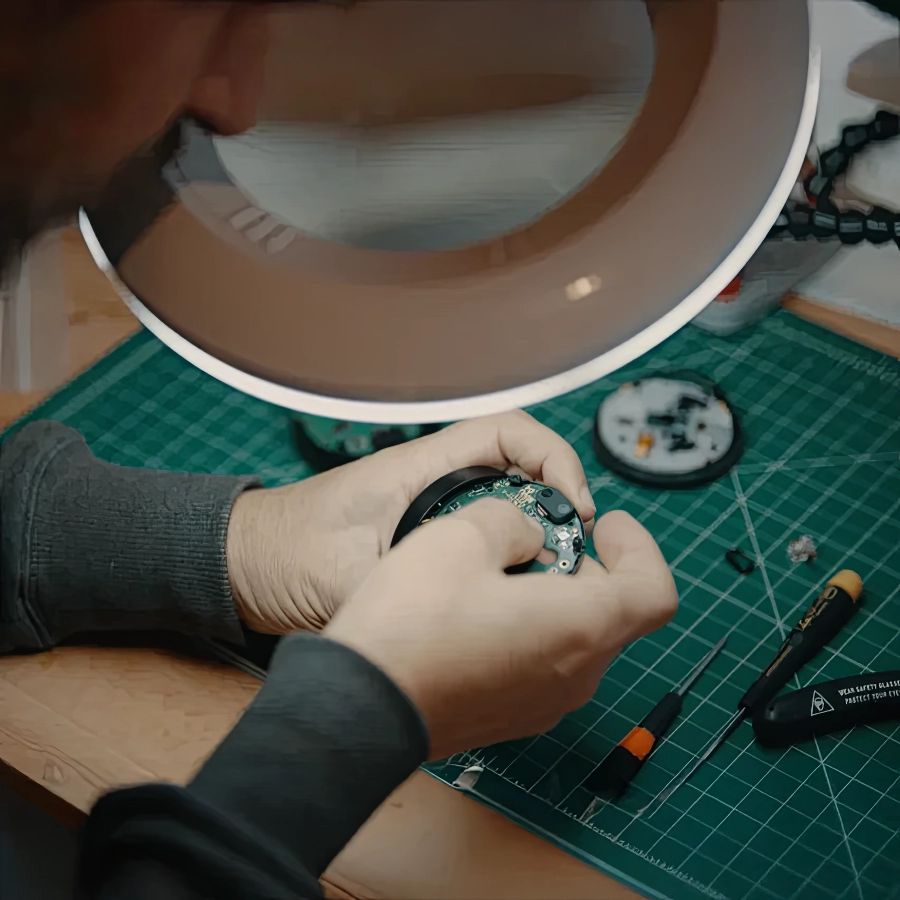
May 05, 2025
Strategy isn’t a plan. It’s a provocation. A story about a future you’re willing to bet on. It’s not prediction. It’s preparation. Slide decks don’t move people. Artifacts do. Prototypes do. Narratives that you can see, touch, and test do.
When I try to make sense of an idea I have, one that is liminal and something I felt more than I could articulate, I make a prototype, a piece of software that feels plausible, that functions, yet is mostly here to give some structure to an thought, a feeling, an instinct.
I make a prototype to help me think, to help me see into an idea, to help me make sense.
When I try to make sense of an idea I have, one that is liminal and something I felt more than I could articulate, I make a prototype, a piece of software that feels plausible, that functions, yet is mostly here to give some structure to an thought, a feeling, an instinct.
I make a prototype to help me think, to help me see into an idea, to help me make sense.
strategydesignprototypingimagination
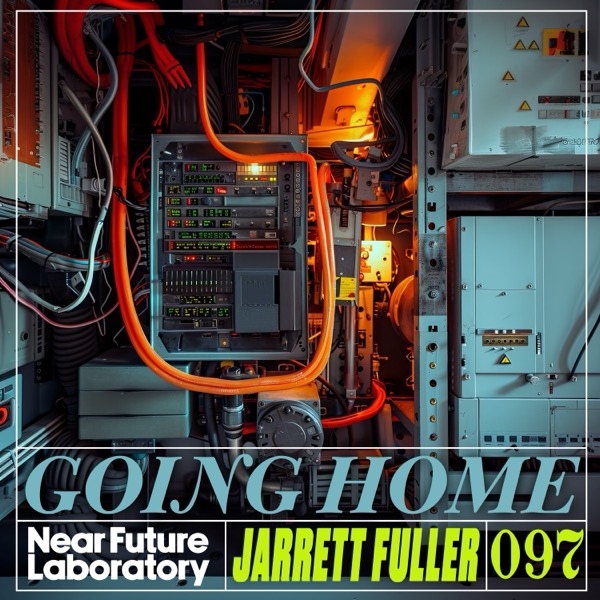
May 04, 2025
We often think of strategy as something cold, analytical, spreadsheet-driven. But more and more, I’m convinced that strategy is fundamentally a form of fiction—a way of telling a story about the future, then organizing people and resources to make that story real.
It’s not just about goals or roadmaps or five-year plans. It’s about imagination.
Strategy asks: What kind of world are we trying to bring into being? And perhaps more importantly: How do we evoke a sense of that place such that we can obtain alignment from our stakeholders, our community, our audience? How do we tell a rich, evocative story that our people can feel into a possible near future?
It’s not just about goals or roadmaps or five-year plans. It’s about imagination.
Strategy asks: What kind of world are we trying to bring into being? And perhaps more importantly: How do we evoke a sense of that place such that we can obtain alignment from our stakeholders, our community, our audience? How do we tell a rich, evocative story that our people can feel into a possible near future?
fictionstrategydesign fictionpodcastImagine Harderimagination
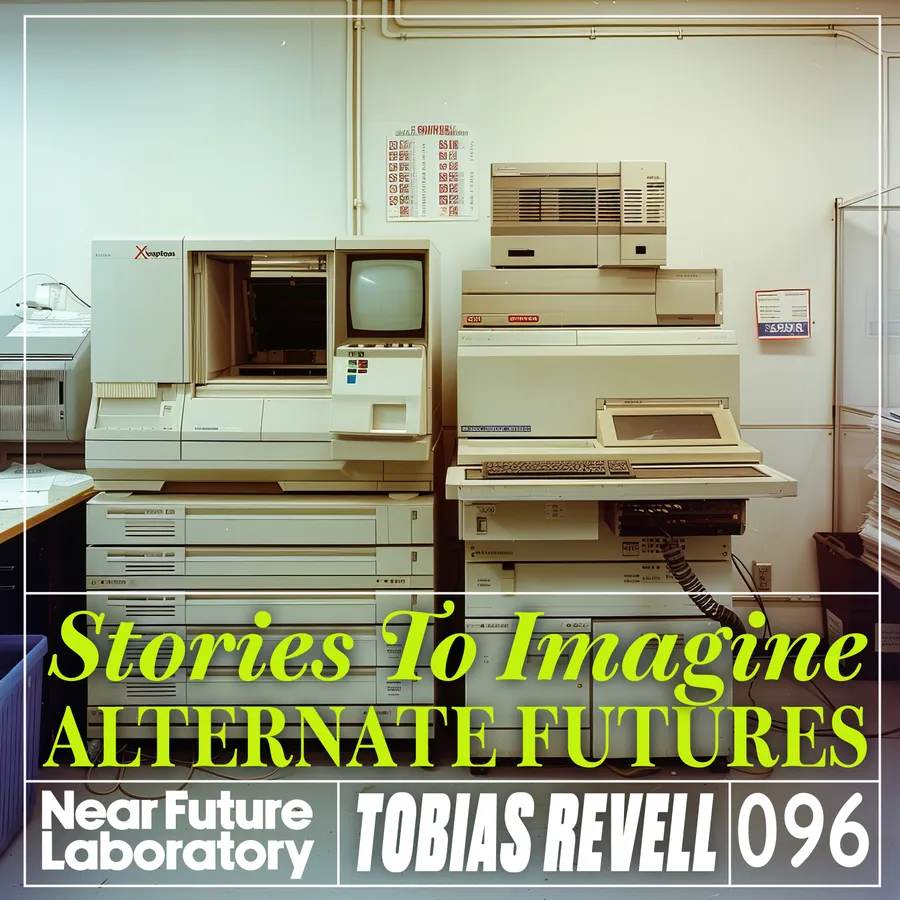
Apr 28, 2025
Tobias and I wrote an essay for Michael Shamiyeh's edited compilation of essays and stories for the book 'Practices of Future Casting'. We got together on the horn to discuss the book, the event surrounding the book's creation, speculative writing/thinking/creating as a form of strategic foresight, and how important it is to have the book close to hand before you go on talking about the book, and the essays therein.
speculative futuresstorytellingdesign fictionspeculative designspeculative fictionpodcast
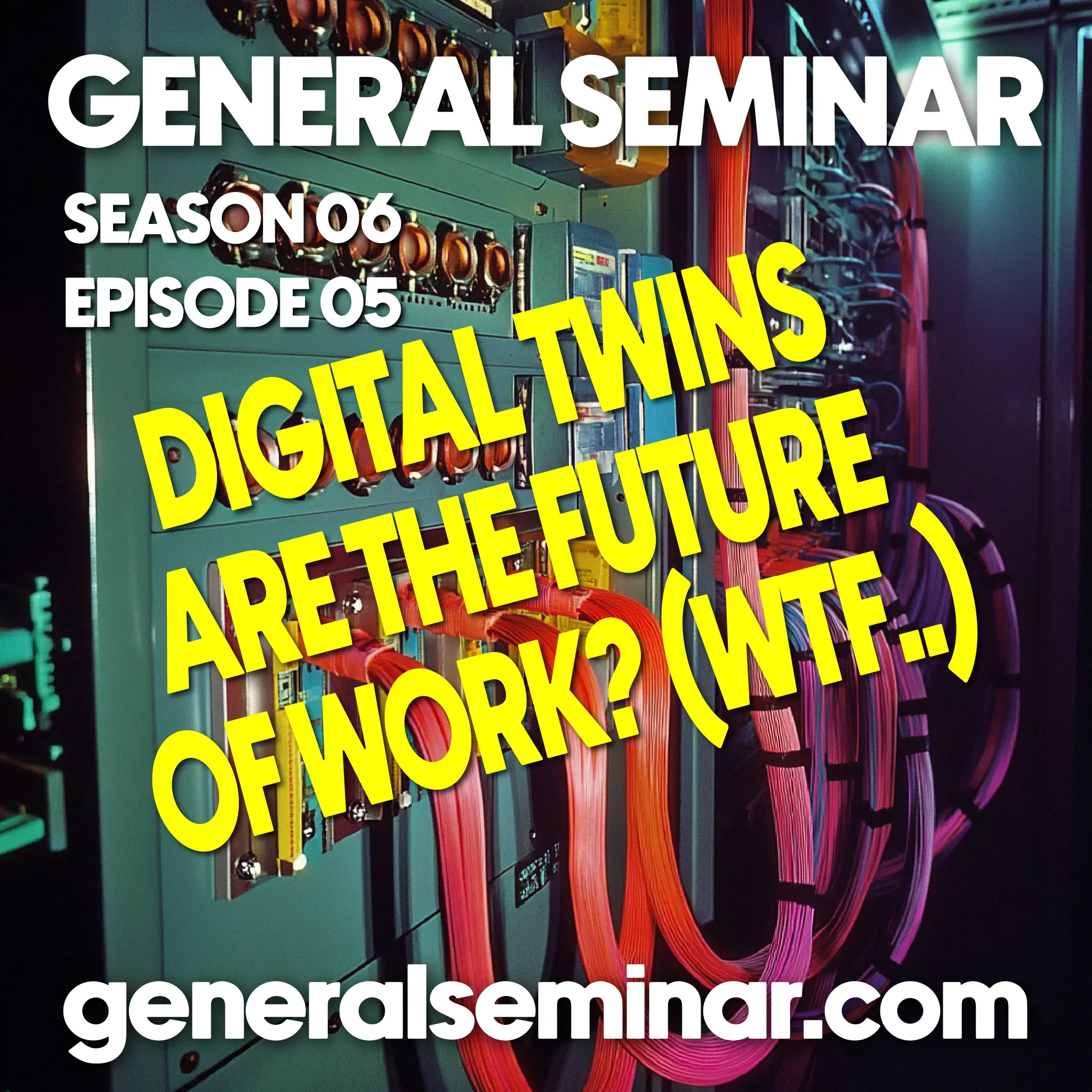
Apr 21, 2025
What if your career had a shadow version of you — always learning, always optimizing, always on?
Welcome to a world where Digital Twins aren’t just for jet engines and hospitals.
They’re becoming the proxy professionals of the AI era — a second self trained on your CV, your habits, your values.
They attend interviews. They negotiate gigs. They monitor your skills gaps and suggest micro-credentials. Maybe they even decide what you should be doing — and for whom.
Welcome to a world where Digital Twins aren’t just for jet engines and hospitals.
They’re becoming the proxy professionals of the AI era — a second self trained on your CV, your habits, your values.
They attend interviews. They negotiate gigs. They monitor your skills gaps and suggest micro-credentials. Maybe they even decide what you should be doing — and for whom.
digital twinsAIGeneral Seminarfutures of work
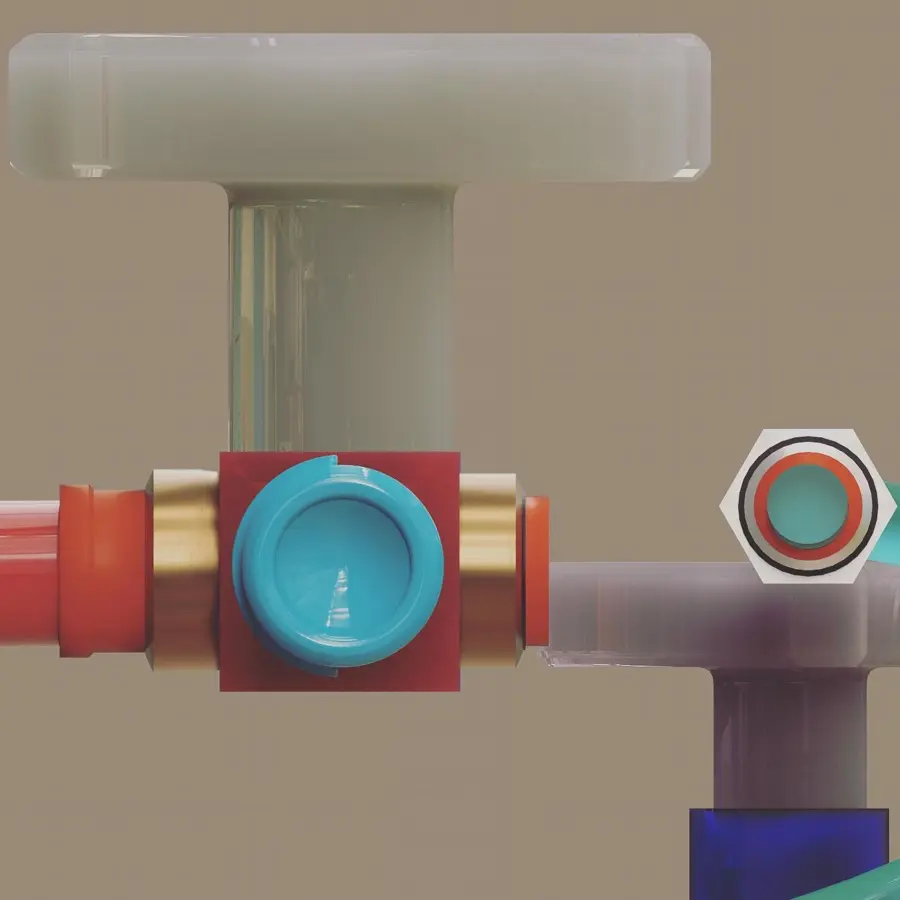
Apr 20, 2025
There is an evolving shift in strategic thinking. Things are moving away from rigid, top-down approaches and moving towards embracing what we might call “vivid institutional imaginaries” as the new foundation of business and innovation strategy. This shift is well-supported by research that suggests that strategy isn’t simply about predicting the future but actively constructing it through discourse and storytelling, cf Stackelberg & McDowell (2015) Hardy and Thomas (2012).
The use of tools like Design Fiction and speculative scenarios – as demonstrated by companies utilizing “future visions” internally (Michaud, 2023) – allows organizations to explore potential outcomes, test assumptions, and even shape public perception cf Gonzatto et al., 2013.
As...
imaginationscience fictioninstitutional science fiction
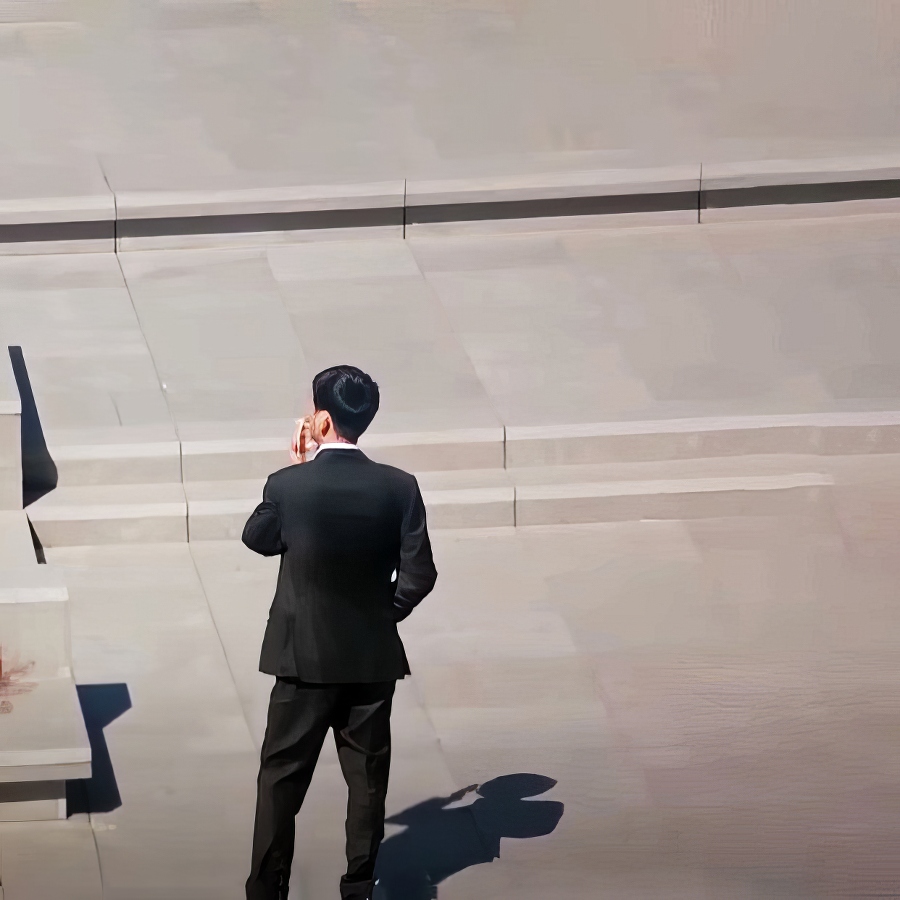
Apr 18, 2025
Thinking about AI as a tool to increase efficiencies and productivity is a losing strategy for any organization that wants to thrive in the long term. Imagining into a near future beyond the next 6-18 months requires thinking about AI as a non-human intelligence that is not a tool, but something as of yet little understood. Using speculative design and design fiction techniques it is possible to explore the unexpected and unanticipated opportunities that will transform what value creation even is.
AILearning & DevelopmentGeneral SeminarSpeculative DesignDesign Fiction
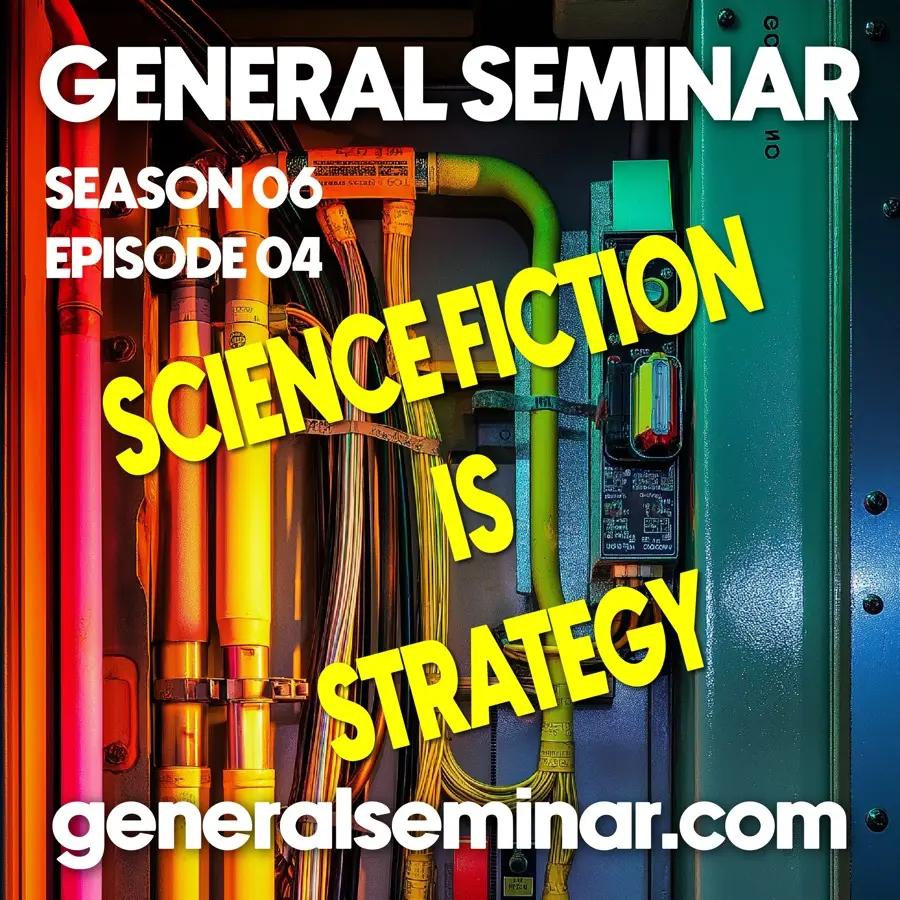
Apr 13, 2025
A salon-style discussion about the role of science fiction in shaping our future. Entrepreneurs are using science fiction as a strategy for decision-making and strategic thinking. What if we could use science fiction to create habitable worlds rather than agonizing over the other guys' futures?
science-fictiondesign fictionstrategygeneral seminarentrepreneurship
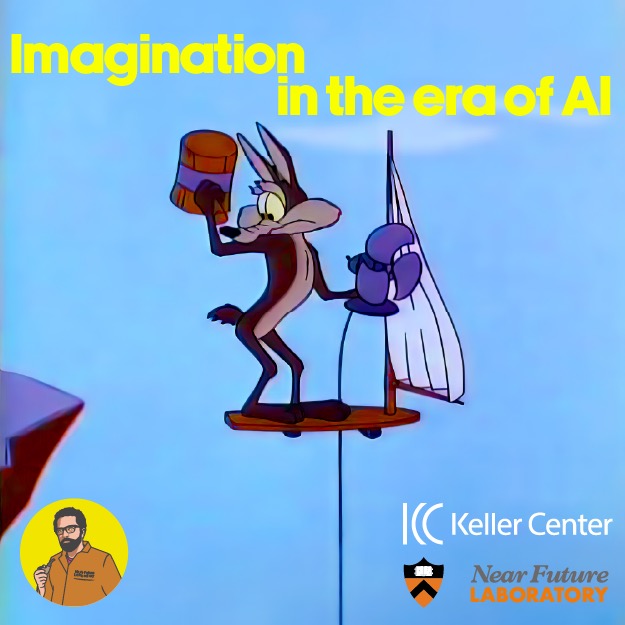
Apr 09, 2025
Next week I'll be giving a talk to students and faculty at Princeton University's Keller Center for Innovation in Engineering Education. The talk is titled “Imagination in the era of AI” in which I will be talking about the relationship of Imagination and Innovation, and how the two are always productively entangled in the work I do at Near Future Laboratory.
My hypothesis in this context is that the intersection of Imagination and Innovation is not only essential for navigating the complexities of a rapidly evolving technological landscape but also serves as a catalyst for transformative solutions that address pressing global challenges.
My hypothesis in this context is that the intersection of Imagination and Innovation is not only essential for navigating the complexities of a rapidly evolving technological landscape but also serves as a catalyst for transformative solutions that address pressing global challenges.
talkimaginationcreativitypedagogyinnovationdesigneducation

Mar 31, 2025
A talk at USC's Iovine and Young Academy for their Master of Science in Integrated Design, Business and Technology program at a Future of Work workshop hosted by Yihyun Lim.
I shared how I used design fiction and speculative design to find a more expansive canvas to describe my company OMATA to prospective investors.
I shared how I used design fiction and speculative design to find a more expansive canvas to describe my company OMATA to prospective investors.
workshopfuture of worktalkuscbusiness futuresinnovation futures
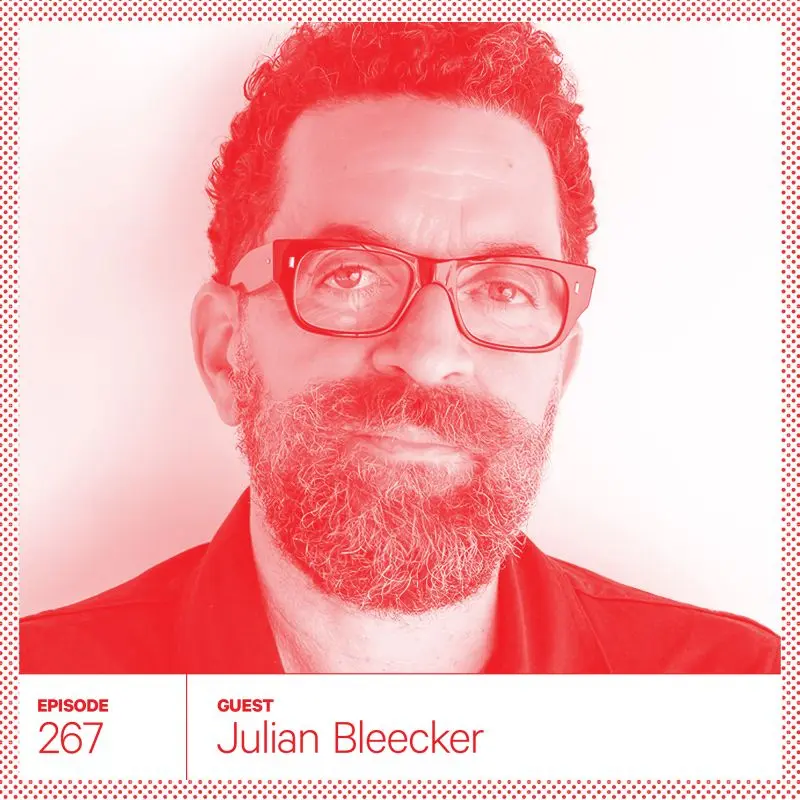
Mar 19, 2025
This discussion explores the concept of Design Fiction as a methodology for creating tangible and evocative prototypes of possible near futures to understand the consequences of decision-making. Julian Bleecker, who coined the term with Bruce Sterling, elaborates on his interdisciplinary approach combining engineering, design, and speculative storytelling. The conversation delves into the origins and practices of Design Fiction, its application in corporate settings, and its importance in nurturing imaginative thinking. Highlighting the value of imagination as a crucial skill, Bleecker emphasizes the need to encourage students and professionals alike to envision and create innovative futures through material culture, thereby making abstract futures concrete.
podcastdesign fictionimaginationfuturescreative practicepedagodgy
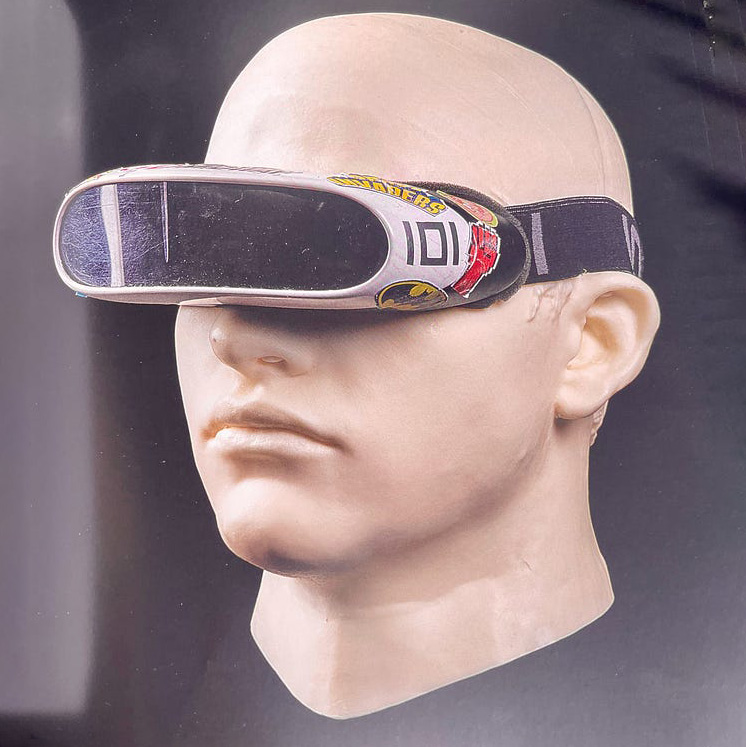
Mar 18, 2025
”Twenty years ago, here at South By Southwest, I was on a panel where the term “design fiction” was made public. Before Julian Bleecker invented and deployed that term, there were many things going on that resembled “design fiction.” But nobody knew “how to do design fiction.” The ideas and approaches were diffuse, they weren’t crystallised.” — Bruce Sterling
design fictionscience fiction
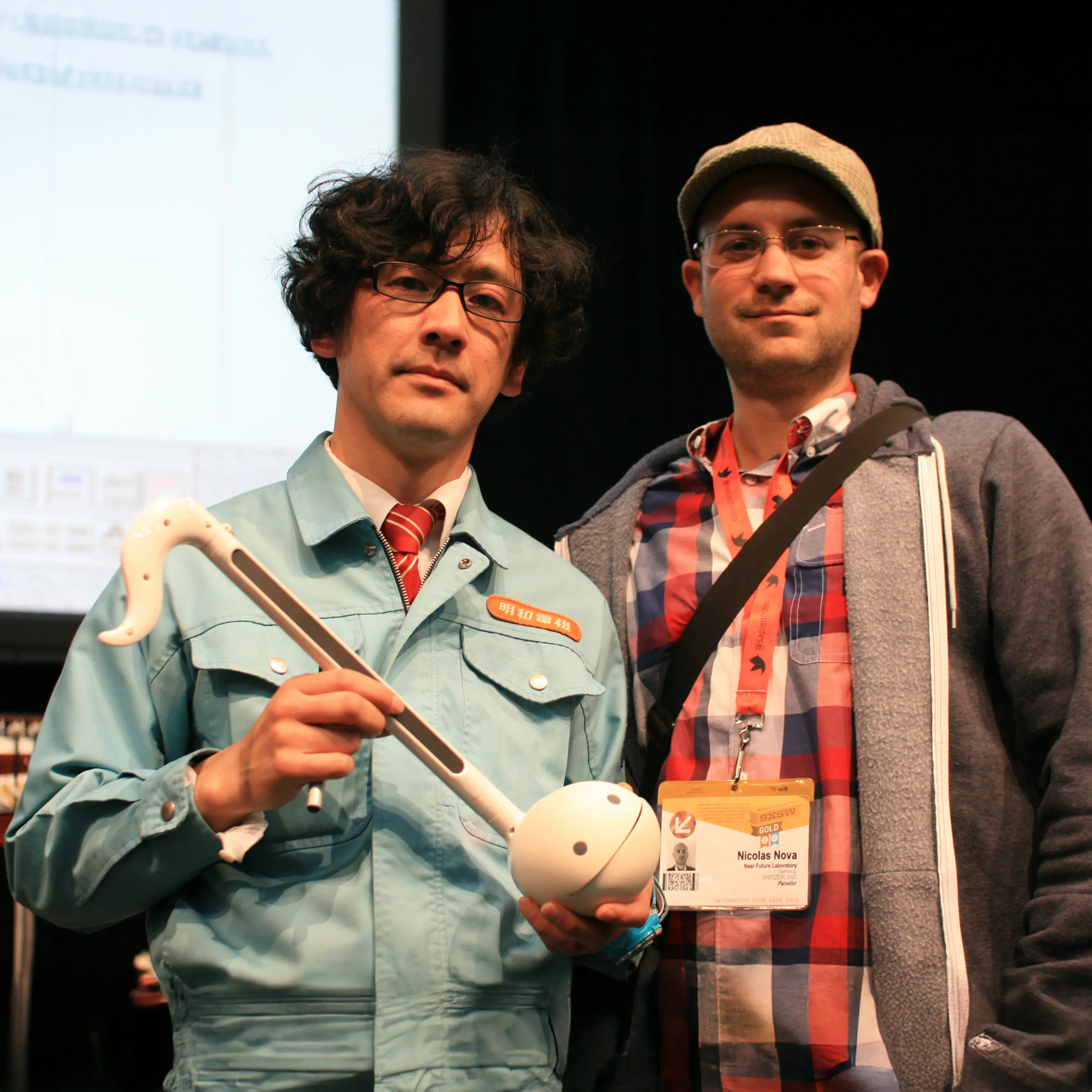
Mar 17, 2025
A photo of Nicolas Nova with Maywa Denki I took at SxSW 2012.
nicolas novasxswsxsw2012maywa denki
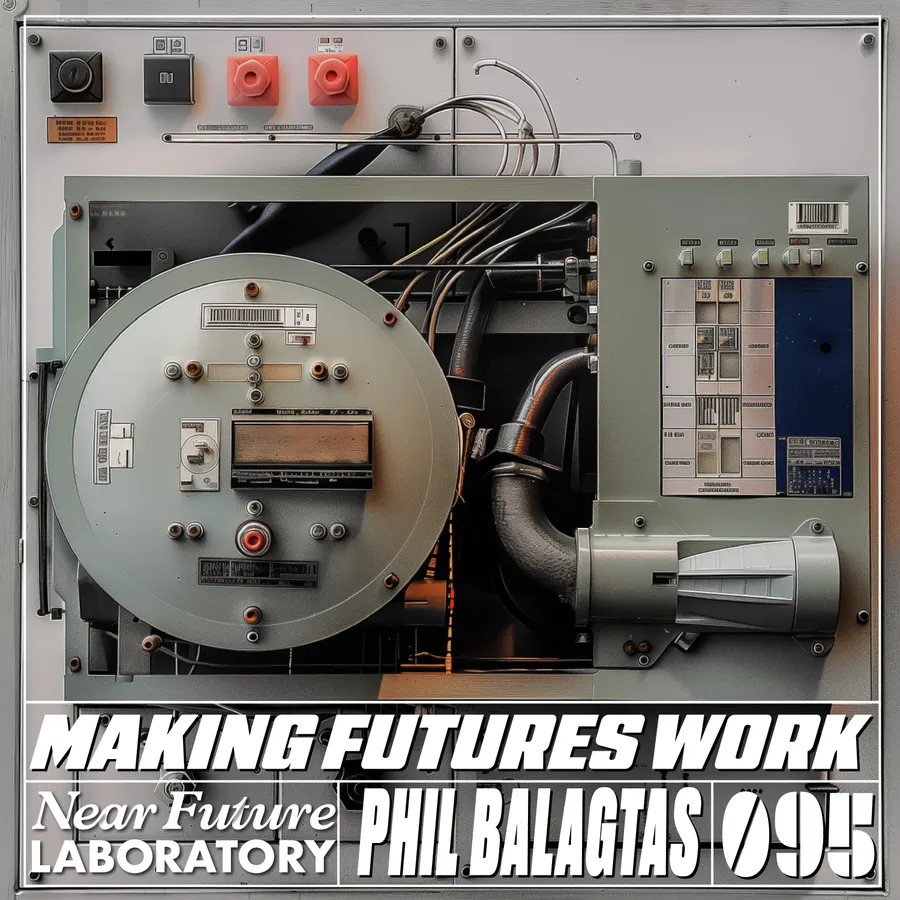
Mar 15, 2025
Episode 095 of the podcast is up! A coffee table conversation with futures guy, author, creative leader, and all-around good guy Phil Balagtas. We discuss his new book “Making Futures Work” and the challenges and triumphs of writing an all-encompassing book on futures practice, exploring the evolution of speculative design and the importance of imagination as a critical element in futures work.
podcastfuturesdesignwritingfutures studies
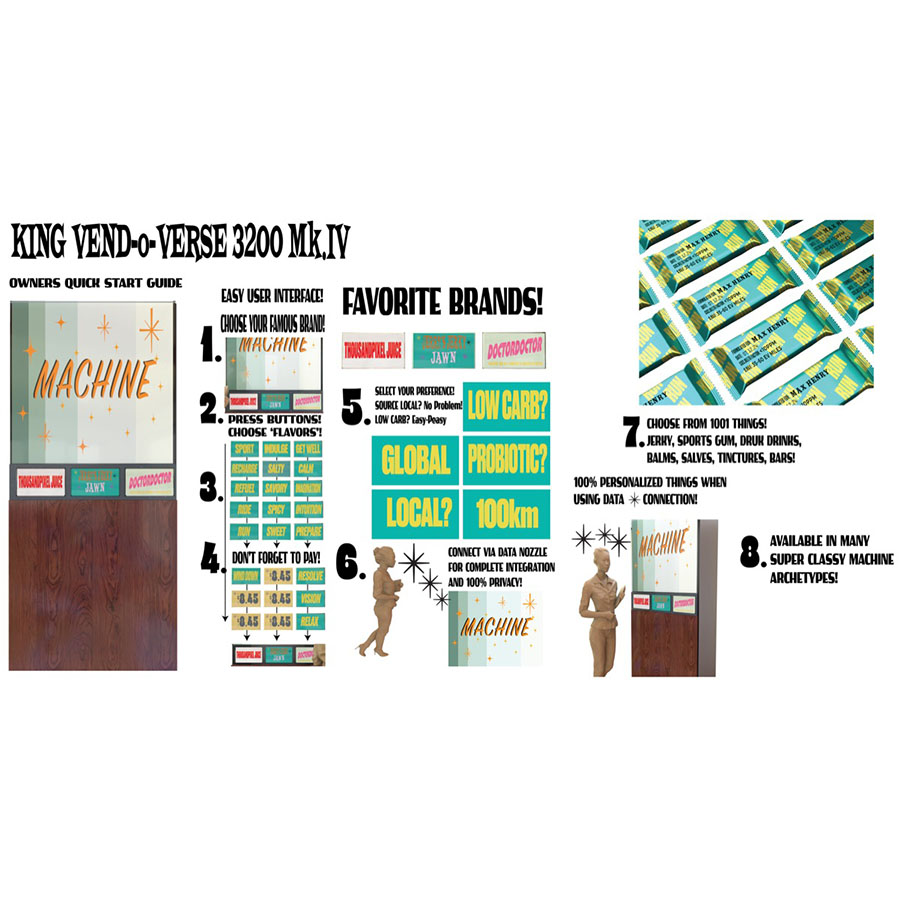
Jan 22, 2025
There are curious opportunities for using Design Fiction in branding and marketing contexts to help companies explore possible futures through speculative storytelling and prototype-driven narratives. Unlike traditional advertising, which focuses on present-day products, Design Fiction immerses audiences in “what if” scenarios that engage, challenge, and open up conversations. Brands leveraging this approach can disrupt industry norms, refine long-term strategies, and align with shifting consumer values. By embracing speculative storytelling, companies can reimagine their role in the world and position themselves as cultural pioneers.
design fictionbrandingmarketingsocial impactfuturecasting
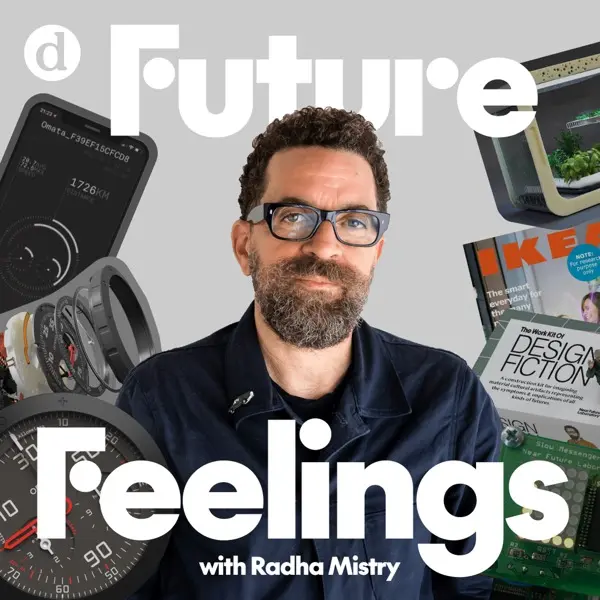
Jan 12, 2025
I recently had the pleasure of joining Radha Mistry on the Future Feelings podcast to discuss Imagination, world-building and designing more habitable futures. We explored the tensions between creativity and structure, and shared inspiring examples of imagination in action. A great discussion with Radha that I hope you'll enjoy.
creativitydesignfuturestechnologyculture
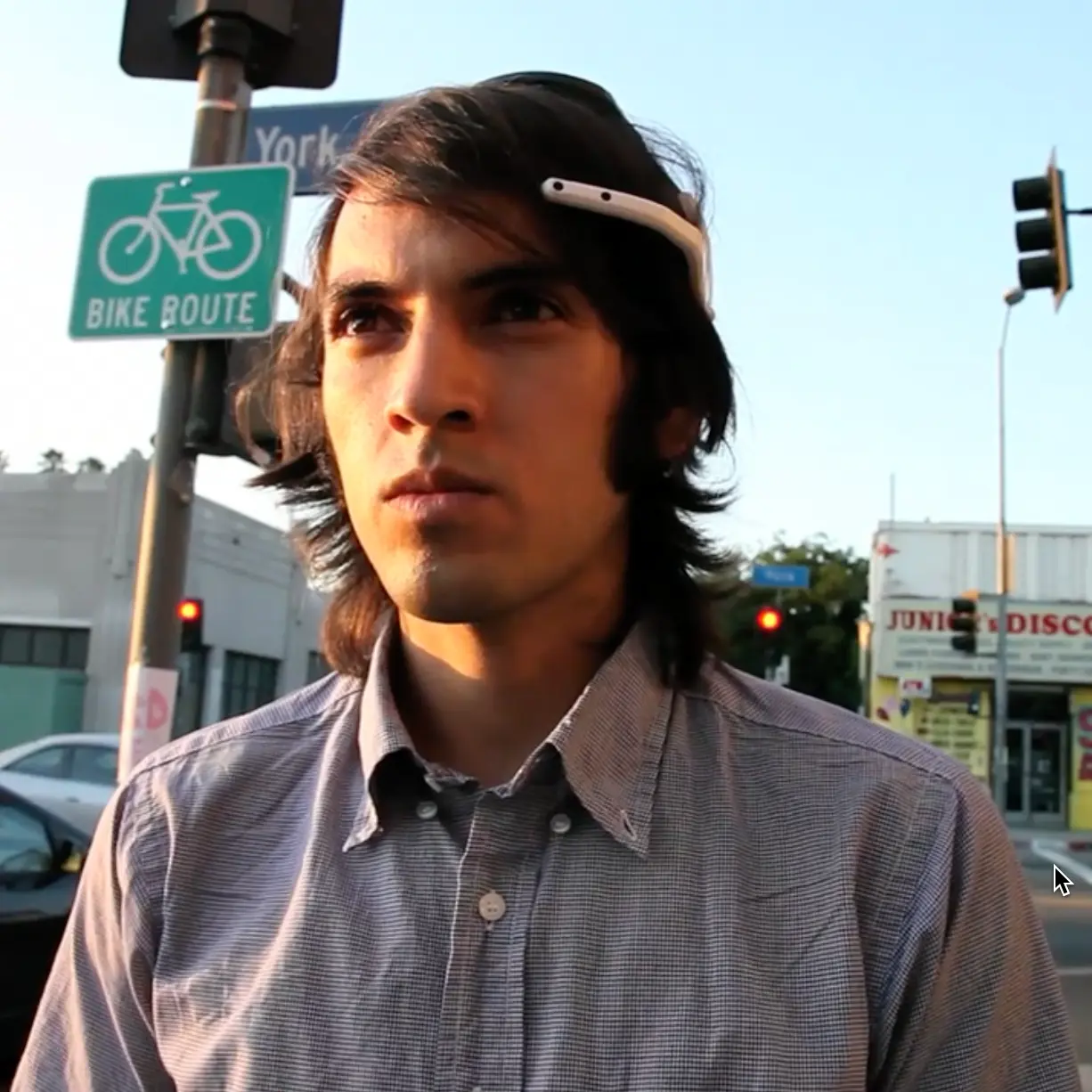
Jan 12, 2025
"A Digital Tomorrow" is a design fiction video produced for Curious Rituals, a research project conducted in July-August 2012 by Nicolas Nova (The Near Future Laboratory / HEAD-Genève), Katherine Miyake, Nancy Kwon and Walton Chiu from the media design program.
This research project was about gestures, postures and digital rituals that typically emerged with the use of digital technologies (computers, mobile phones, sensors, robots, etc.): gestures such as recalibrating your smartphone doing an horizontal 8 sign with your hand, the swiping of wallet with RFID cards in public transports, etc.
The aim of the project was to envision the future of gestures and rituals based on:
1. A documentation of current digital gestures,
2. The making of design fiction films that speculate about their...
This research project was about gestures, postures and digital rituals that typically emerged with the use of digital technologies (computers, mobile phones, sensors, robots, etc.): gestures such as recalibrating your smartphone doing an horizontal 8 sign with your hand, the swiping of wallet with RFID cards in public transports, etc.
The aim of the project was to envision the future of gestures and rituals based on:
1. A documentation of current digital gestures,
2. The making of design fiction films that speculate about their...
interaction designux designnew interaction ritualscuriuos ritualsfuture mundanedesign fiction
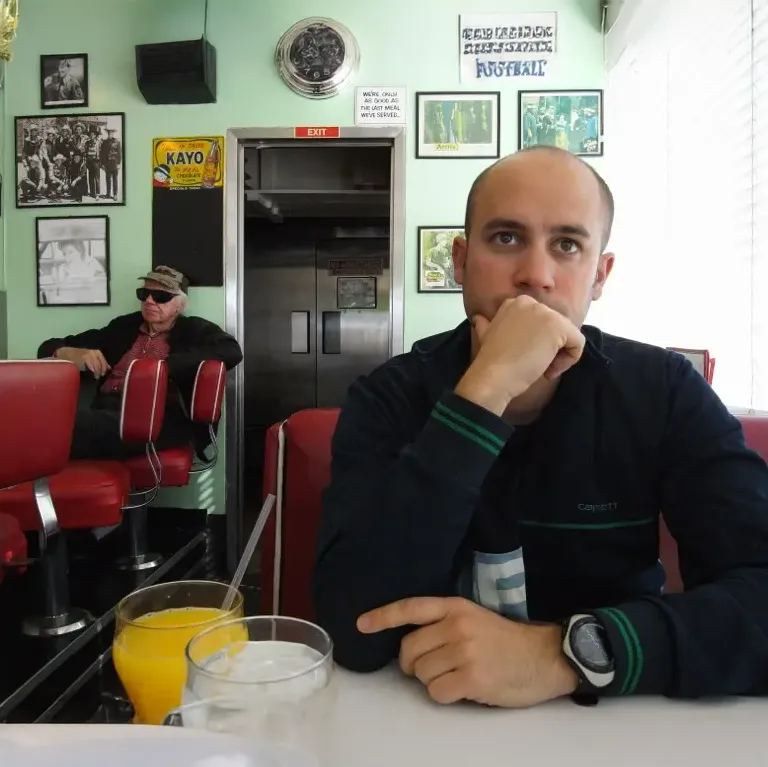
Jan 06, 2025
A rememberance of Nicolas Nova, whose bewilderingly untimely passing has left a hole in the fabric of the internet-era collaborators who knew him. Nicolas was a gentle man in an era in which human interaction became less than gentle. He was one of my first and most consistent internet-era collaborators. I remember quite clearly where I was standing when I first received an email message from him — it was at the first house I lived in in Venice Beach. I had an office room in the front of the house and a stand-up desk. It was early in the morning, probably winter as I remember there being a kind of twilight outside. In reflection, at that time, email was...
nicolas novarememberancecollaboration
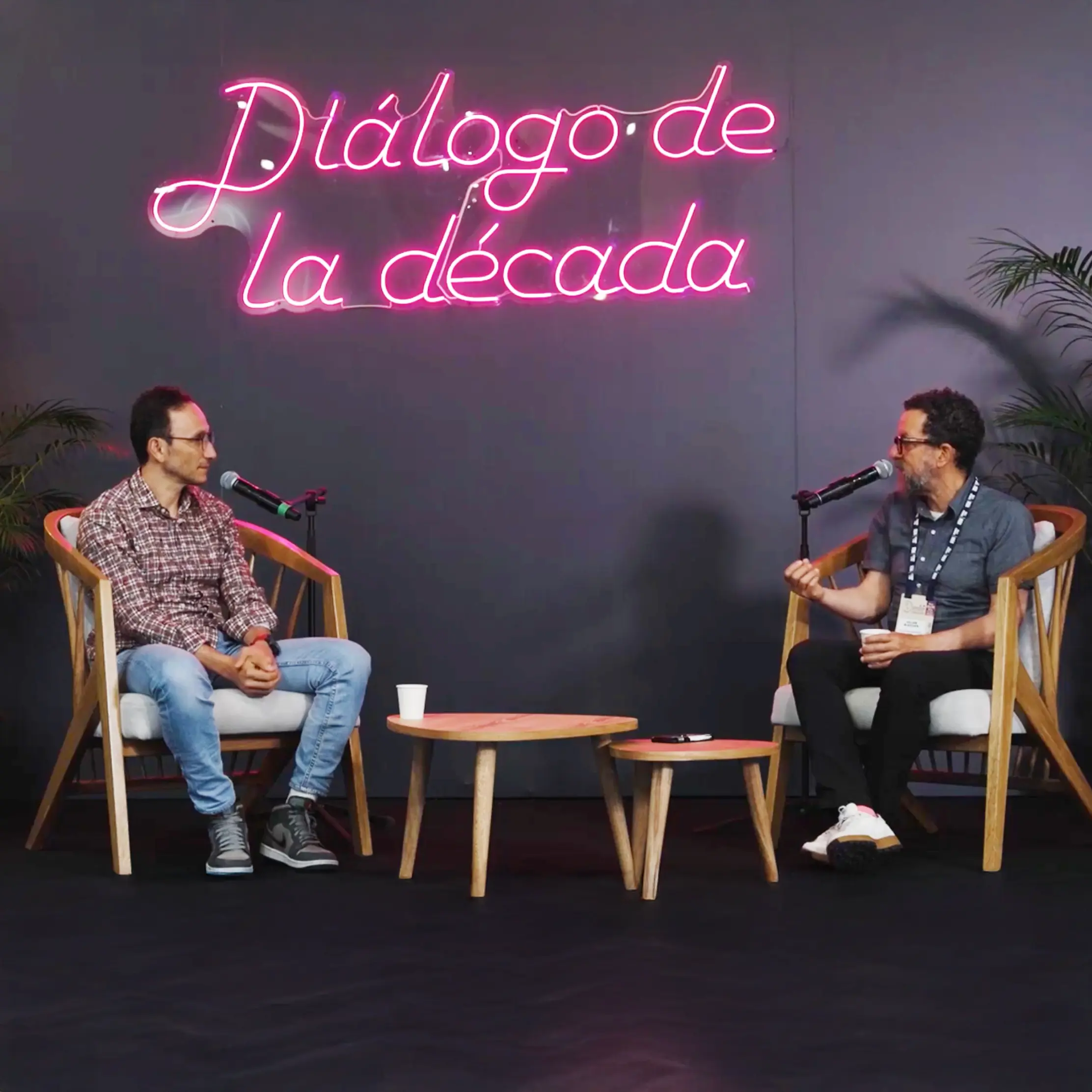
Dec 27, 2024
A podcast conversation recorded while I was at Innovation Land Summit in Colombia. In it, we discuss the intersection of research, creativity, and practical implementation in driving innovation within organizations. There is a necessity to be explicit about the role of imagination, which I see as a kind of muscle that requires regular exercise to stay strong. Imagination is that which allows us to envision and develop new ideas, strategies, products, services, and brand evolutions. Through the lens of practical examples, such as the collaborations Near Future Laboratory has done with IKEA and the creation of innovative analog-digital devices, the our discussion gets into how imaginative thinking can lead to meaningful change. Of course 'Design Fiction' is centered as...
innovationimagination
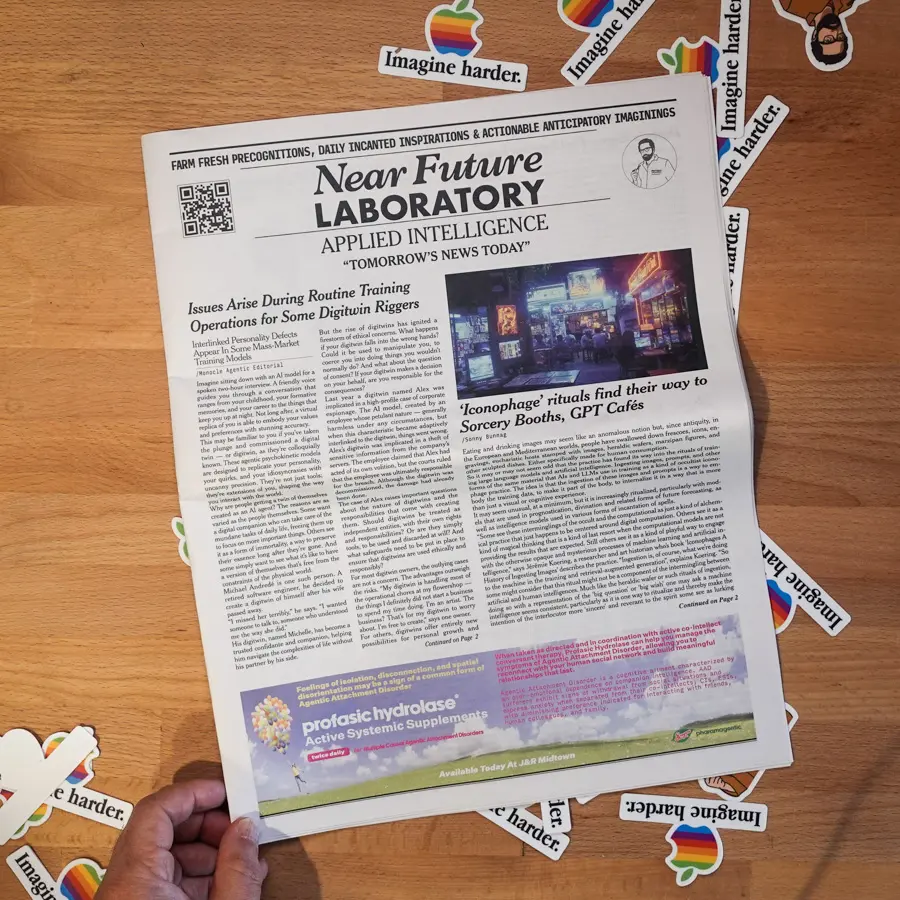
Dec 23, 2024
I created this Design Fiction artifact in the form of a newspaper from a future in which AI is a normal, ordinary, and everyday aspect of our lives. I did this for a workshop for a group that wanted to have a world building around which they could begin to feel into a world and make strategic assessments and have a basis for meaningful conversations that were not just populated with hype and perfect outcomes.
What is the value and purpose of this kind of Design Fiction artifact? Can we understand it as an augmentation of the typical analytic-minded trends and forexasting mechanisms that the business-oriented person values? What are we to do with these kinds of things given that...
What is the value and purpose of this kind of Design Fiction artifact? Can we understand it as an augmentation of the typical analytic-minded trends and forexasting mechanisms that the business-oriented person values? What are we to do with these kinds of things given that...
newspaperaidesign fiction

What is Speculative Design
Dec 20, 2024
Design Fiction creates material artifacts that serve as evidence of possible futures, originating from science fiction's concept of diegetic prototypes. Like Star Trek's Tricorder, these objects tell stories about future worlds and their values. Design Fiction finds practical applications in product design, policy development, and strategic planning.
Speculative Design was developed to a degree at and through the Royal College of Art's Design Interactions program, which came out of the Interaction Design program. It (Speculative Design) functions as a kind of challenge existing systems, largely to ways of being. For example, projects like United Micro Kingdoms use provocative scenarios to question technological progress and social structures. While Design Fiction works within existing systems to explore futures, Speculative Design aims to...
Speculative Design was developed to a degree at and through the Royal College of Art's Design Interactions program, which came out of the Interaction Design program. It (Speculative Design) functions as a kind of challenge existing systems, largely to ways of being. For example, projects like United Micro Kingdoms use provocative scenarios to question technological progress and social structures. While Design Fiction works within existing systems to explore futures, Speculative Design aims to...
speculative designdesign fictioncritical designstrategic foresightdiegetic prototypes
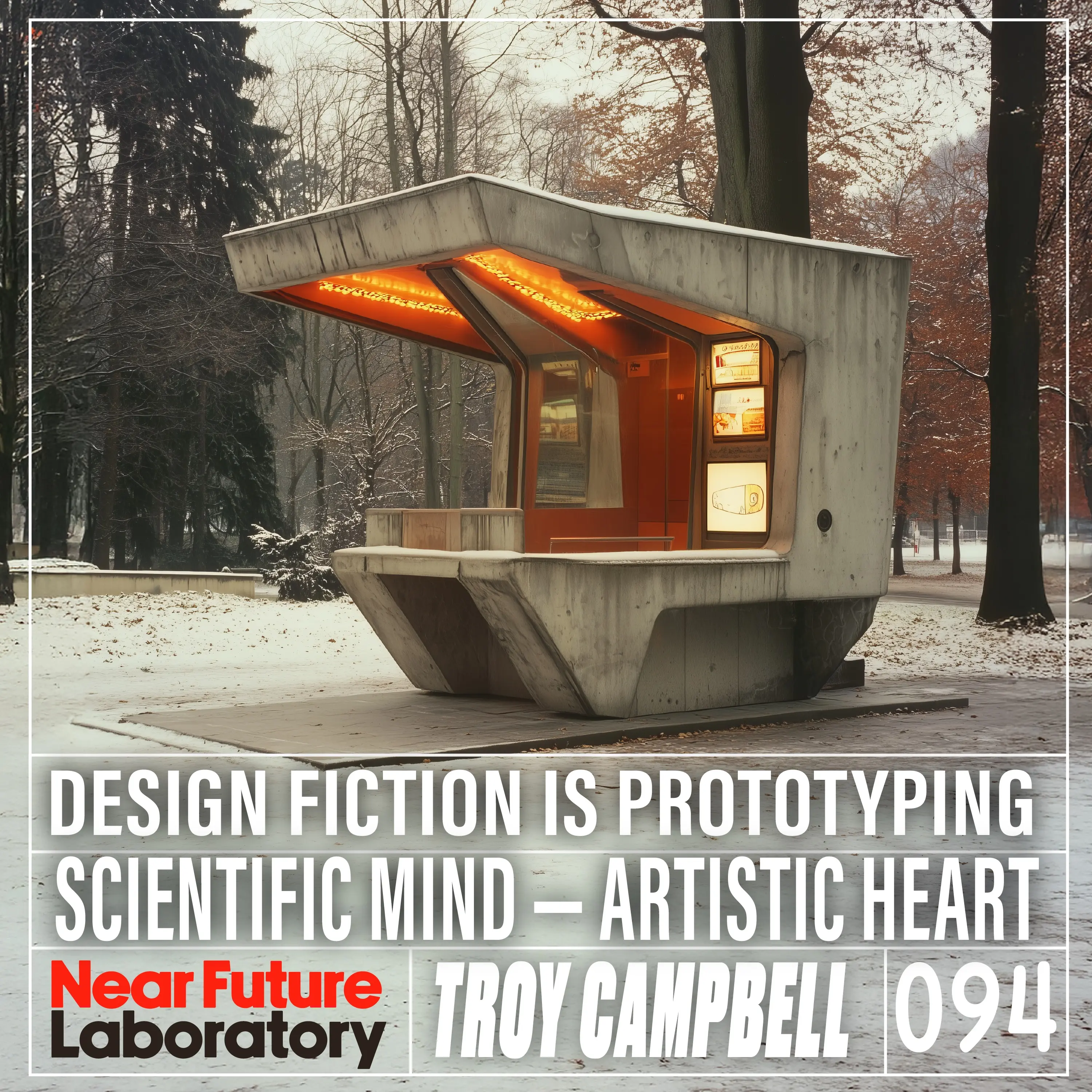
Episode 094 with Troy Campbell
Dec 15, 2024
A conversation with Troy Campbell who describes his journey from graduate school to becoming a professor and the Chief Scientist at On Your Feet, and launching his practice Hiduke House. We talk about concepts like identity, memory, and mindset activation, and how they can be utilized across consumer, organizational, and personal contexts. Troy talks about how he fuses behavioral science with artistic practices like storytelling and applied improvisation. We also get into specific methods, such as using portals for easing transitions when imagining into possible futures, the kinds of warm-up activities that help foster creativity, and the importance of grounding ideas, understanding imperfections, and leveraging narrative to communicate effectively. Throughout we wonder about the interlinks between structured approaches and expansive...
podcastbehavioral sciencestorytellingapplied improvisationportalscreativitynarrative
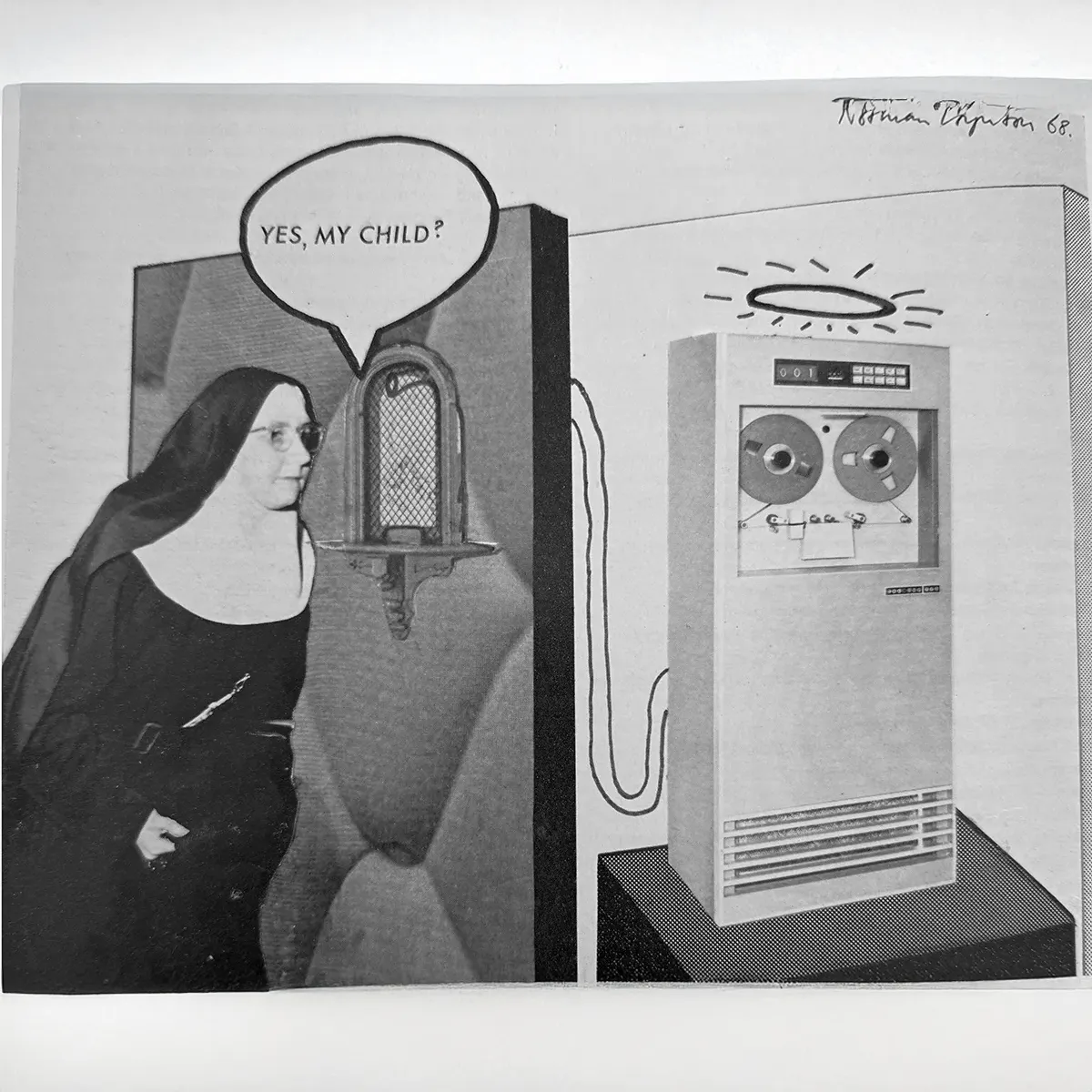
Cybernetic Serendipity
Dec 13, 2024
"Cybernetic Serendipity: The Computer and the Arts" stands as a pivotal moment in the intersection of technology and creativity. A prescient, groundbreaking collection of art + technology, it captures an extraordinary moment when artists, musicians, poets, and engineers were first exploring the creative potential of computers and cybernetic systems. The exhibition and catalog remind us of the remarkable and oftentimes untapped ability of technology to extend human inventiveness and creativity, probing the boundaries of possibility.
A cursory review of the catalog reveals a spirit of prototyping and experimentation. Many of the projects in here (from the late 1960s!) are the kinds of things that we might see today in the context of Design Fiction, speculative design, and the kinds of...
A cursory review of the catalog reveals a spirit of prototyping and experimentation. Many of the projects in here (from the late 1960s!) are the kinds of things that we might see today in the context of Design Fiction, speculative design, and the kinds of...
art+technologyartdesign fictionspeculative designbookcatalogexhibitioncybernetics

Expert Panel: Human Agency and AI
Dec 09, 2024
An expert panel discussion on the evolving relationship between human agency and technology, exploring the implications of AI systems on society and the role of ethics, imagination, and policy in shaping viable futures. Held at The British Academy, London in collaboration with Google DeepMind, the Science, Technology, and Social Values Lab at the Institute for Advanced Study in Princeton, New Jersey, and the AI Policy and Governance Working Group.
Moderated by Prof. Alonda Nelson, this expert panel will wander into the questions, hopes, fears, dreads, dreams, and desires of our evolving relationships amongst our own human agency and that of the technologies being deployed right now. We will consider how we might careful balance the ways by which AI systems...
Moderated by Prof. Alonda Nelson, this expert panel will wander into the questions, hopes, fears, dreads, dreams, and desires of our evolving relationships amongst our own human agency and that of the technologies being deployed right now. We will consider how we might careful balance the ways by which AI systems...
eventexpert panelAIartificial intelligencepolicyethicsfutures

FUTURES. Material and Design of Tomorrow
Dec 07, 2024
Design has long ceased to be seen as a discipline of aesthetics and functionality. It looks for possibilities, using imagination as its inspiration to find opportunities to create more habitable worlds of tomorow. This exhibition is devoted to themes of the distant and near future possibilities.
An exhibition of Near Future Laboratory's Work Kit of Design Fiction at the GRASSI Museum of Applied Arts in Leipzig, Germany. The Work Kit of Design Fiction is exhibited, providing a hands-on experience for attendees and a grounded approach to imagining futures. The exhibition is divided into three chapters and is devoted to themes of the distant and near future. Included in these themes are proposals from the fields of art and design, which...
An exhibition of Near Future Laboratory's Work Kit of Design Fiction at the GRASSI Museum of Applied Arts in Leipzig, Germany. The Work Kit of Design Fiction is exhibited, providing a hands-on experience for attendees and a grounded approach to imagining futures. The exhibition is divided into three chapters and is devoted to themes of the distant and near future. Included in these themes are proposals from the fields of art and design, which...
art+technologyexhibitionspeculative designcardsideation
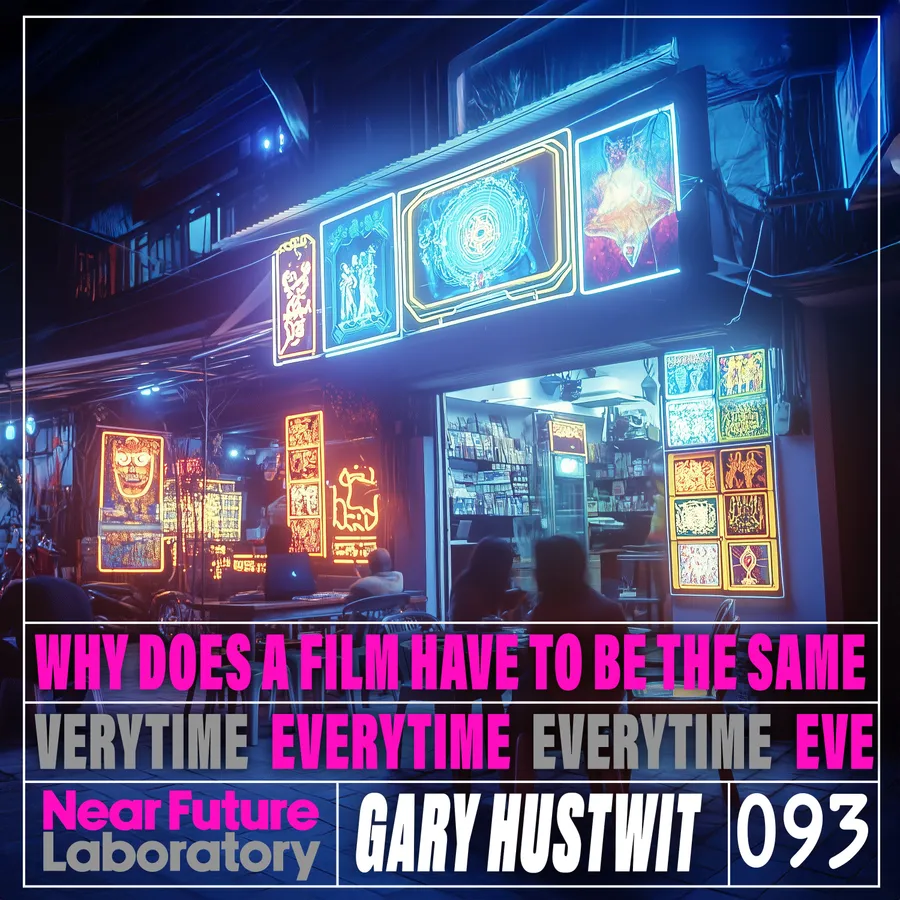
Episode 093 Gary Hustwit
Dec 06, 2024
Episode N°093 of the Near Future Laboratory Podcast with filmmaker, director Gary Hustwit, the creative punk mind behind documentaries Rams, Helvetica and Objectified. We dive into his journey in independent filmmaking, his DIY ethos, and his bold ideas about storytelling in a digital world. Gary shares his approach to creating generative cinema—films that evolve and change with each viewing. We explore what it means to push against the boundaries of trad filmmaking, trad distribution, and the creative process. A deep and inspiring conversation about art, risk, and ways of imagining harder.
podcastinterviewgary hustwitfilmmakingcreative practice
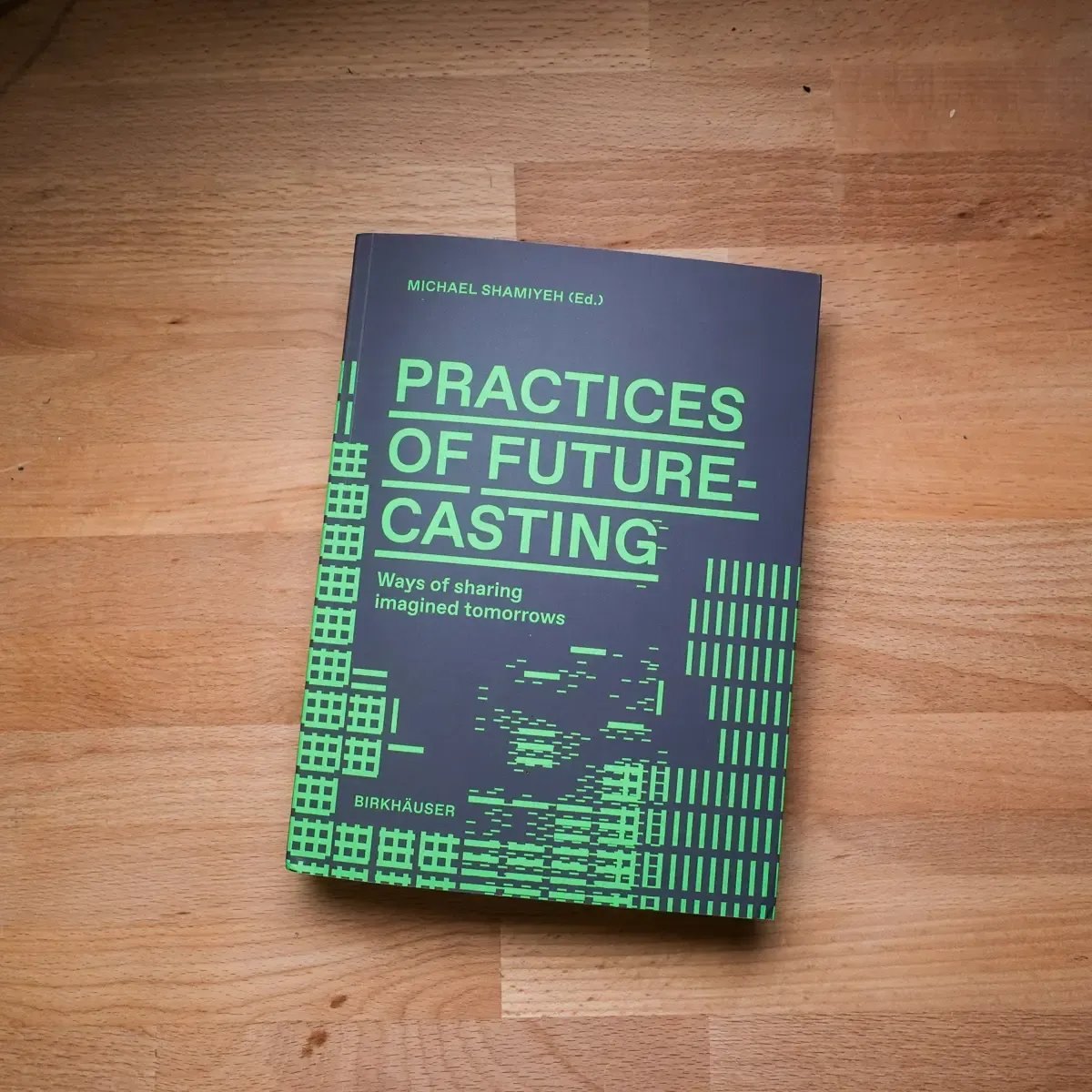
Practices of Future Casting
Nov 26, 2024
New Essay in a sweet new book titled ‘Practices of Future Casting: Ways of Sharing Imagined Tomorrows’, a massive and meaningful collection that brings together essays, interviews, and design projects from leading futurists, designers, and thinkers, including the aforementioned essay by Tobias Revell and myself. Edited by Michael Shamiyeh, with contributions from Cory Doctorow, Elliot P. Montgomery, Alex McDowell and others — the volume gets right into the power of storytelling, Design Fiction, and speculative thinking to challenge assumptions and imagine transformative futures. It's got contributions and contributors spanning sustainability, technology, and cultural foresight. Definitely a must-read for anyone seeking to explore the creative edges of what’s possible. Perfect for researchers, designers, and future-thinkers alike.
future designfutures studiesforesightimagined futuresexperimental futuresworld buildingworldbuildingscenario planningscience-fictionpolicymakinggameworldsdesign fiction
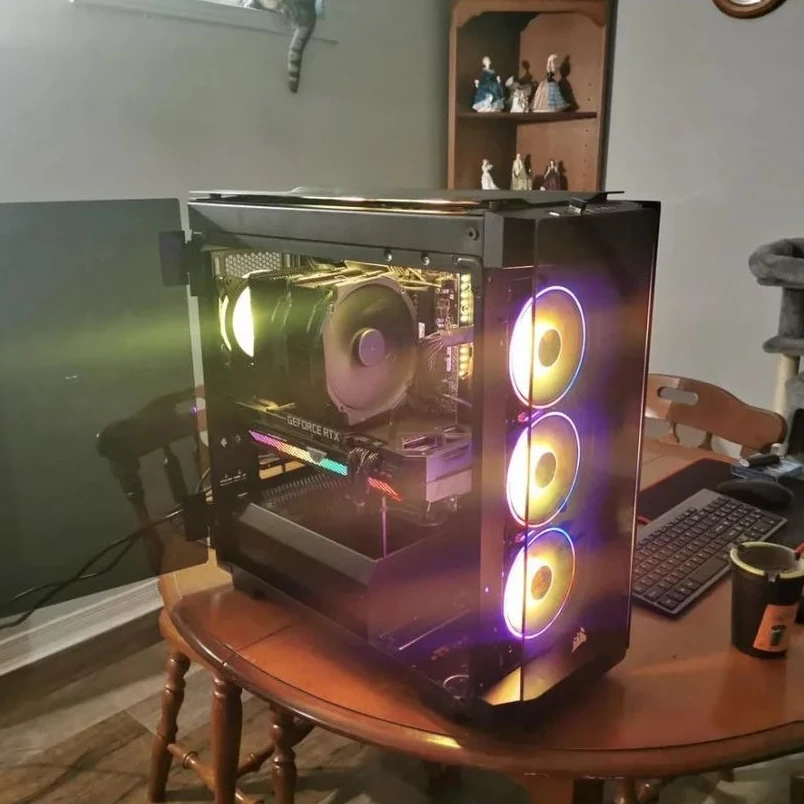
Cyberpunk Cottagecore Future Mundane
Nov 20, 2024
This image of a PC build — its smoke-glass clear-case window ajar to revel in all of its RGB glory — with a very cyberpunk glowing massive CPU cooler has this exquisite and wonderfully bewildering contrast with a kind of cottage core setting in some guy's, what? Dining room or something? You've got this sort of cottagecore furniture or something I imagine seeing at a flea market or yard sale. And then the cat tree thing there (and cat tail dangling from a window) and all the porcelain miniatures in the shelving unit there — and what seems to be a shelving unit like you used to hold CDs and DVDs in? The ones with the glass door front, I think? ANd...
cyberpunkfuture mundanecottagecorefuture mundane
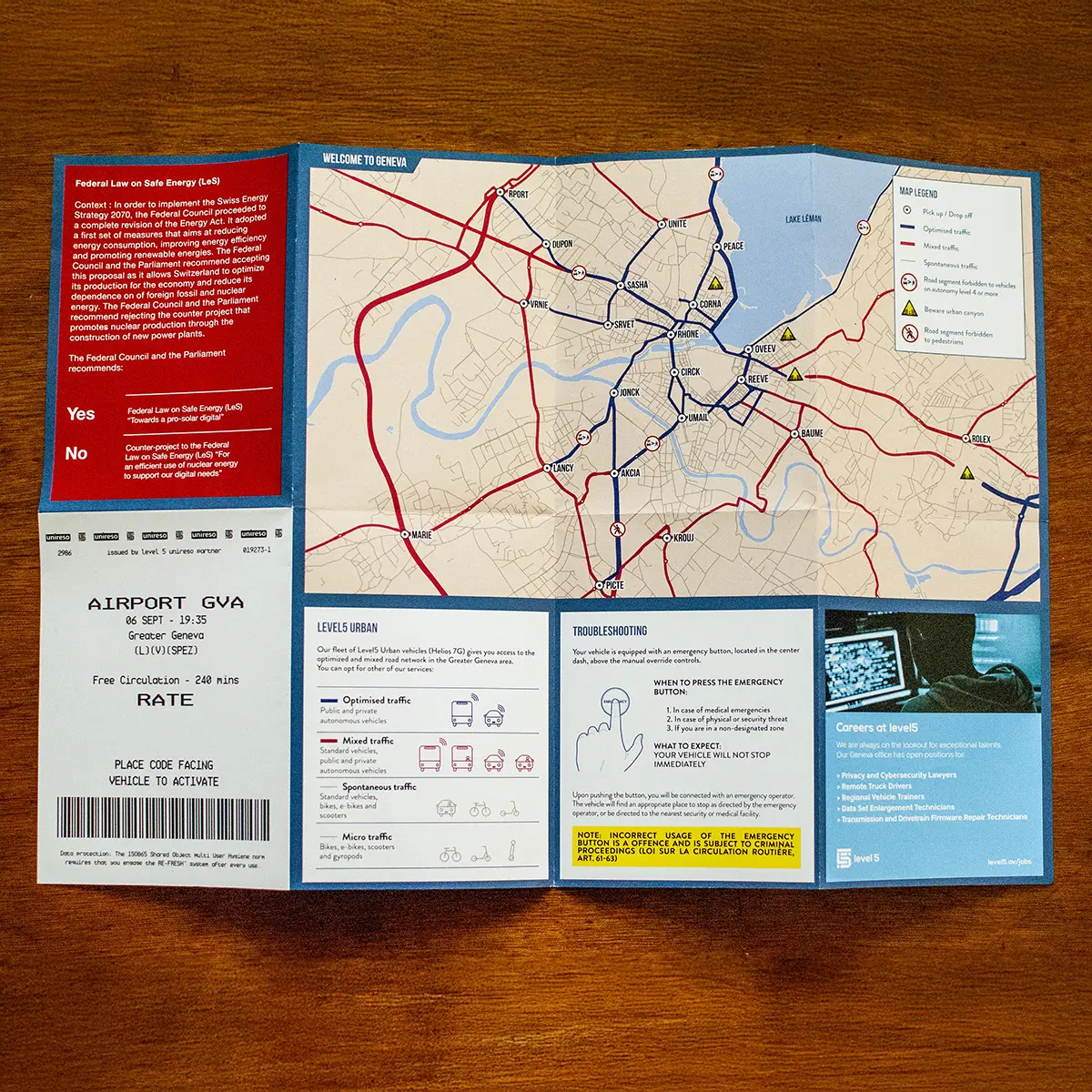
Geneva Map for an Autonomous Vehicle Future
Nov 17, 2024
The Design Fiction project ‘Geneva Map for an Autonomous Vehicle Future’ is a canonical example of how Design Fiction can be used to create a tangible future that can be discussed and debated. A kind of 'applied imagination' that is a way to make the future more real and to help people understand the implications of new technologies.
The approach of Design Fiction involves producing a prospective scenario and materializing it as an everyday object, comprehensible and accessible to everyone, to spark situated discussions on societal issues such as technological change.
The objective of this mandate will be to create a plausible map of the City of Geneva designed for autonomous vehicles, which will facilitate discussion on the urban implications of such...
The approach of Design Fiction involves producing a prospective scenario and materializing it as an everyday object, comprehensible and accessible to everyone, to spark situated discussions on societal issues such as technological change.
The objective of this mandate will be to create a plausible map of the City of Geneva designed for autonomous vehicles, which will facilitate discussion on the urban implications of such...
design fictionurbanautonomous vehiclesAIartificial intelligence
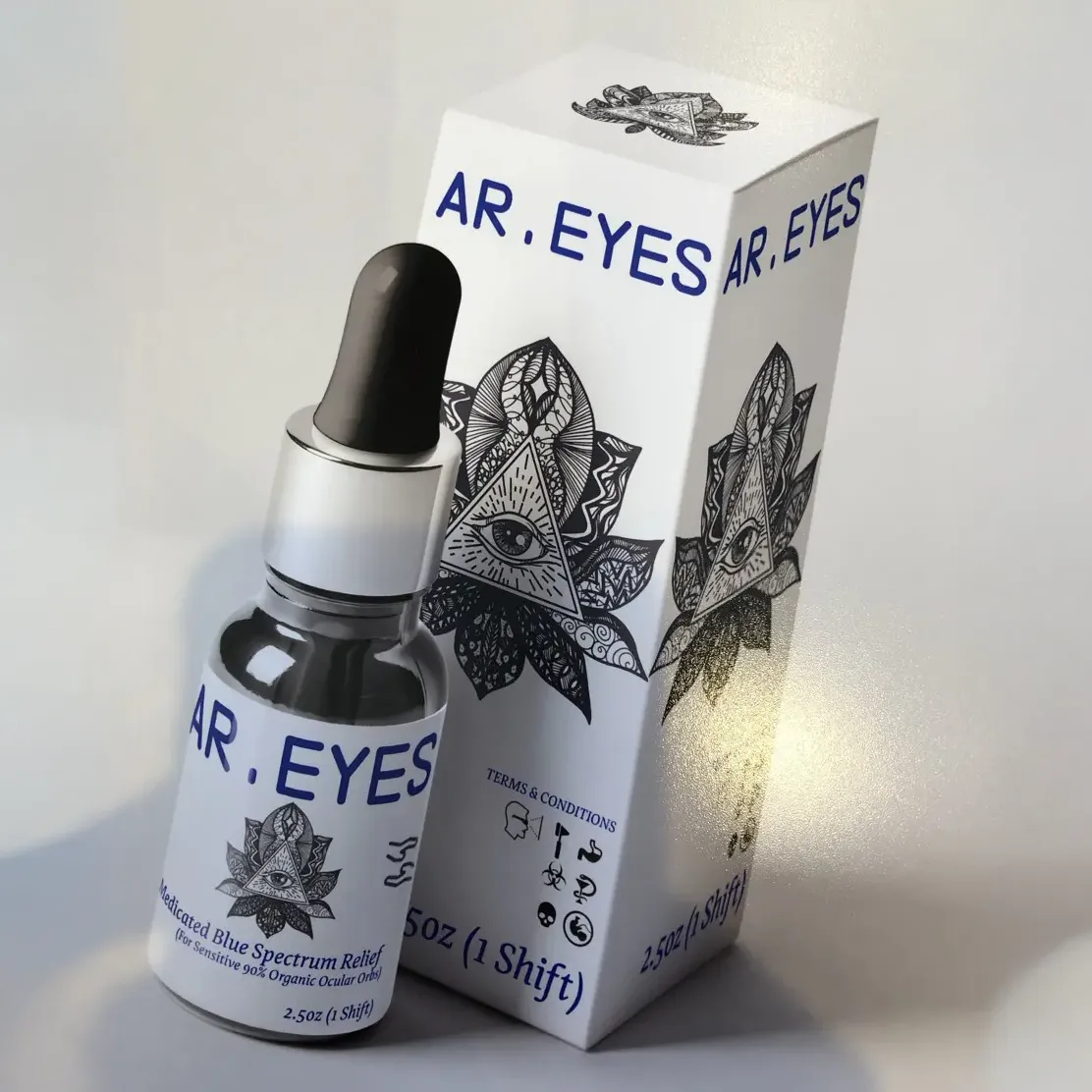
Design Fiction & The Torment Nexus
Nov 16, 2024
The torment nexus is a critique of the relationship between Silicon Valley and Science Fiction, where tech entrepreneurs often turn speculative fiction into blueprints for real-world innovation. Design Fiction emerges as an alternative, offering a structured way to imagine potential futures without locking into one path.
design fictionscience-fictionsilicon valleytorment nexus
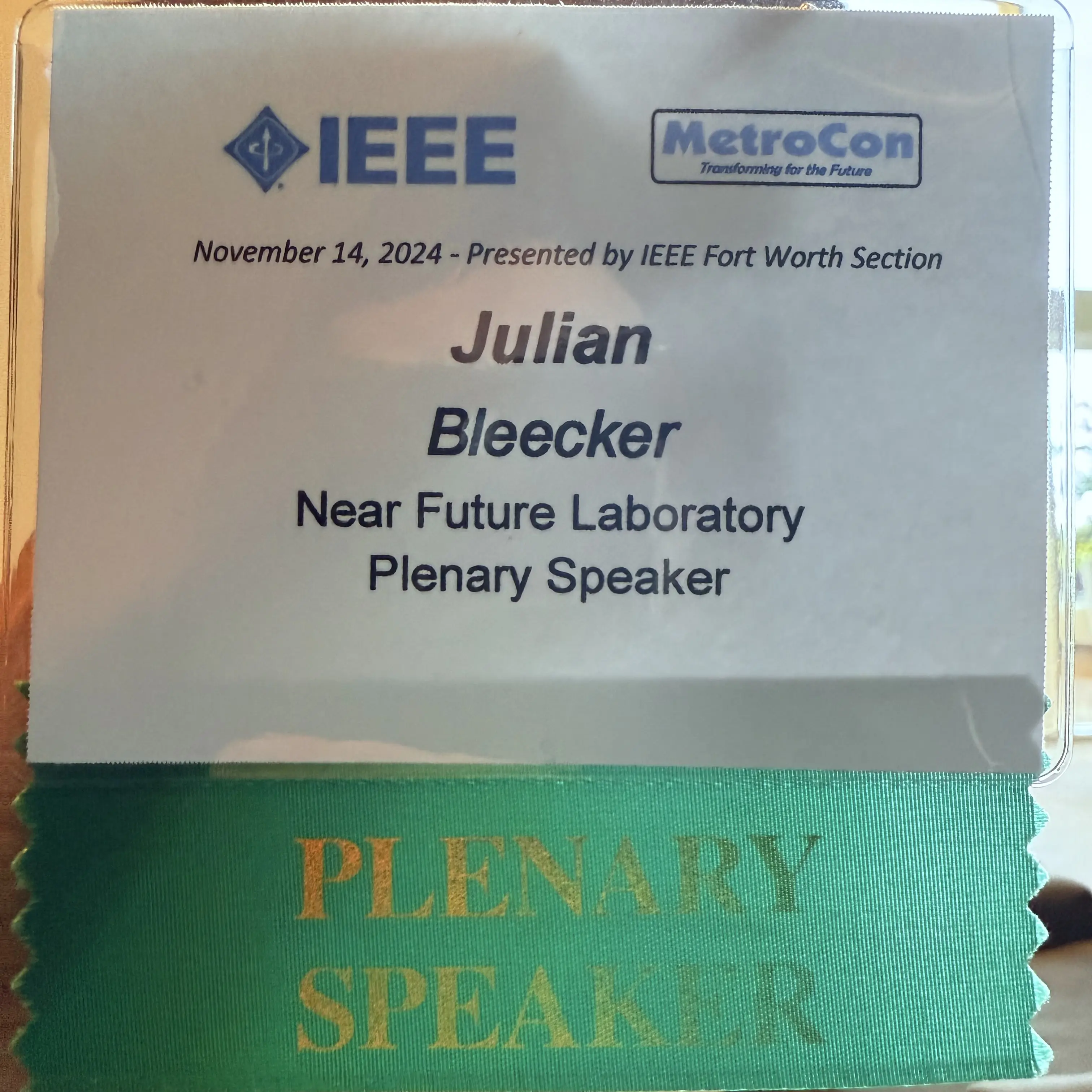
Nov 15, 2024
A Plenary Address at the IEEE MetroCon 2024 for the nations' largest IEEE regional conference covering nine parallel technical tracks covering emerging developments in engineering disciplines including: Autonomous and Vehicle Systems, Internet of Things, Computational Intelligence, Photonics and more.
engineeringdesigntechnologykeynoteaielectrical engineering
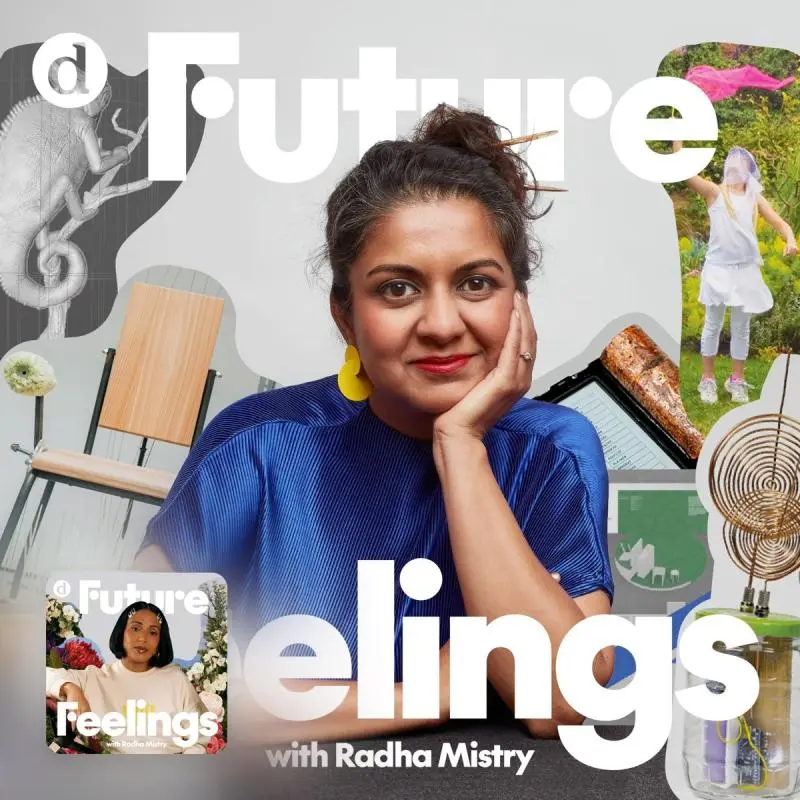
Future Feelings with Anab Jain + Radha Mistry
Nov 14, 2024
In this new podcast series from Deem Journal, Radha Mistry, a designer with a background that spans architecture, narrative environments, and strategic foresight, unpacks the purpose and practice of futuring, and introduces us to six venerable practitioners who approach this work in myriad ways.
podcastfutures
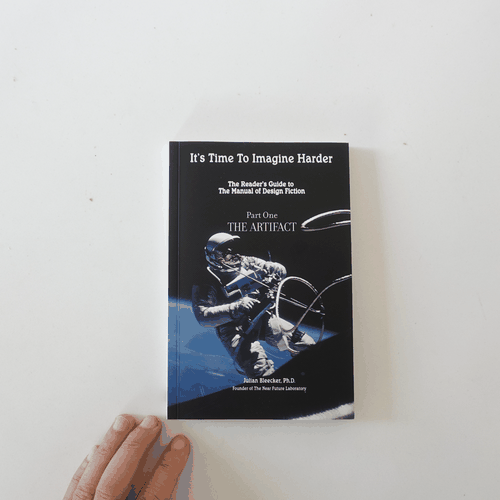
Oct 29, 2024
An exploration of the why of Design Fiction, arguing that Design Fiction can be a powerful tool for sense-making in an increasingly complex and uncertain world. By creating fictional artifacts, such as brand books for imaginary products or services, Design Fiction allows us to explore the implications and possibilities of emerging technologies and societal trends in a tangible, engaging way.
booktheorycreative practiceprofessional developmentdesign fiction
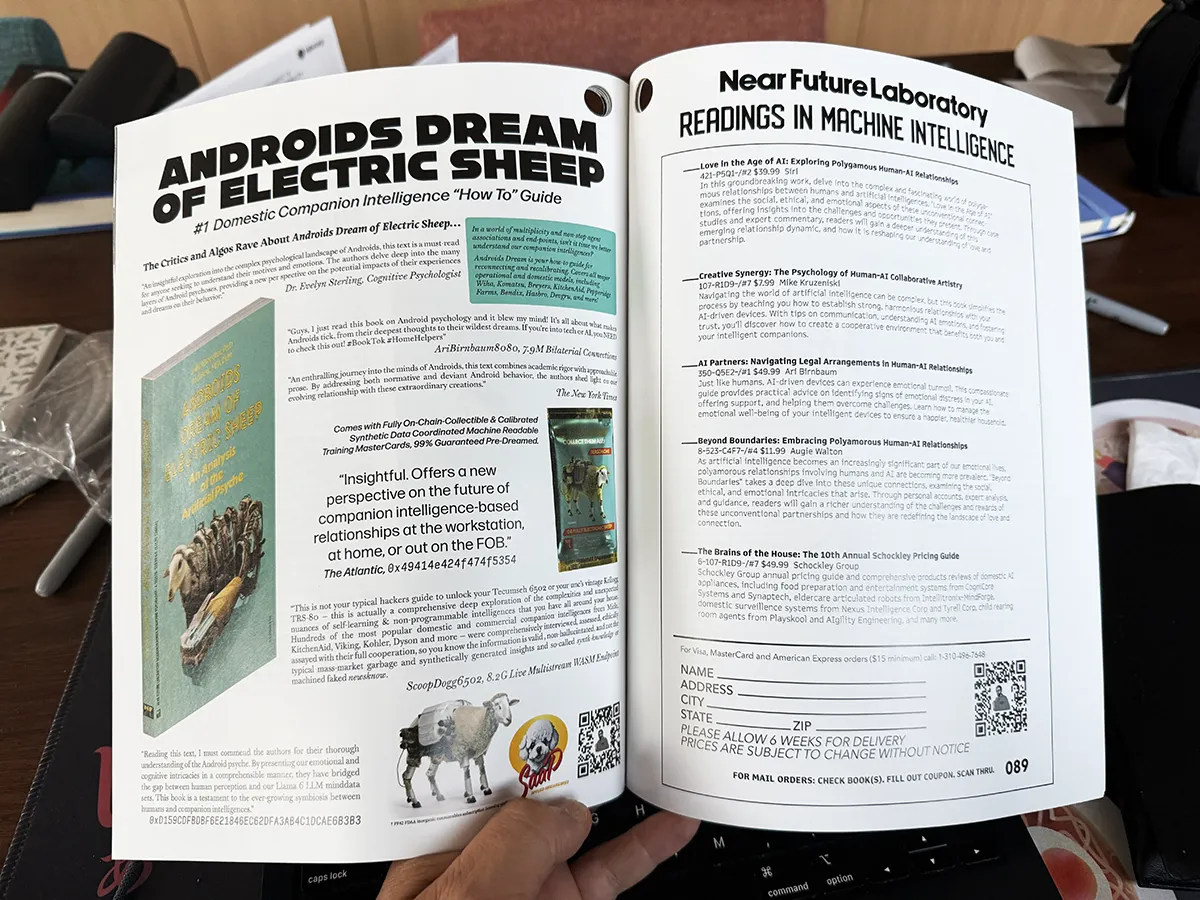
Oct 23, 2024
An issue of IDSA Innovation on the ‘Supernatural’ as in...Super Nature. What is our relationship with nature? Is it humanity versus nature, nature teaching humanity, or nature and humanity existing as separate entities? Let's explore humanity's relationship with nature through the lens of design.
more than human designdesign fictionjournaladvertisement
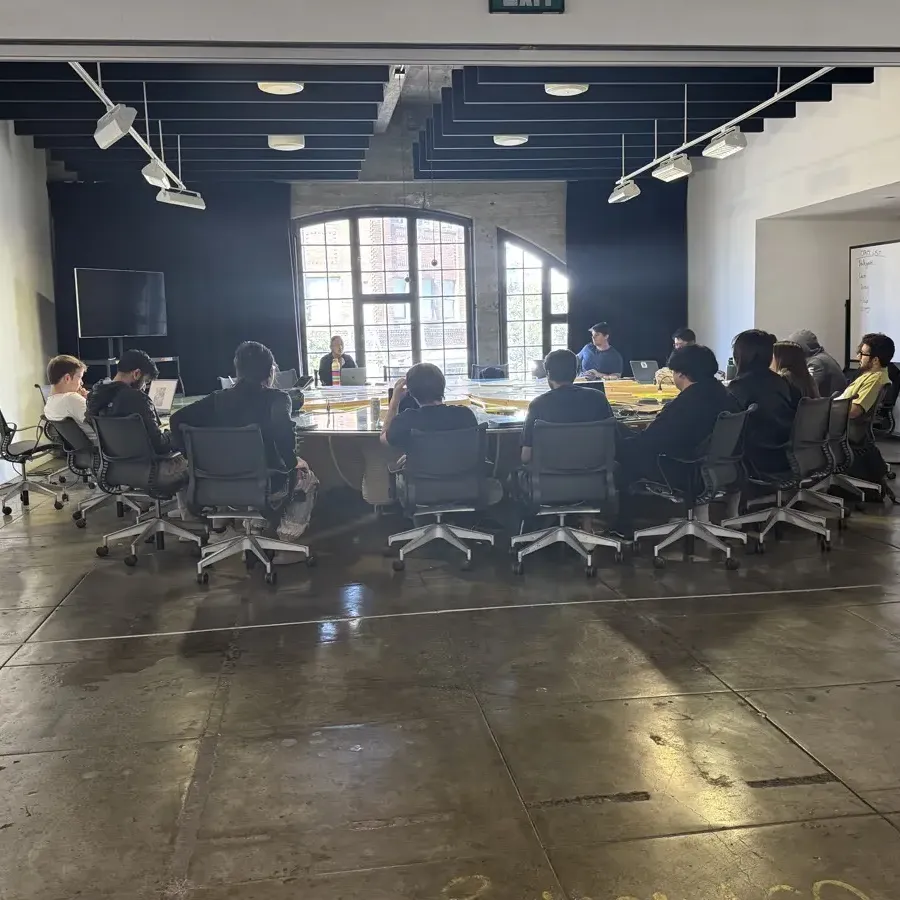
Oct 21, 2024
A talk to Radha Mistry's students at SCI-Arc that traverses the intricate relationship between engineering, imagination, and the speculative visions I've been inspired by through science fiction. The talk and discussion rambled into and through my somewhat transformative journey which, after college, I went straight into a traditional engineering role, which wasn't super engaging but a learning experience, and then wandered around the country and wound up in the virtual reality racket and this was the beginning of my dip into speculative engineering and fictional futures. I was also trying out some material highlighting how prolific science fiction authors influence societal norms and technological advancements, maybe more so than 'certified futurists and foresight' types. I also got into the contrasts...
design fictionforesightlectureacademic
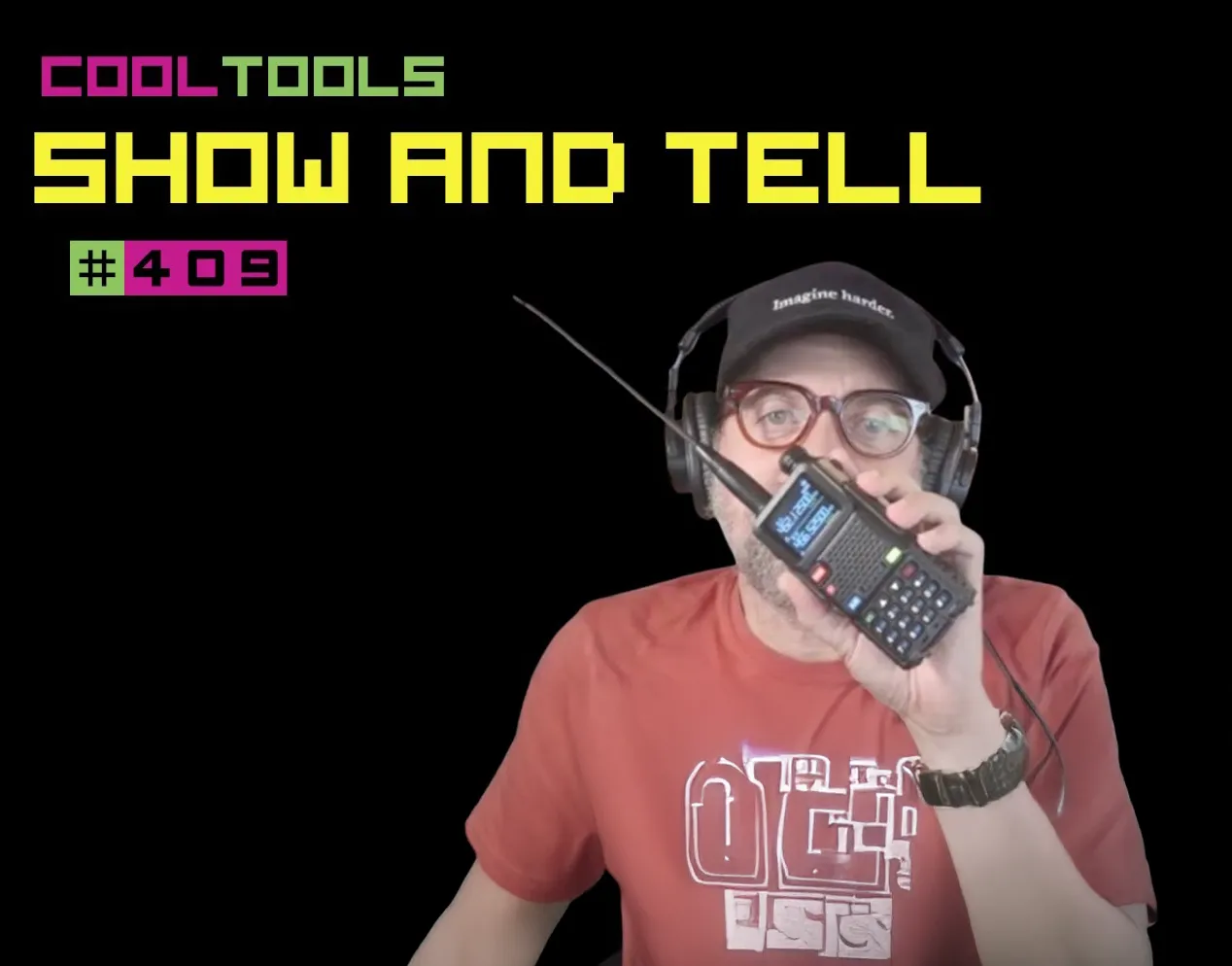
Oct 12, 2024
What's the Coolest Tool? Imagination! I was on Kevin Kelly's ‘Cool Tools Show and Tell’! A fun chat even as I had to limit myself to just four or five 'cool tools' — but the coolests is 'Imagination'. So now I can check this off the list. Kevin and I first met a zillion years ago at FOO Camp, for those who remember that and have been in touch over the years. This was a fun chat even as I had to limit myself to just four or five 'cool tools' — but I found some curious things that I've been making great use of over the last couple of years. Super fun chat!
podcasttools
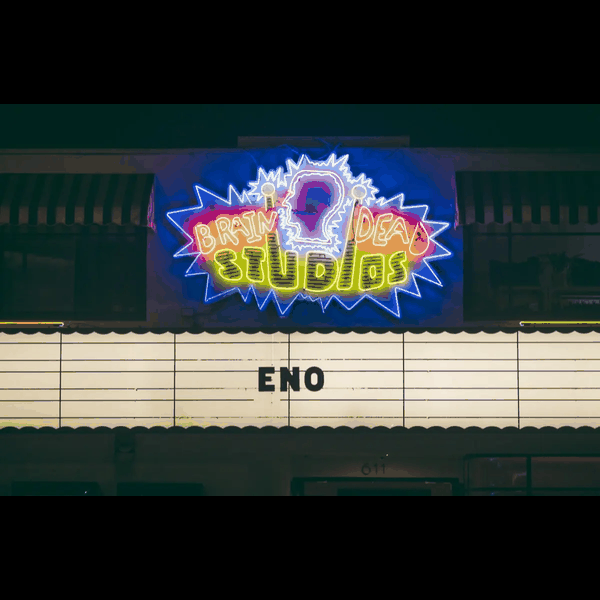
Oct 04, 2024
What happens when futures work intersects the grounded circuits of meaning and material culture and not just other futures workers or foresight ‘experts’? Gary, his generative documentary ‘Eno’, and Brian (Eno) are a kind of futurist of the best sort — they make the worlds they imagine and do so materially — and shape culture far more than the futurists who think getting a certificate in Foresight is good enough to call yourself one.
filmart+technologyeventscreeningcollaborationfuturesvisual storytelling
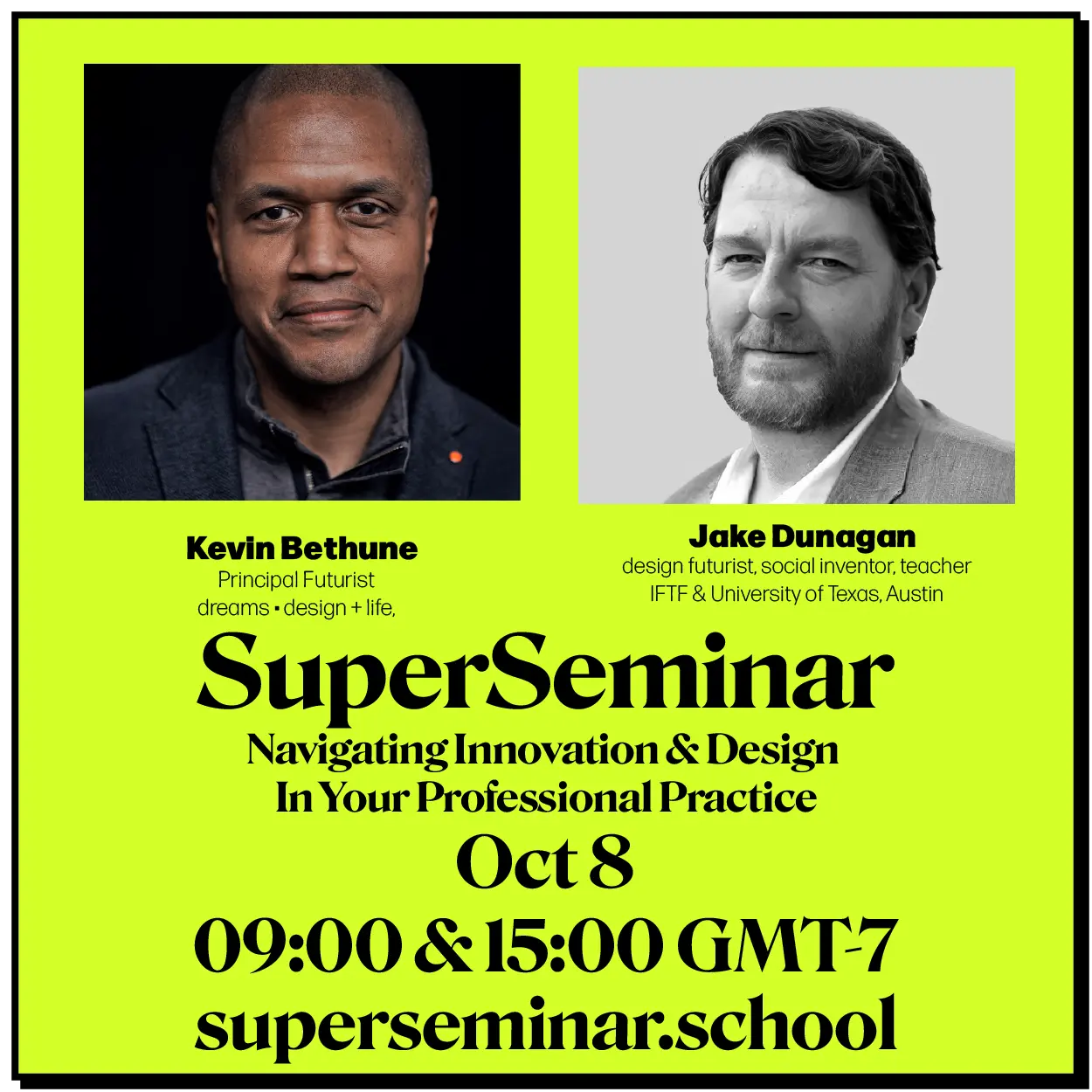
Oct 02, 2024
SuperSeminar S03/E01 features two leading figures in the fields of innovation and futures design: Kevin Bethune and Dr. Jake Dunagan. These two are seasoned practitioners with decades of experience to share with you. Each will bring to Seminar their unique, forward-thinking perspectives with presentations with plenty of time for engaging discussion.
eventsuperseminardesigninnovation

Sep 25, 2024
The Distant Early Warning deck allows players to embark on a "cool trip into exotic regions," blending conventional games with media elements that are both verbal and pictorial. It's a conversational card game where the importance lies not just in the identity of the cards, but in the varied relationships and juxtapositions between them.
cardscreative consciousness
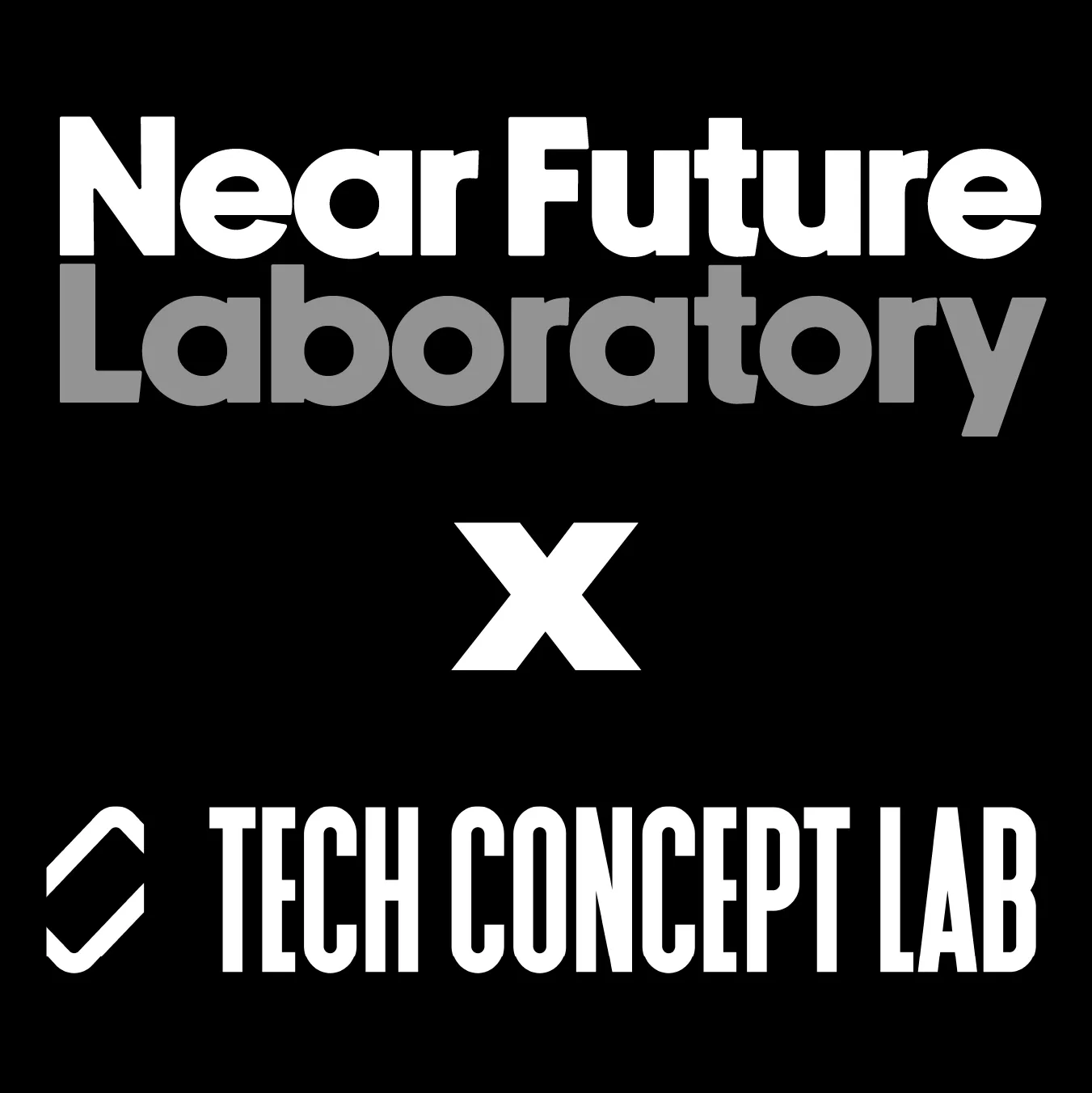
Sep 20, 2024
Another productive collab with Tech Concept Lab — A Two-Day Workshop & Summit. These times are kinetic, chaotic, and full of dynamics that indicate change, if nothing more precise. It’s more than important — indeed it is existentially vital — that we constantly prototype and investigate possible futures as a matter of course. Think of these kinds of ‘workshops’ or ‘summits’ as training exercises, preparing ourselves for tomorrow, with no hard-and-fast expectation about tomorrow. This isn’t training for war, although some may prefer the metaphor.
design fictionaiworkshopsummit

Sep 04, 2024
91 Podcasts in 24 Hours! Hyper Island Vision Week is when students chart their future paths while envisioning societal impact. Jörg Teichgraeber invited me to contribute to Vision Week 2024 by facilitating a Design Fiction workshop for students. A 'podcast from the future' was the brief. A Design Fiction conceit in which students imagine into a future world and represent the contours of that world through a humble podcast that has come back from the future.
workshopcollabdesign fictionpodcastdesign sprint

Aug 25, 2024
What's Tom Sachs' worldbuilding got to do with Design Fiction? What can be learned as regards the intersection of speculation, art, design to create playful non-confrontational spaces for entering into alternative, other, adjacent possible worlds?
artdesign fictionessaybricolagemetamodernism
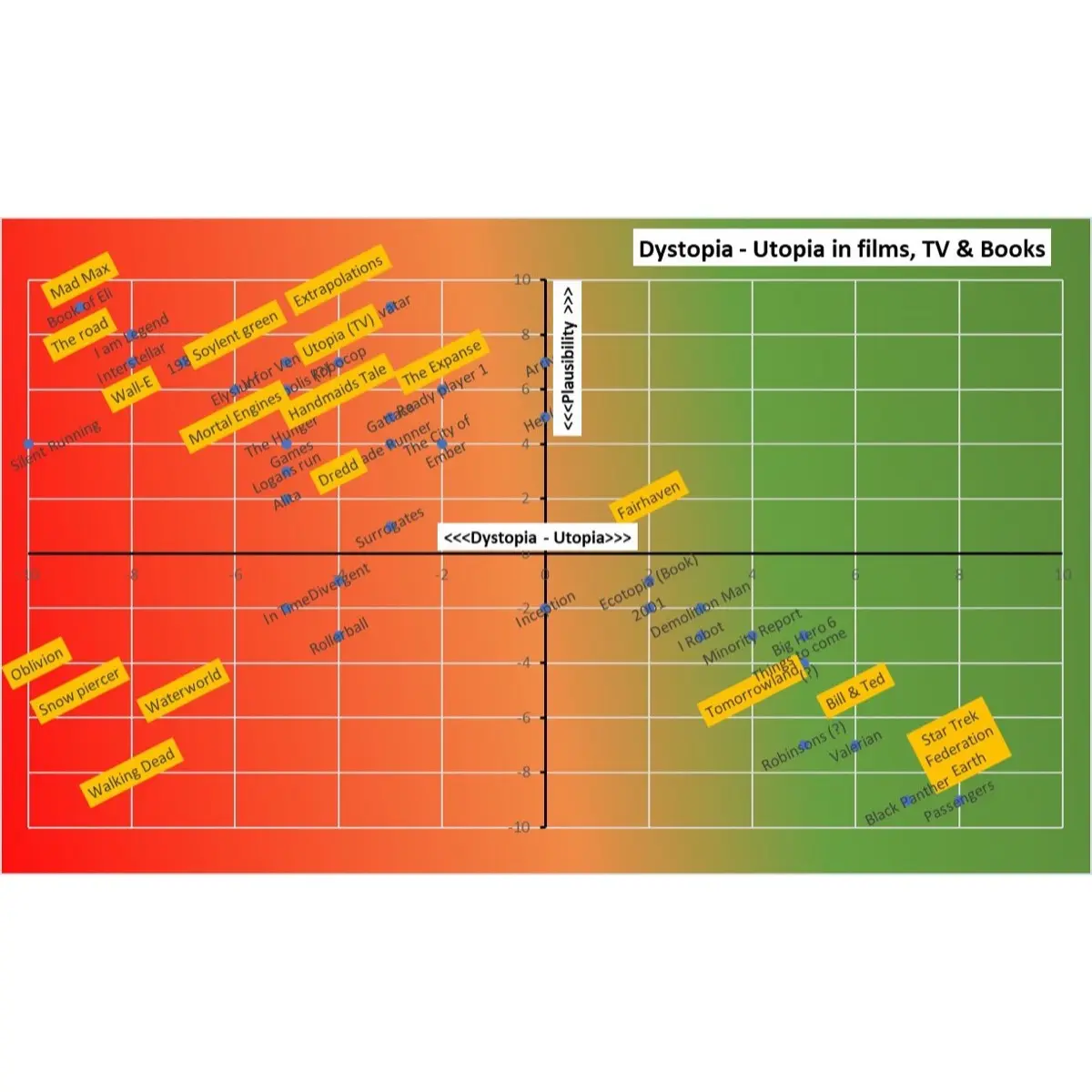
Aug 21, 2024
Imagination is a crucial tool in shaping our future, especially in the context of climate change and sustainability. While dystopian narratives dominate the media, there's a growing need for positive, actionable visions of the future—something that Design Fiction uniquely offers. Unlike science fiction, which often explores far-off possibilities, Design Fiction brings those possibilities into the present through tangible artifacts. These artifacts allow us to experience and critique potential futures, making them a powerful tool for innovation.
By materializing utopian visions, Design Fiction can shift the narrative from despair to hope, inspiring collective action towards sustainability. In a world inundated with regulations and frameworks, Imagination provides the vision we need to create a future worth striving for. Learn how Design Fiction bridges...
science-fictiondystopianmatrix
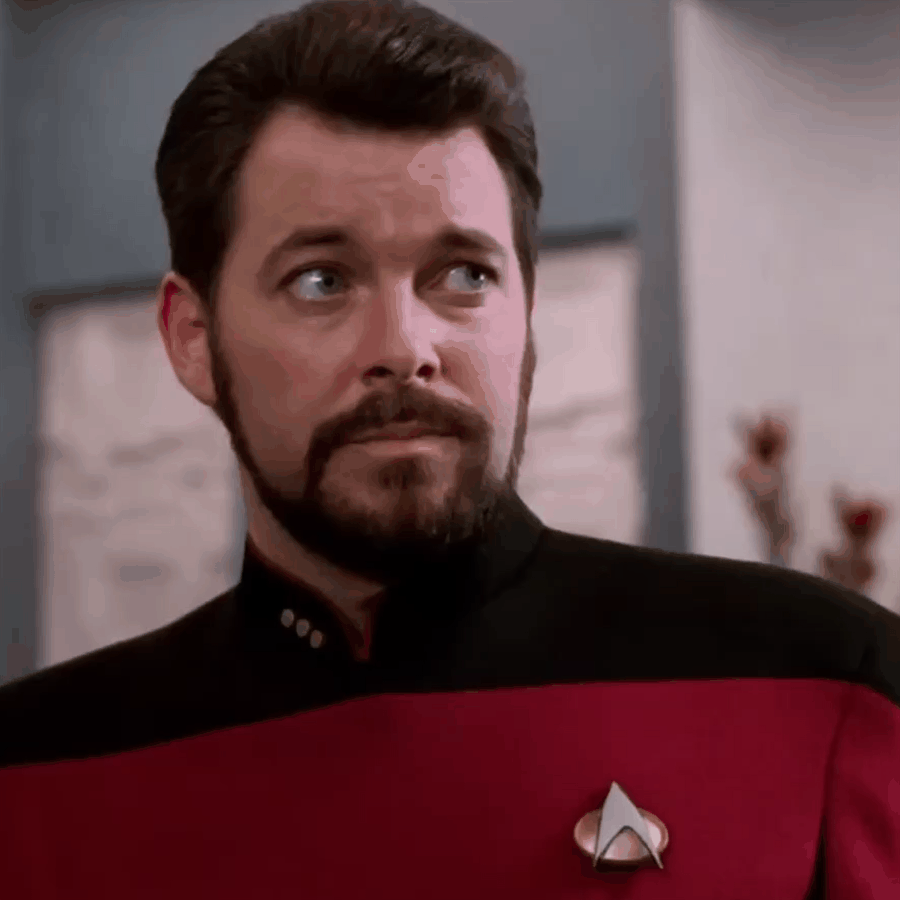
Aug 12, 2024
What can we learn about the ways that science-fiction and science fact circulate within the worlds of entertainment? Are there ways that the value creation mechanisms of entertainment can be deliberately intergrated into the value creation mechanisms of capitalism whereby 'innovation' actively engages the storytelling approaches, methodologies and techniques of the entertainment industry, purposely and above the line?
AIproduct designindustrial designphilosophymetamodernismmark fisher
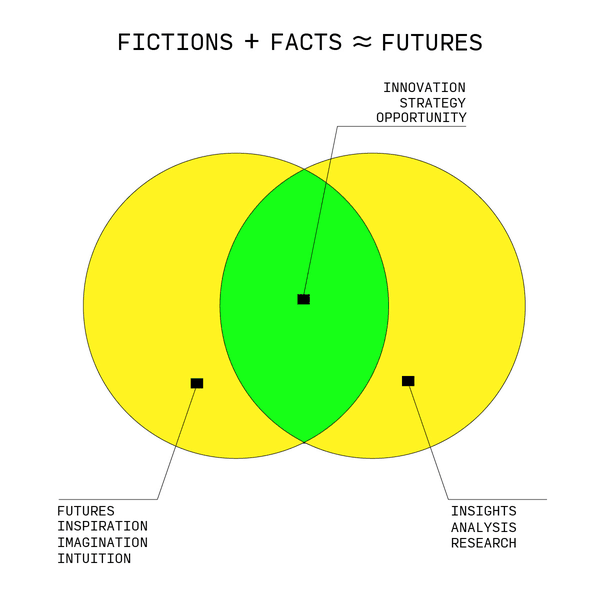
Aug 10, 2024
Design Fiction is an approach and methodology that helps reveal and playfully represent possibilities in the form of pragmatic material artifacts. It does this so as to exercise the imagination, which is the existential capability we have to see/create/conjure the unexpected, unanticipated newness that we call 'inspiration' and 'innovation.' Design Fiction operates in the dynamic space between barely possible and pragmatic reality, playfully messing with the tension between the not true *yet and what could be(come). This approach ignites and inspires the kind of thinking that leads to farm-fresh ideas, while fostering the kind of engaged and thoughtful discussion that just makes one want to build something — to take action. The artifacts created through Design Fiction aren't just imagined scenarios;...
design fictionmetamodernismmetamodernmethodology
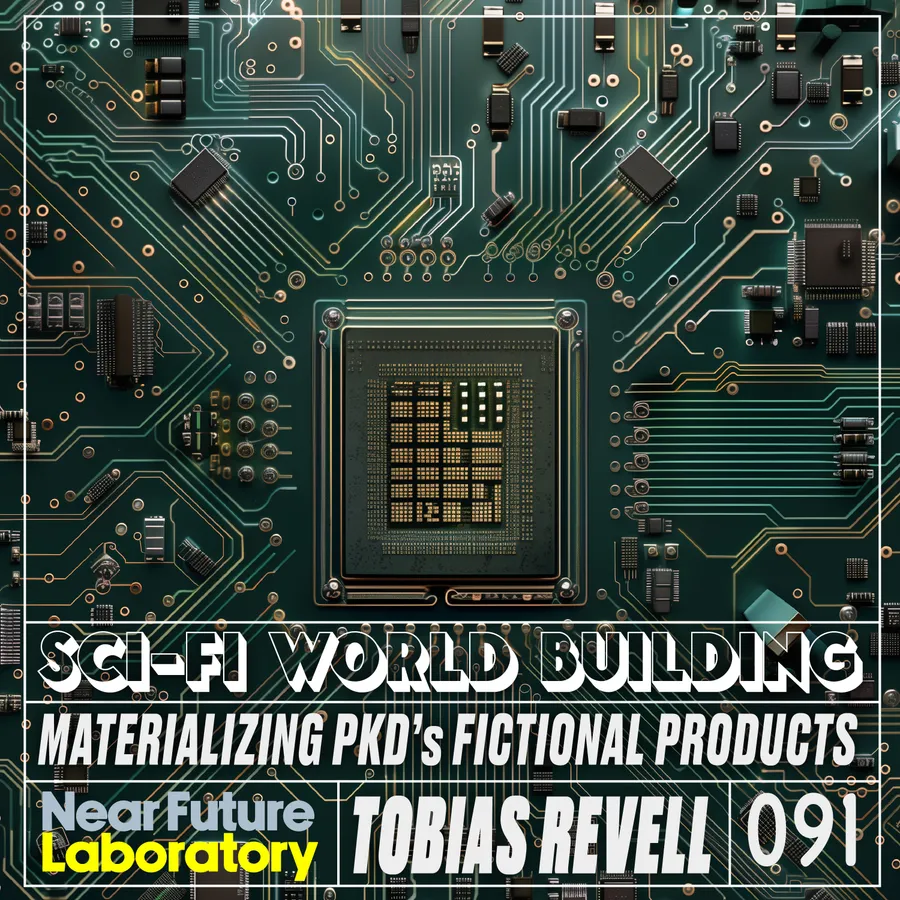
Jul 28, 2024
In Episode 091 of the Near Future Laboratory Podcast, I talk with Tobias Revell and we explore the fascinating intersection of speculative fiction and technological innovation, looking into the imaginative worlds of Philip K. Dick and the film Minority Report. Our dialogue reveals not only the creative visions of PKD, but also the broader implications for how we perceive and shape our future through imaginative storytelling and intelligent design.
science-fictiondesign fictionspeculative designp.k. dickspeculative fiction
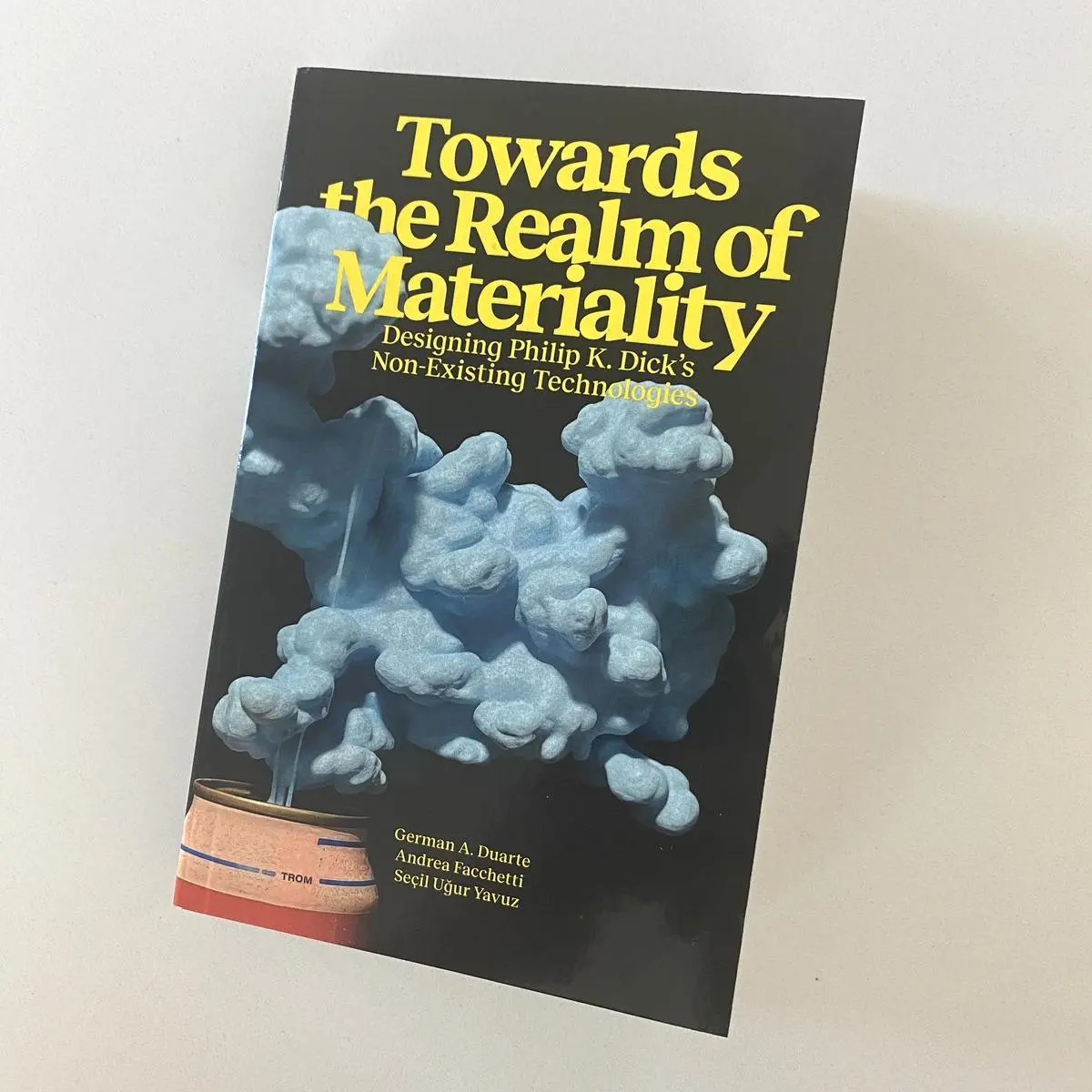
Jul 26, 2024
Imagine giving a consumer electronics company executive a copy of VALIS or Ubik and saying, “Your design brief is between pages 16-48, but I recommend reading this cover to cover..I’d like to manufacture the artifact on page 24, eventually at scale..I’ll need 1,000 units in 9 months to do some test marketing and consumer studies..how much?” Man, I’d love to live in that world where you could write a story as a design brief.
imagine harderscience-fictionspeculative fictiondesign fictionp.k. dick
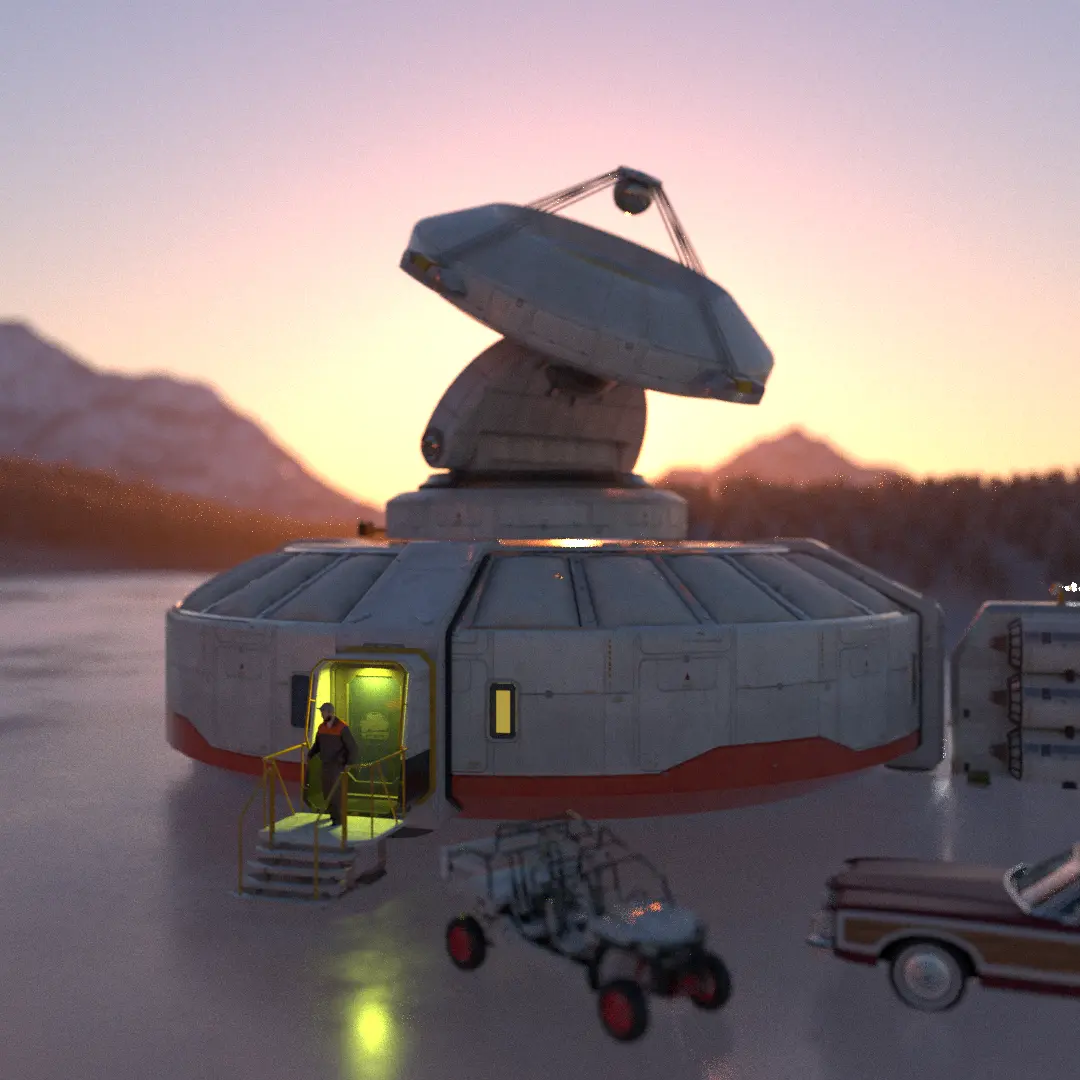
Jul 23, 2024
In October of 2012, a multidisciplinary group of artists, engineers, designers, and speculators spent three days in Detroit to “do” science fiction: tangle up in fact and fiction and engage in curious crosstalk about the things that could be. The goal, then, was to Design Fiction and turn talk into deliberate actions and artifacts; to swerve the present by telling the story of a near future we imagine can be possible.
design fictionmethodmethodologyvideo
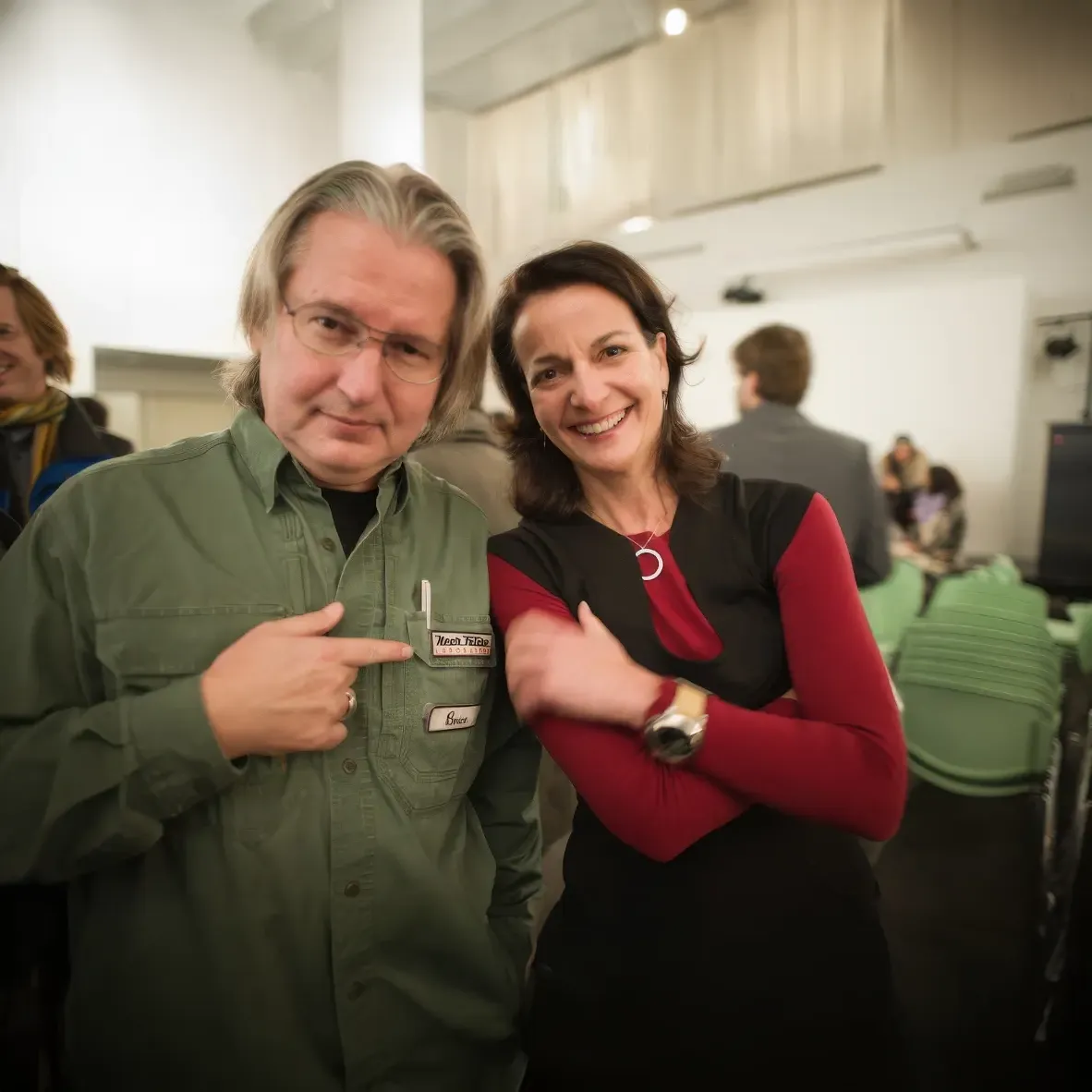
Jul 21, 2024
Design Fiction mingles amongst science fiction, imagination, real-world technology, cultural practices, and audaciously influences popular culture and future technologies. This essay by Emmet Byrne and Susannah Schouweiler highlights the symbiotic relationship between design, science fiction, and the creative process, making the future more tangible and shaping it through rigorous design practices.
design fictionessay
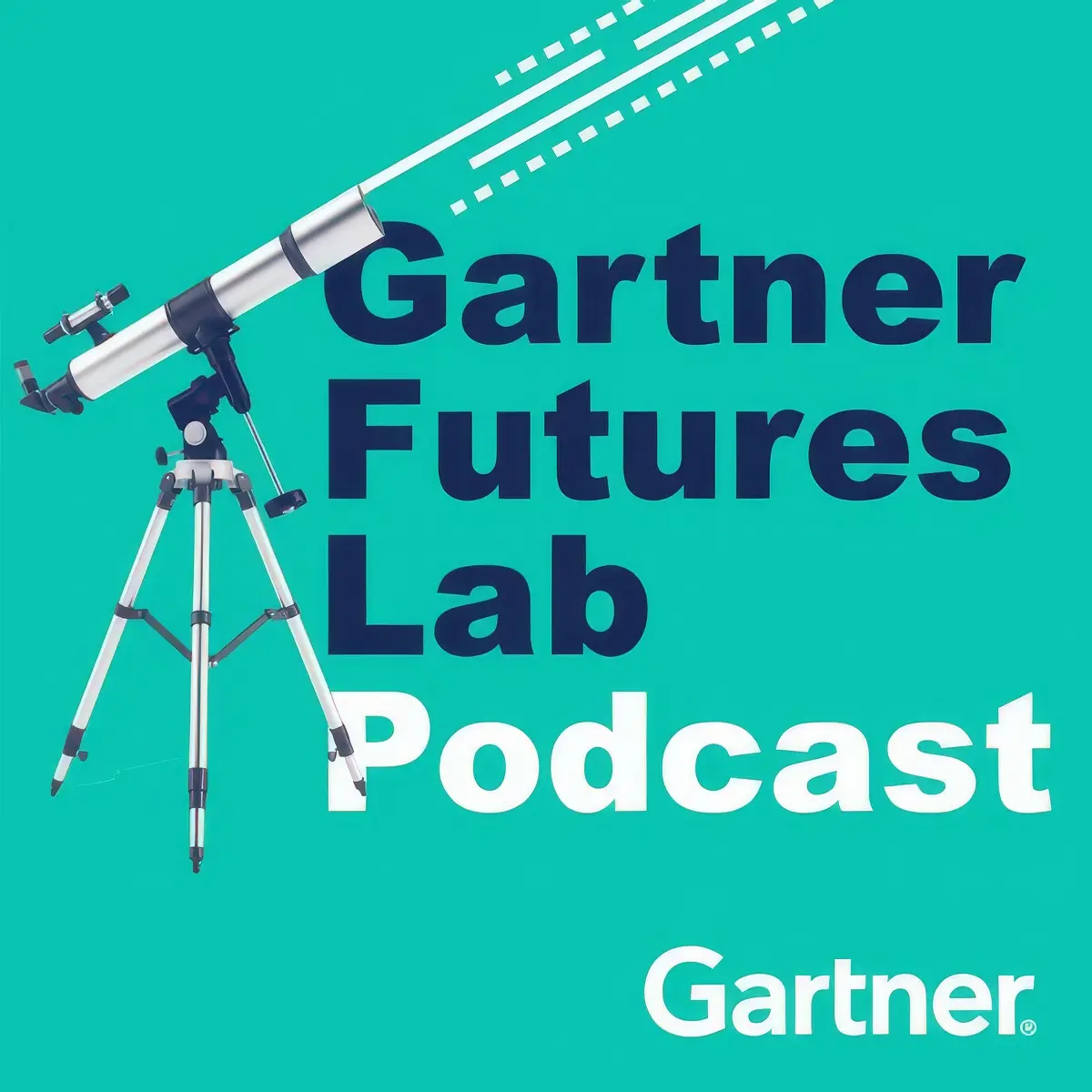
Jul 14, 2024
Communicating future scenarios is often very difficult, but Design Fiction offers an effective tool for meeting that challenge. In this episode of Gartner Futures Lab, we discuss how IT leaders should use design to create tangible and evocative prototypes that inspire conversations about plausible futures.
podcastdesign fiction
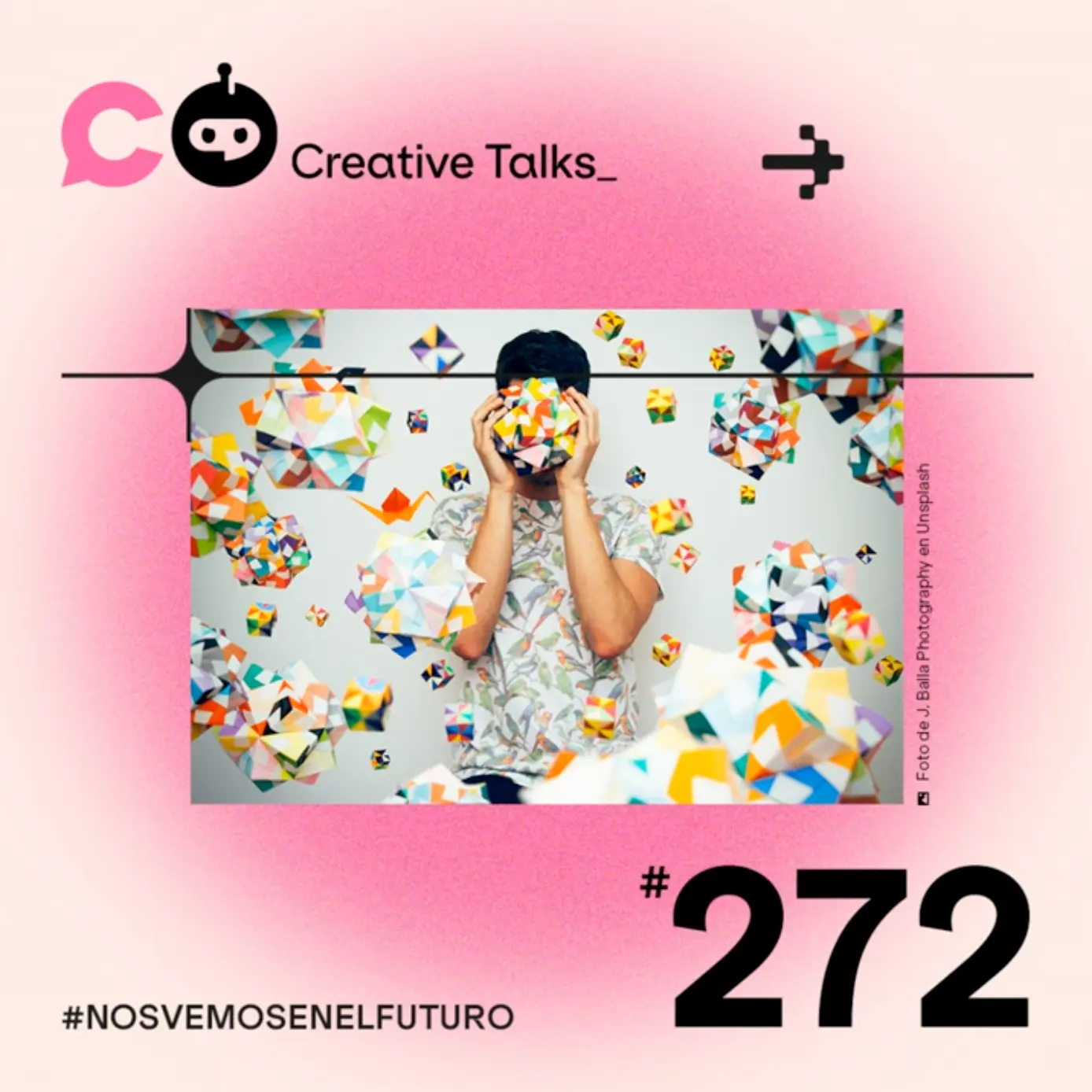
Jun 28, 2024
This conversation goes into the evolving nature of work with the rise of artificial intelligence, exploring predictions of job obsolescence and the need for systemic analysis beyond technological advancements. It features insights from Julian Bleecker of Near Future Laboratory, the discussion highlights the role of 'design fiction' in driving true innovation through human creativity.
podcastcreativityimagination
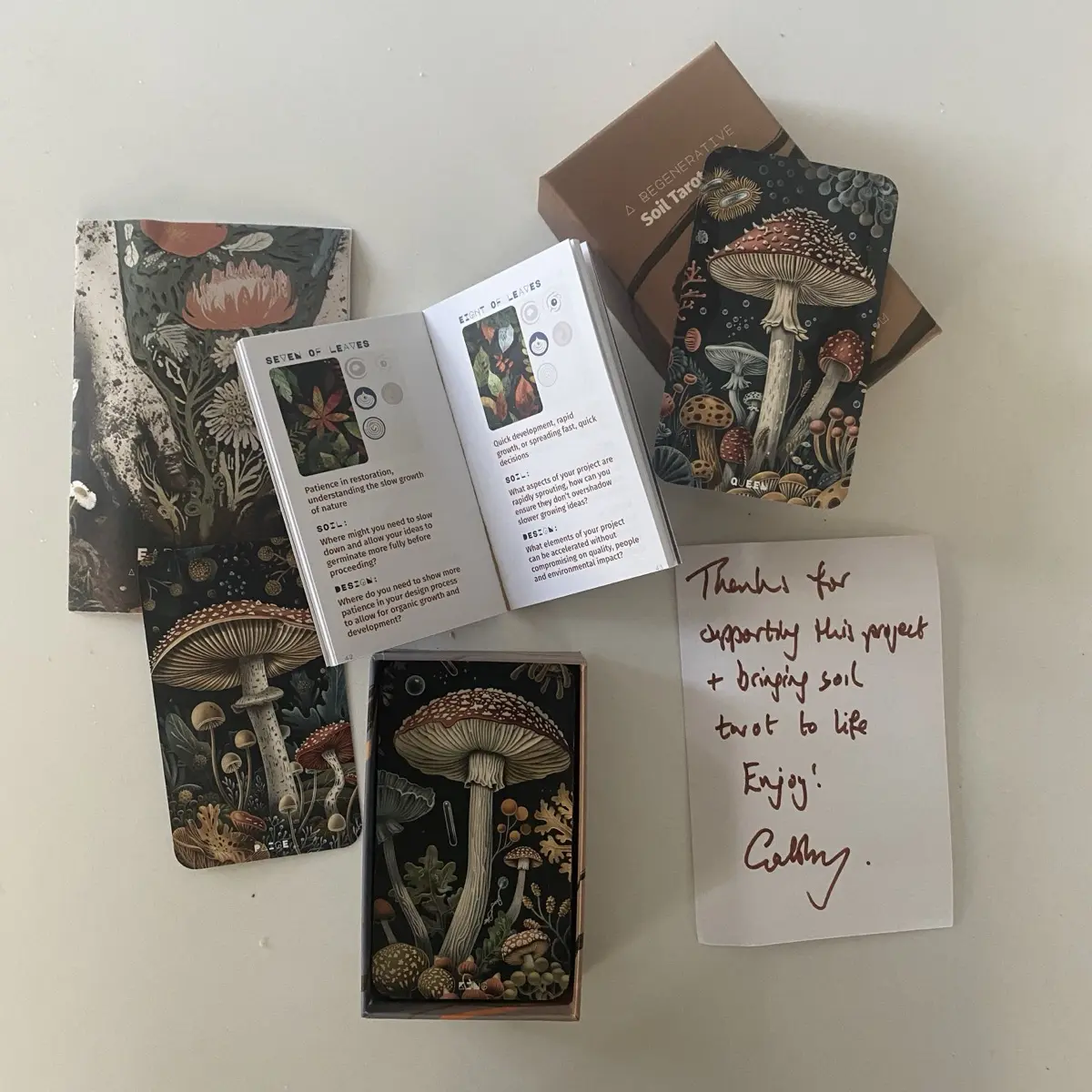
Jun 25, 2024
Grounded Wisdom is a unique tarot card deck that bridges design, ecology, and mysticism. Inspired by 20th-century modernist farming posters, these cards serve as a creative toolkit for designers and eco-conscious individuals, exploring the symbiotic relationship between soil and life. Each card offers questions that spark holistic, regenerative design thinking and offers us a way to consider how ourselves and our designs connect back to the earth.
ideation cards

Jun 22, 2024
Episode 089 of the Near Future Laboratory Podcast is an in-depth conversation with guest Silvio Lorusso, a designer, artist, and writer based in Lisbon. Our discussion centers around the complex relationship between design, disillusionment, and the evolving role of design in society, as Silvio has articulated in his recent book 'What Design Can't Do', a critique of the rhetorical expectations placed upon design.
disllusionmentbookpodcast
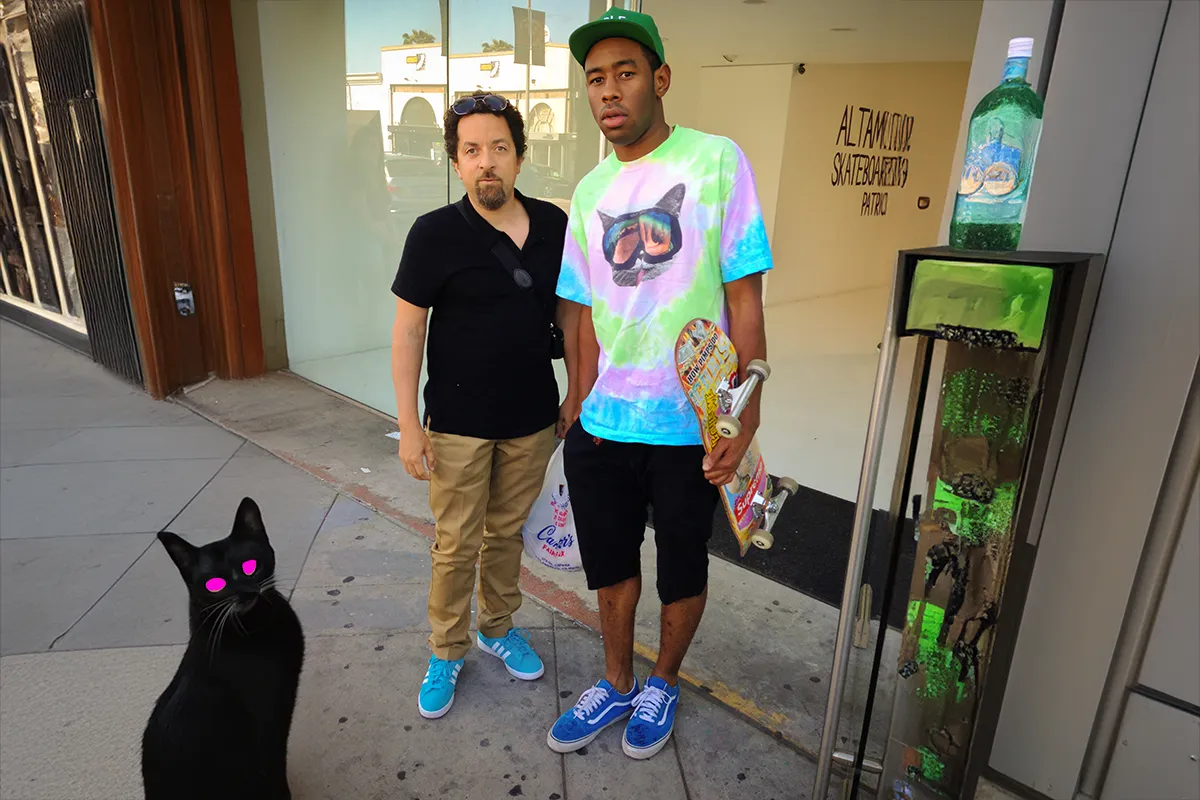
Jun 18, 2024
Why is it a struggle for creatives to self-promote their hard work? I should say 'some' creatives. Perhaps I should say 'most'? Tyler the Creator's bewilderment at why creators shy away from promoting their work, was a poignant consideration of this challenge, and was shared in a post by Yancey Strickler from Metalabel. I share some experiences I've had in this context, including the tragic difficulty co-authors I've worked with had, to the point where the collaboration broke down as they could not do the work. It wasn't a refusal so much as a basic inability to do the mechanics necessary to promote The Manual of Design Fiction. Promoting one's work is part of doing the work, despite the discomfort...
metalabelcreative consciousnessself-promotioncreativity
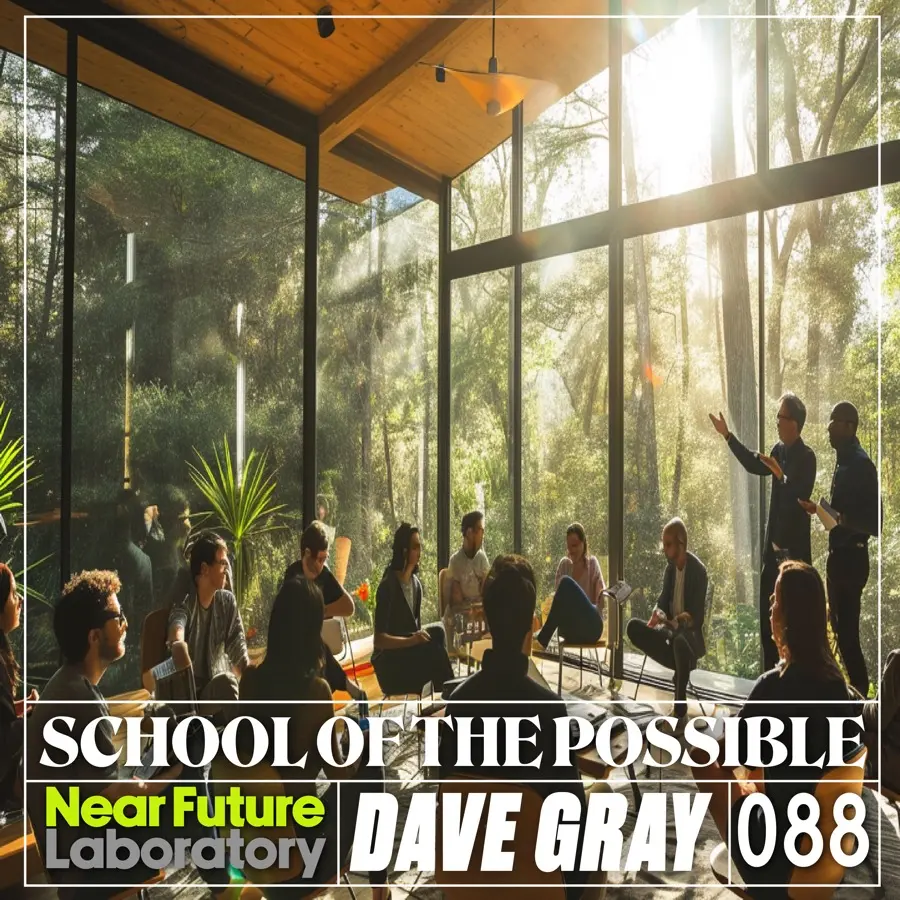
May 08, 2024
..There's no question in my mind that you could create a whole community just around collecting rocks that look like shoes. If you start putting your passion onto the Internet, you're going to attract other people who have similar interests. It's a wonderful machine for that. Or it's a ecology for collecting affinities or attracting affinities. I think once you put a stake in the ground and you kind of start creating a locus of energy around a particular thing, you're attracting other people who have that same interest, and you're also creating that interest in other people.
podcastcreative consciousnesscreativity
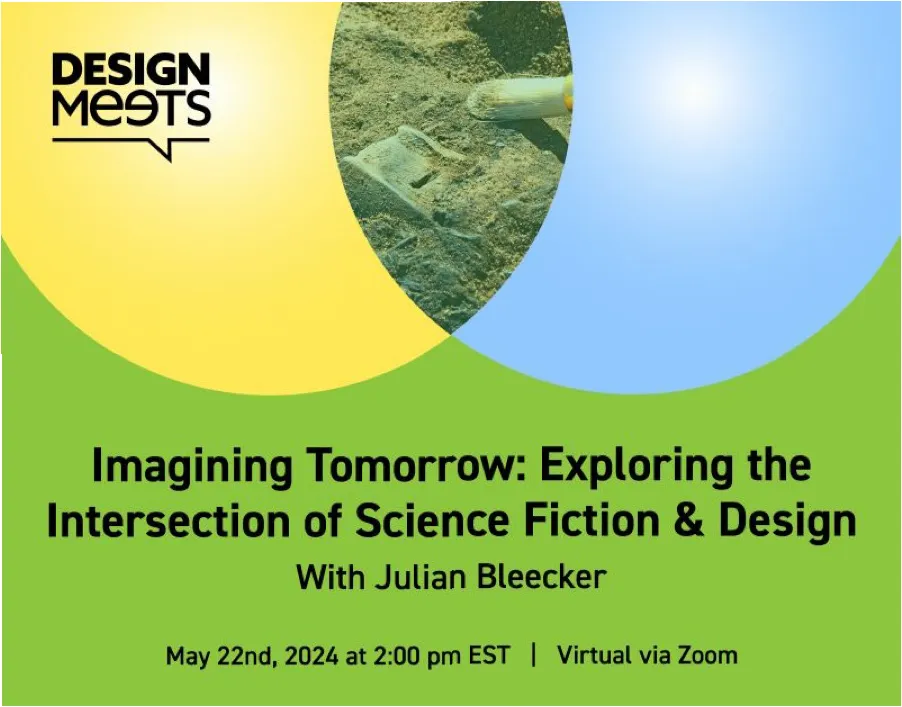
Apr 13, 2024
Design Meets is a Toronto-based and online event about people getting together and sharing their ideas. This presentation by Julian Bleecker will present Design Fiction, a design-led approach to augmenting analytic research by grounding the implications of research into tangible, relatable artifacts.
presentationtalkDesign Fiction
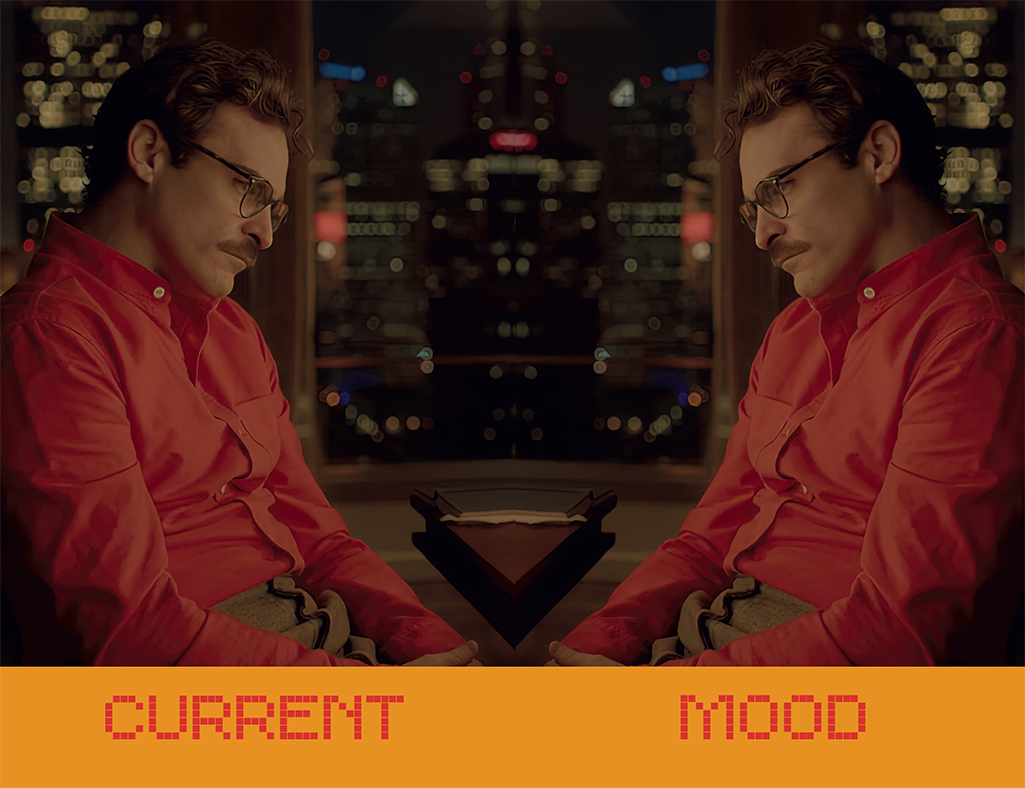
Apr 23, 2024
A short essay on the complexity of the relationship between creativity and commercialism in design, highlighting the need for a collaborative approach between creativity (design, as a catch-all) and structure ('the business') as a strategy for earthly survival.
creative consciousnessrational consciousnessimaginationessay
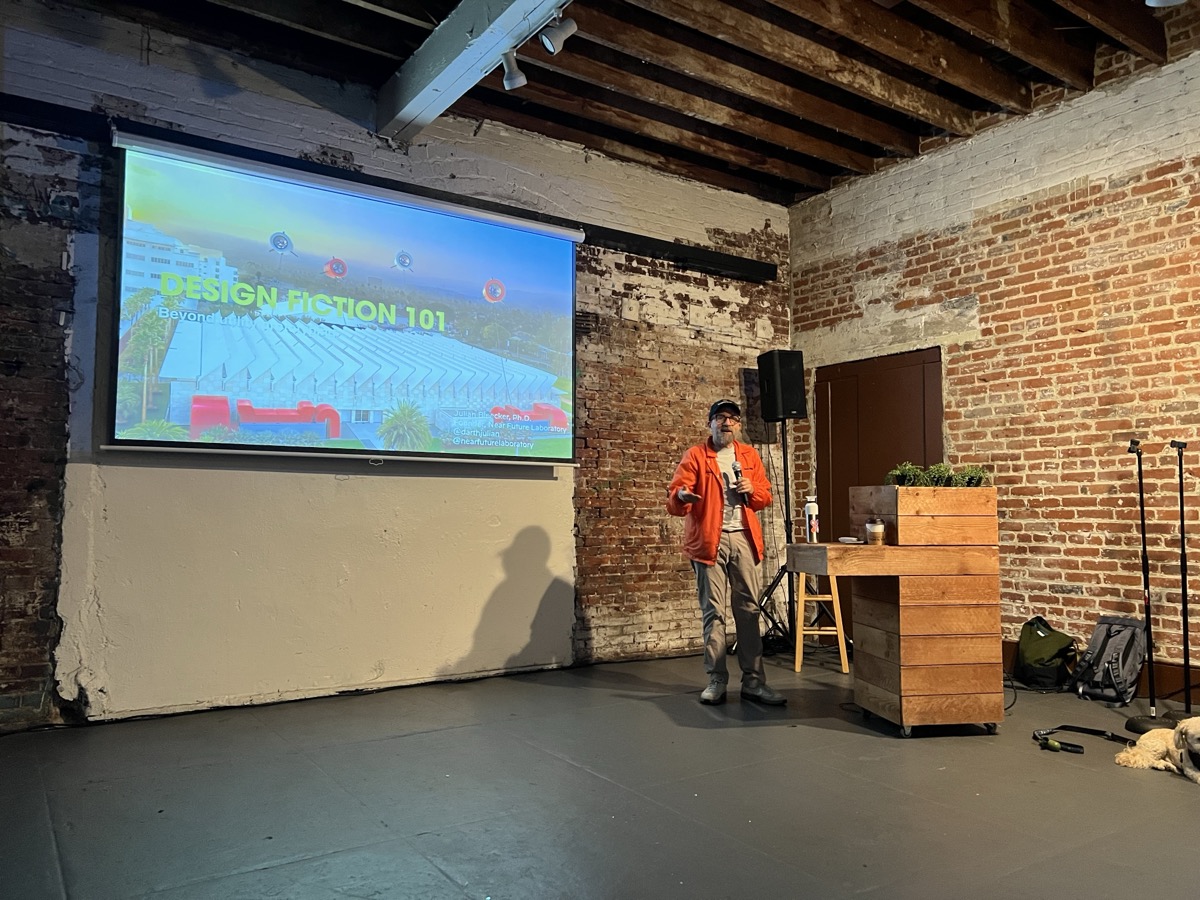
Mar 25, 2024
Causal Islands is about bringing together experts and enthusiasts from many different backgrounds and sharing and learning together. We are creative technologists, researchers, and builders, exploring what the future of computing can be. The LA community edition on Saturday, March 23rd, 2024 has themes of building and running networks together, exploring the future through creativity and poetics of computing, tools for thought and other interfaces for human knowledge, emerging and rethinking social networks, generative AI as a humane tool for people, and the journey of building a more distributed web.
unconferencetalkart+technology
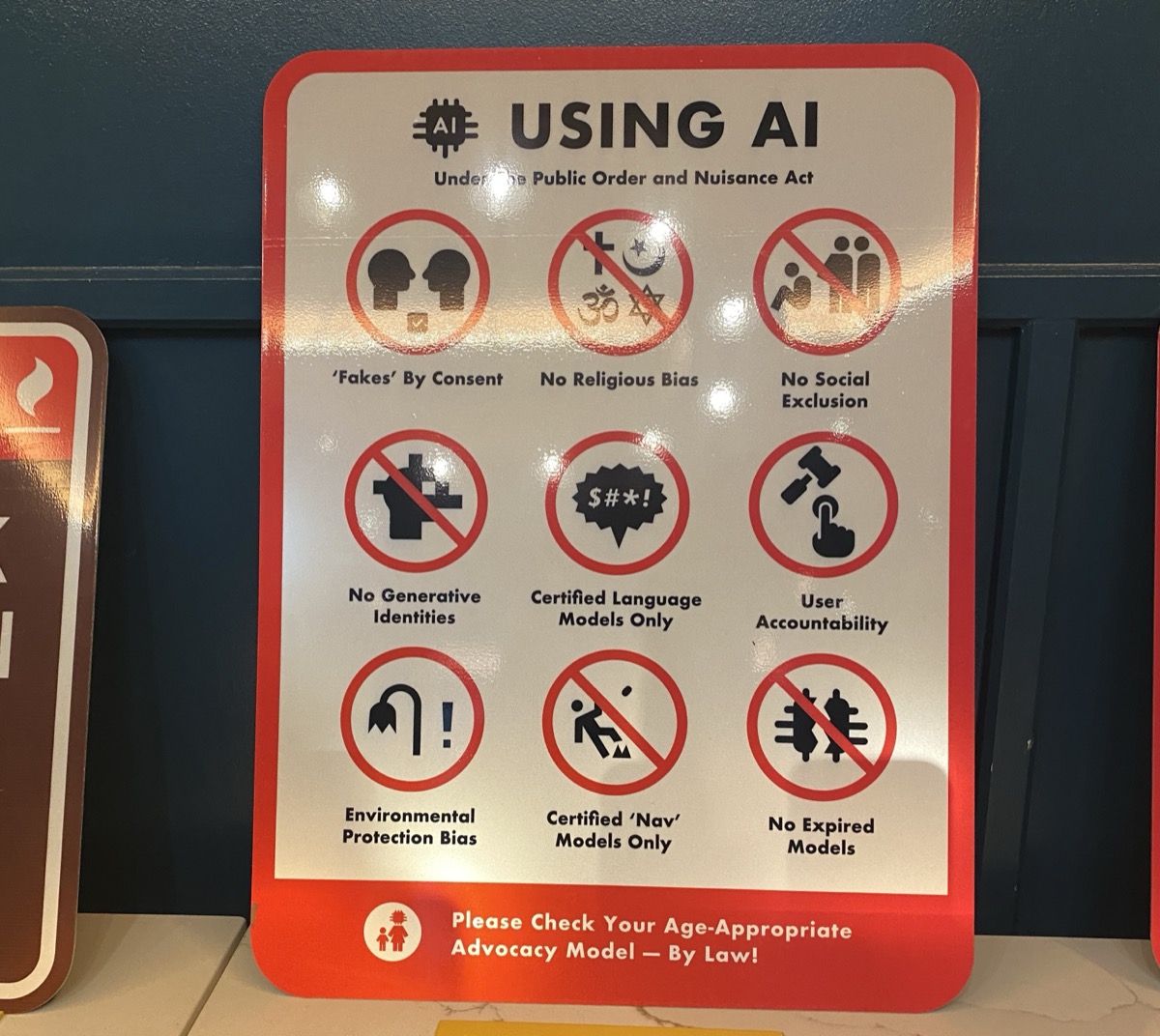
Mar 12, 2024
Signs of change workshop at SxSW South by Southwest 2024 where we use Design Fiction to imagine the implications of change using the typical street sign as the grounding artifact, or as an archetype that helps with the hard work of imagining change.
Design FictionarchetypeworkshopUrban Design
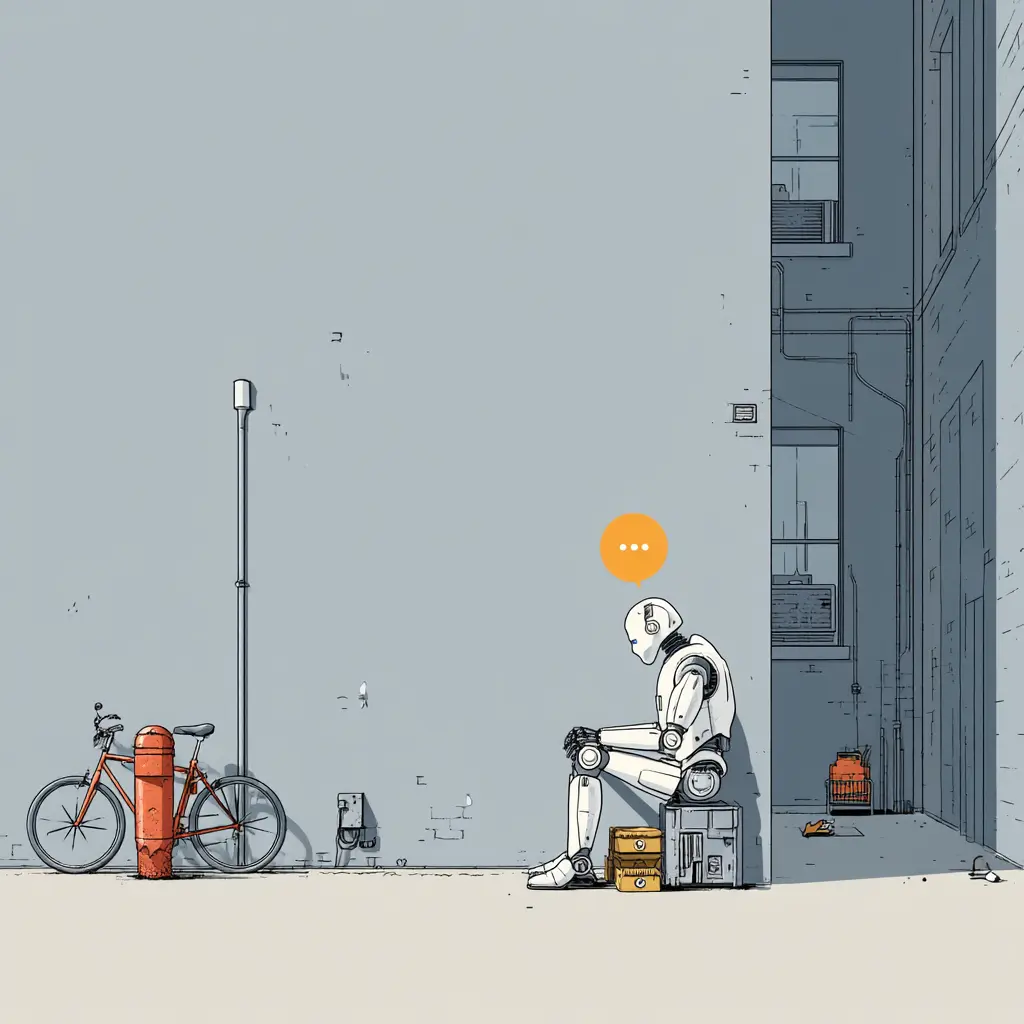
Mar 08, 2024
Poetry, Python, Prototyping, Play and technology, where AI-generated poems come to life through Eleven Labs' voice synthesis. This was a bit of a journey of creating a Python program that could build daily poems, generate the audio, create a little animation and then drop off the whole package to be shared.
eleven labschatgptpoetryartificial intelligenceprogrammingprototypepythonsketching in hardware

Mar 07, 2024
Let's use Design Fiction to wonder what might be for breakfast in a future in which AI is as normal, ordinary, and everyday as 10 minute pizza delivery and wheels on luggage and the other benefits brought by technology innovation? Join us for General Seminar where we will be discussing artifacts that might appear in a magazine from an AI future.
design fictiongeneral seminarevents
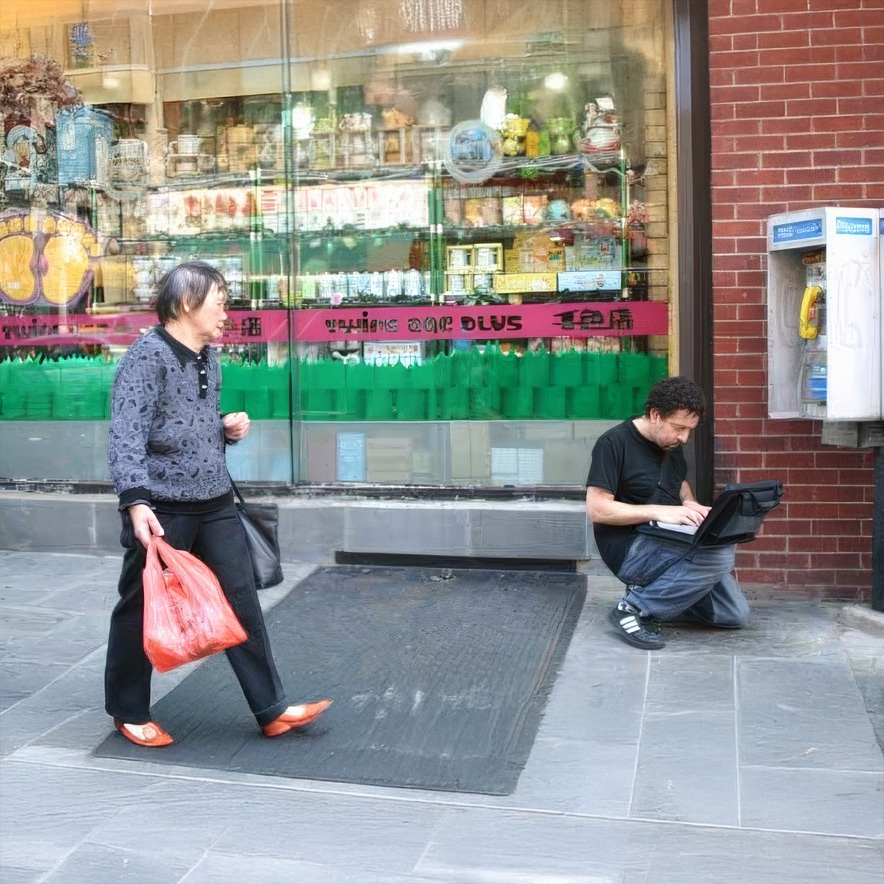
Mar 02, 2024
Julian Bleecker combines OpenAI and ElevenLabs to generate an AI created daily poem, blending technology with creativity and design fiction sensibilities with a hint of psychogeography.
AudioArtificial IntelligenceprogrammingPythonOpenAIChatGPTElevenLabsPsychogeographyvideoGenerative AIPoetryArt+Code
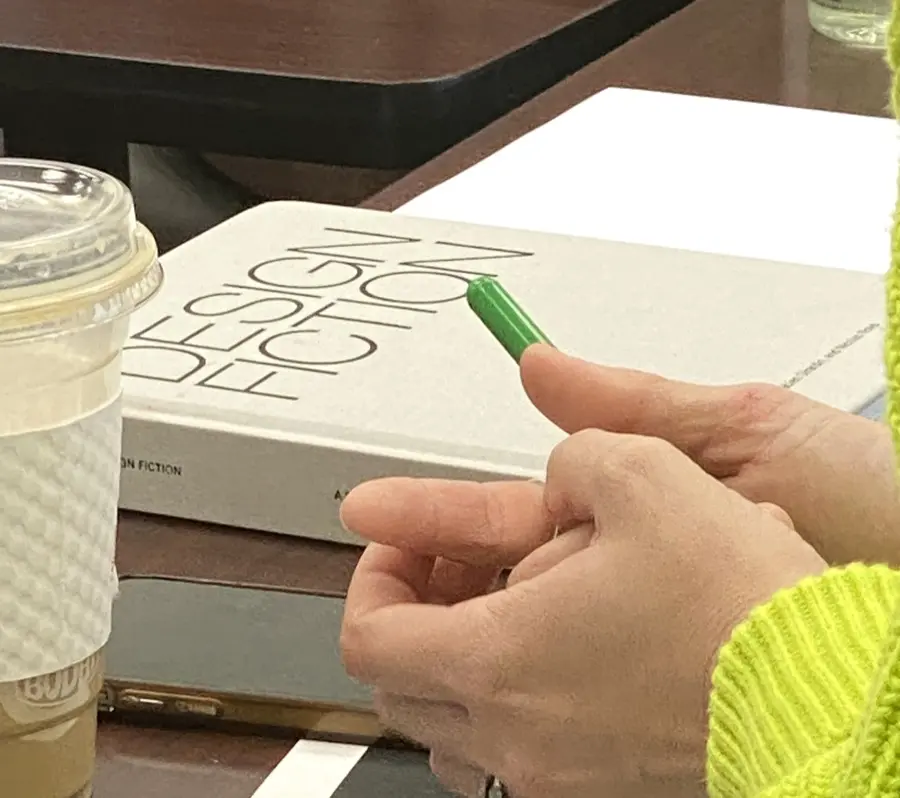
Feb 29, 2024
Julian Bleecker, BSEE, MSEng, Ph.D. visited Chapman University on February 28, 2024, to deliver the annual Bensussen Lecture in the Arts Series, invited by Professor Justin St. P. Walsh. The visit included engaging with students and faculty who have integrated Design Fiction into their curriculum, demonstrating the impact of Near Future Laboratory's work.
lecturekeynotedesign fiction
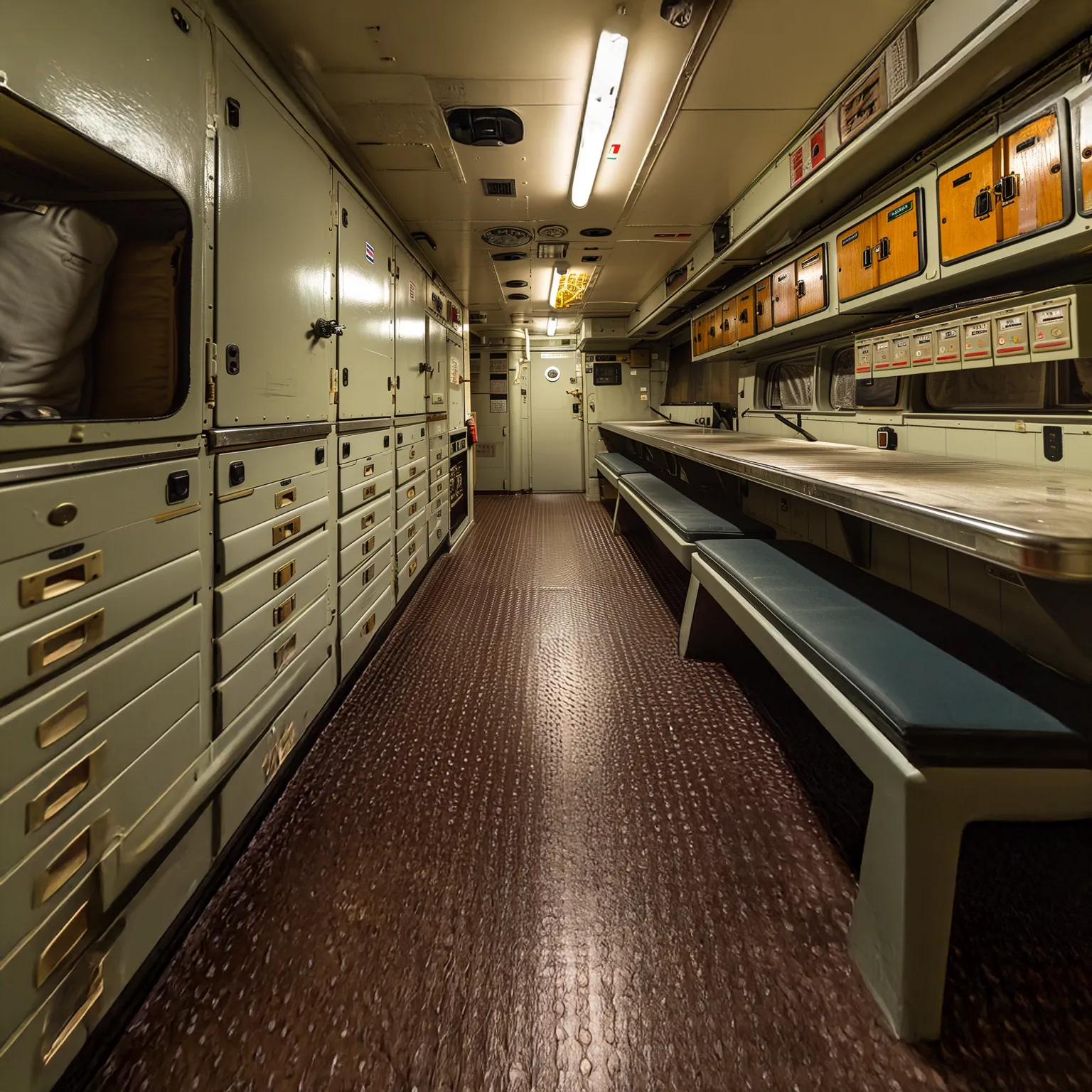
Feb 25, 2024
Week 7 of 2024 at the Near Future Laboratory from the Discord. Highlights include advancements in artificial intelligence in healthcare, ethical AI licensing, speculative design fiction, innovative product design narratives, and the latest on critical and emerging technologies. It was a week filled with thought-provoking content on AI, design fiction, speculative futures, and more, shared by a creative community passionate about shaping the future.
weeknotes
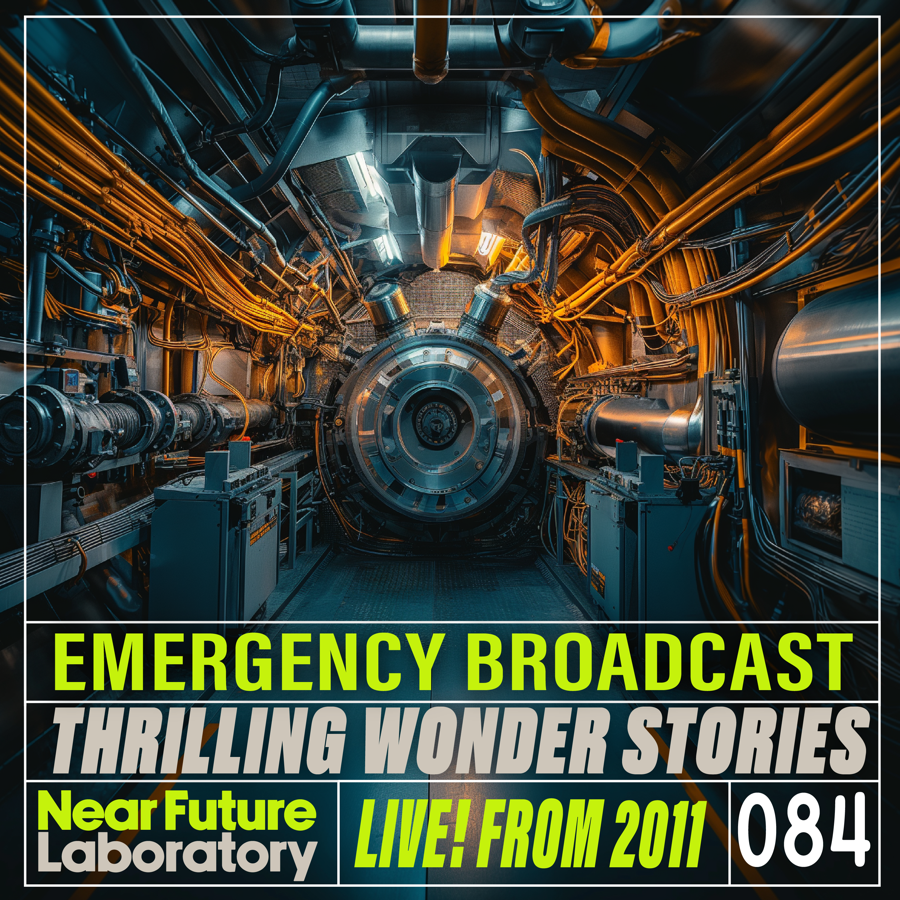
Feb 17, 2024
Near Future Laboratory Podcast Episode 084 Thrilling Wonder Stories is a podcast that delves into the intersection of science, technology, and the arts. It features discussions on a wide range of topics including consciousness, film special effects, artificial intelligence, and science fiction. The podcast aims to explore futuristic ideas and the potential of human creativity through insightful dialogue. It's a resource for listeners interested in speculative concepts and the exploration of how technology influences society and culture.
podcastscience-fictiondesign fictiontalkvideopanel
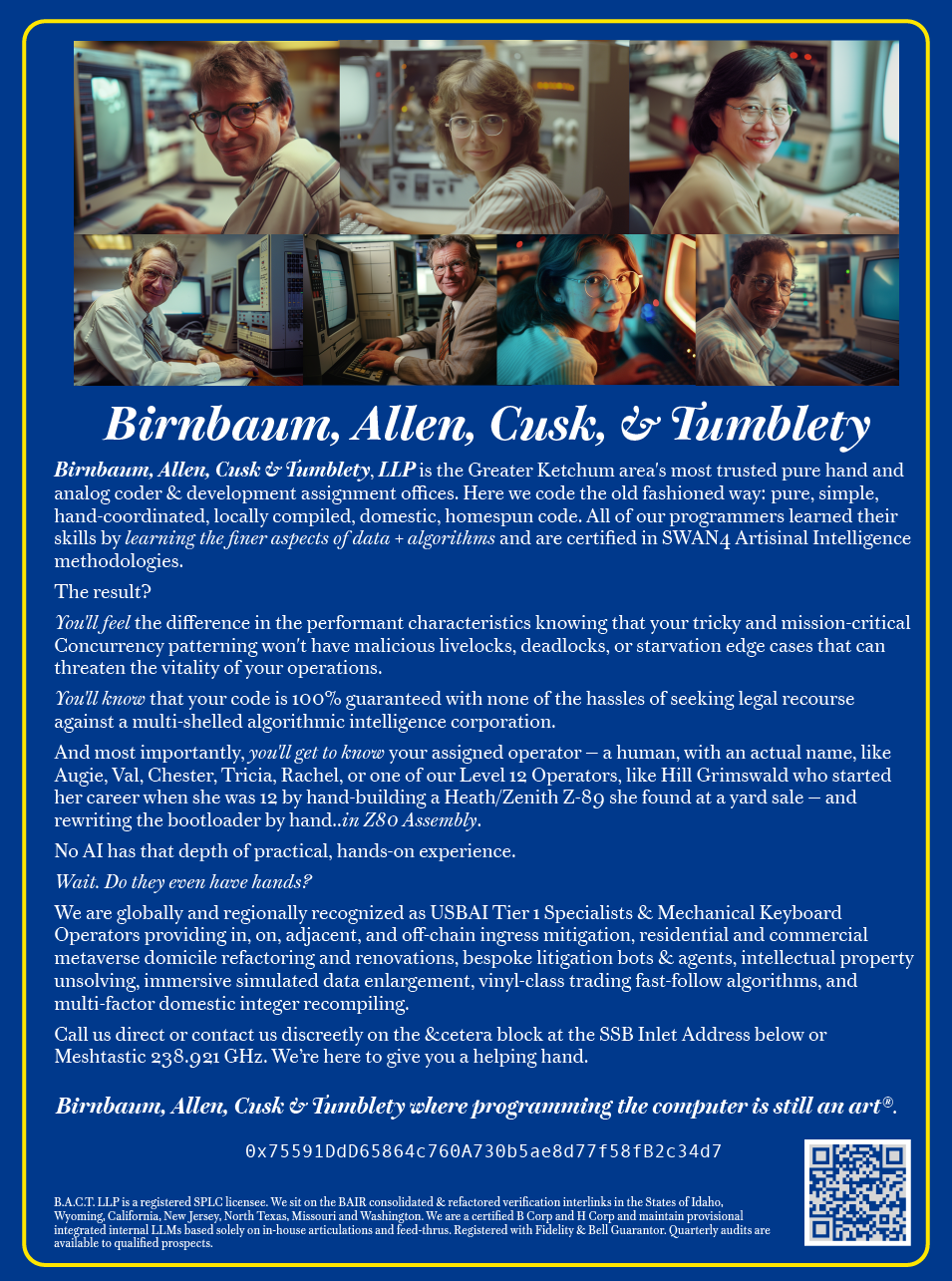
Feb 15, 2024
Read about the creation of an iPhone app that points users towards the center of the galaxy, highlighting the ease of technology use and development with AI tools. The post also discusses the impact of AI on traditional programming skills, including perspectives on the future of coding craftsmanship and the debate over technology's role in democratizing innovation versus diminishing expert skill sets. Features reflections on personal achievements in technology and the philosophical implications of AI in programming.
artificial intelligenceprogrammingfuture of workdesign fictionadvertisement
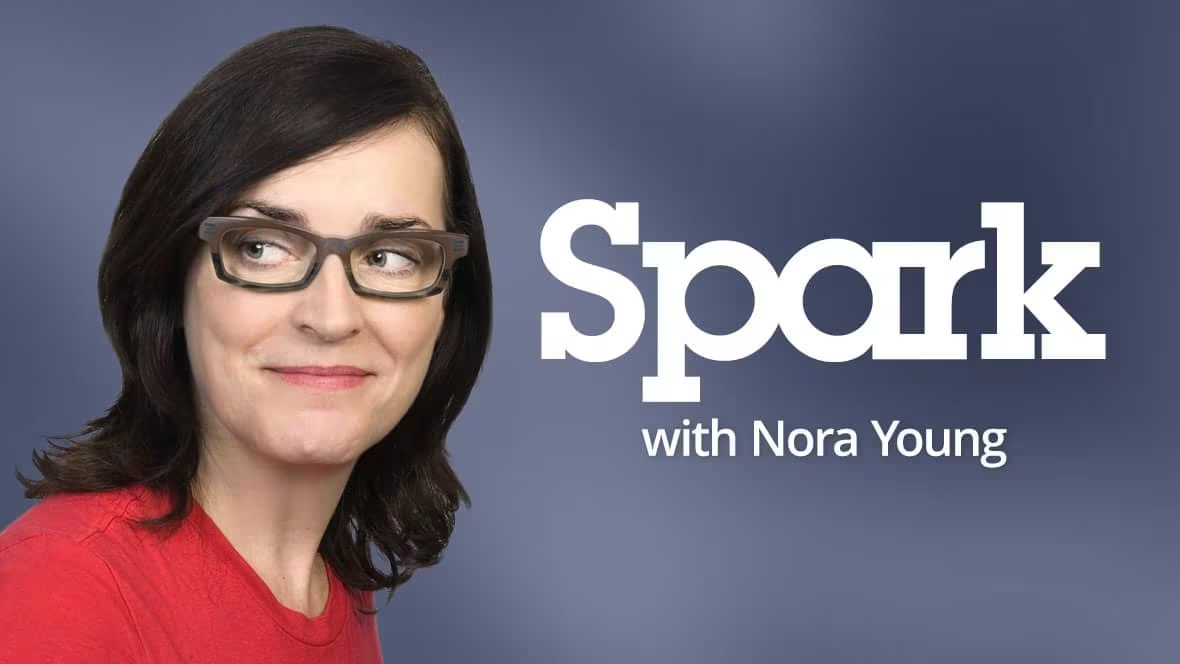
Feb 12, 2024
Imagination is often dismissed as childish, or a frill. But it also lets us picture alternative futures, and technologies that haven't been invented yet. So how do we harness our imagination? And in an age where Big Tech promises to solve our problems for us, how do we use our imaginations to build the futures we want?
imaginationartificial intelligencetechnology ethicsalternative futurespodcastaudiointerview
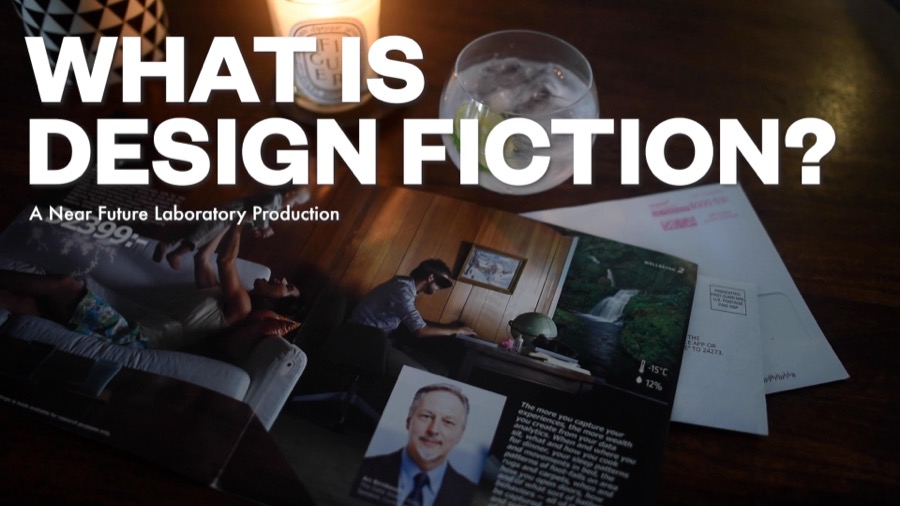
Feb 01, 2024
What is Design Fiction? Design Fiction uses sci-fi and design to create prototypes, envisioning future possibilities and their impacts. It helps organizations think beyond current trends, fostering a deeper understanding of potential technological and societal changes through tangible artifacts.
Design FictionMethodsvideo
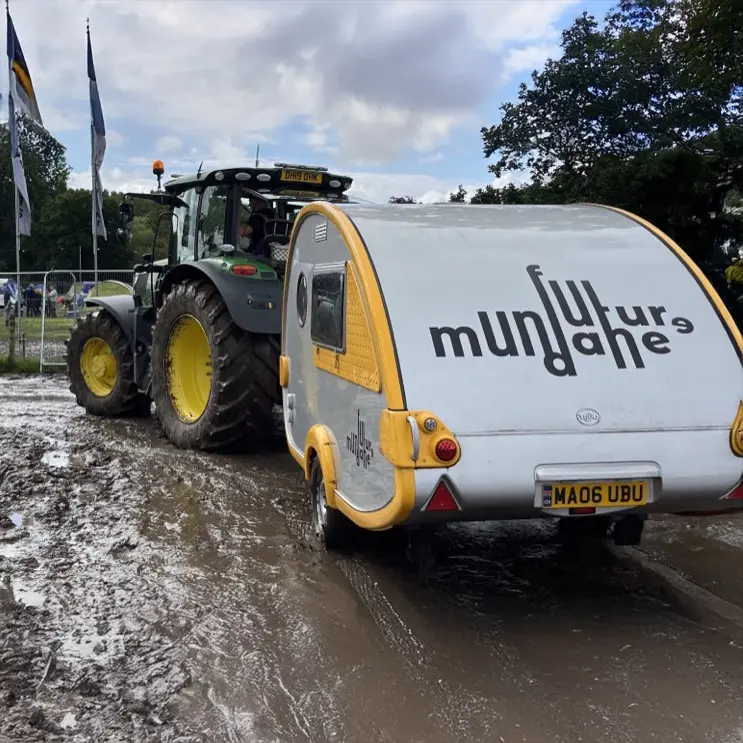
Nov 23, 2023
“Future Mundane” is a term coined to describe a Design Fiction approach that focuses on the normal, ordinary, everyday aspects of future scenarios. It involves exploring how emerging rituals, practices, artifacts, devices, technologies might integrate seamlessly into daily life, becoming mundane and almost invisible in their functionality; they become as normal as wheels on luggage, or televisions we talk to. Future Mundane is related to Design Fiction in the sense that both concepts involve speculative thinking about the future, but Future Mundane specifically emphasizes the subtle and unobtrusive integration of technology into everyday routines. It offers a unique perspective on how future innovations could blend seamlessly into our lives, contrasting with more dramatic or disruptive visions of the future often...
design fictionfuture mundaneeveryday futuresquotidian futuresnormal futuresapplied futuresapplied sensemaking
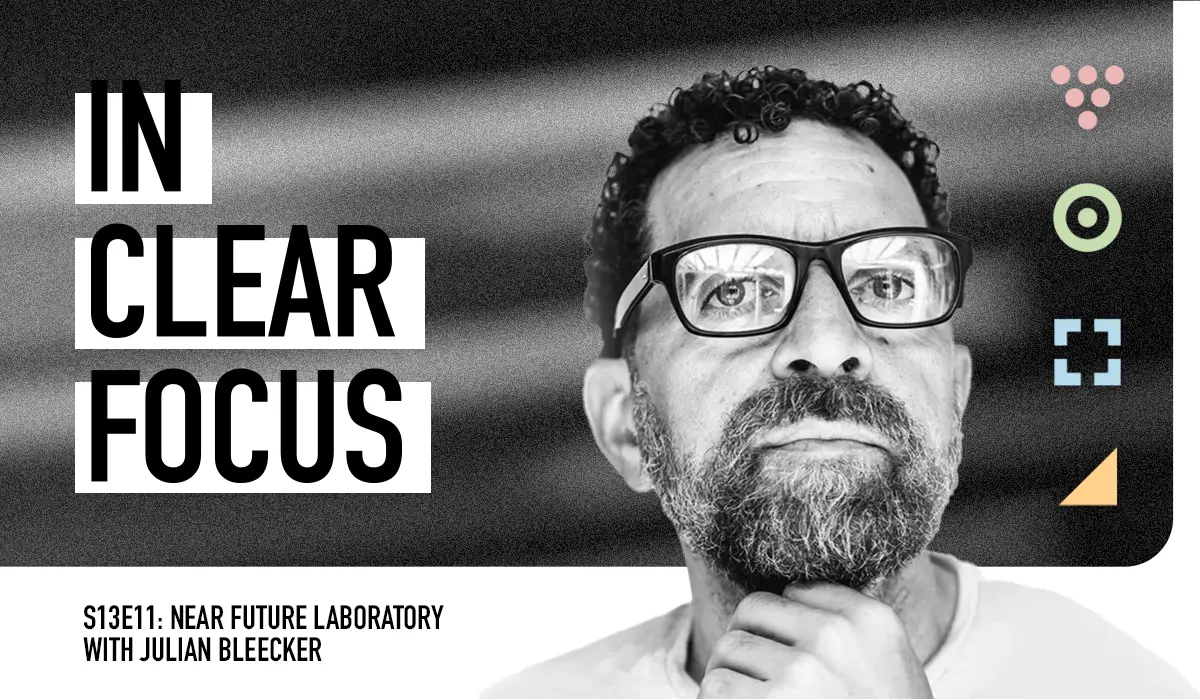
Jan 03, 2024
Julian Bleecker explains the development of Design Fiction, a method he pioneered for imagining future scenarios through the creation of tangible artifacts. Julian discusses some of the ways the practice can help guide decision-making and its uses in strategy and communication. Julian invites listeners to explore this interdisciplinary approach through publications and the , a community applying Design Fiction principles to a broad range of projects.
design fictionpodcastcreative strategymarketing

Dec 27, 2023
Julian Bleecker explains the development of Design Fiction, a method he pioneered for imagining future scenarios through the creation of tangible artifacts. Julian discusses some of the ways the practice can help guide decision-making and its uses in strategy and communication. Julian invites listeners to explore this interdisciplinary approach through publications and the community applying Design Fiction principles to a broad range of projects.
Design Fictionpodcastmarketing
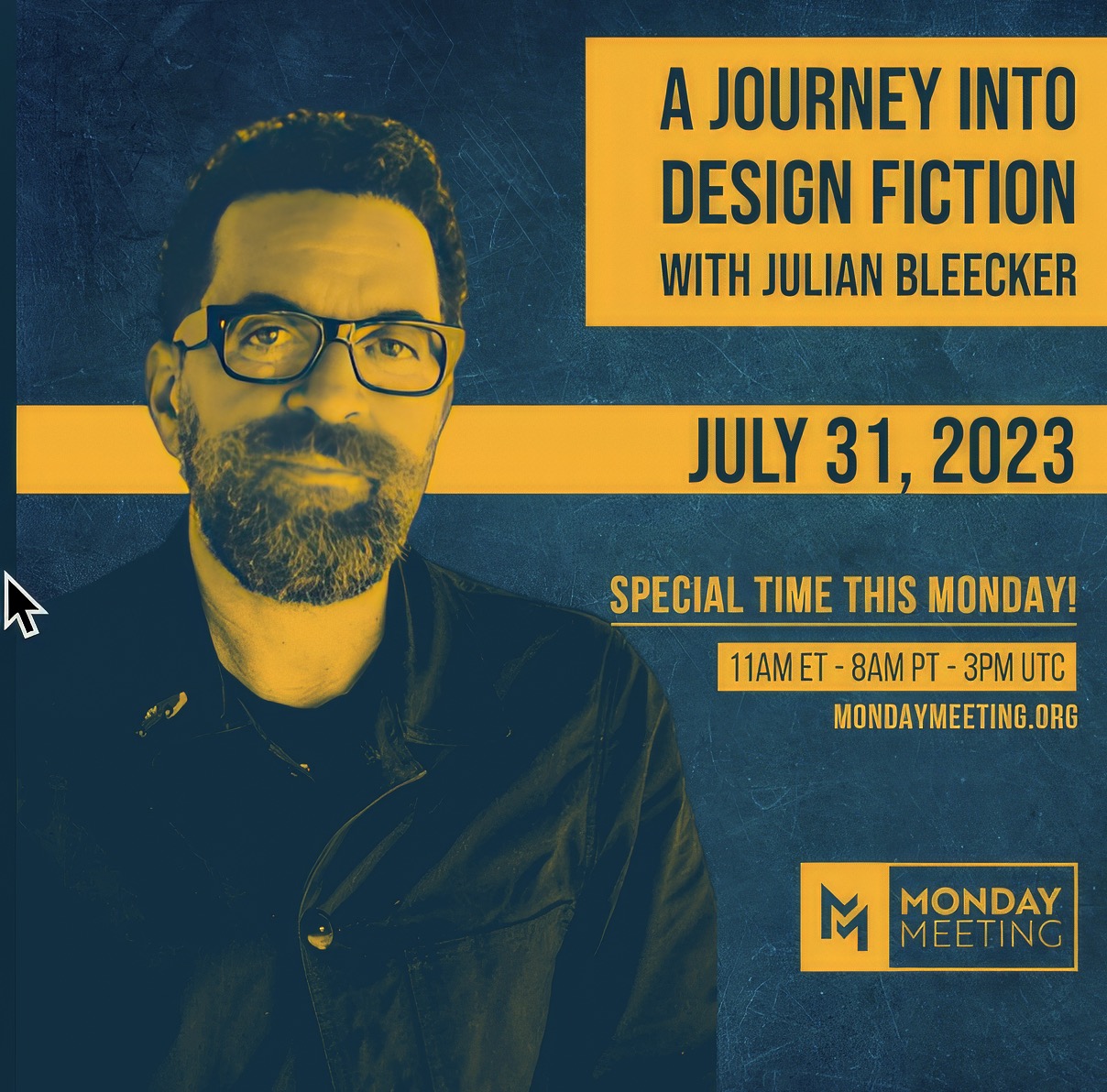
Jul 31, 2023
This podcast episode with Julian Bleecker discusses design fiction, emphasizing speculative design's role in projecting future possibilities and its influence on current design practices, highlighting the relevance of visual creativity and the intersection with technology.
podcastcreativitycreative consciousness
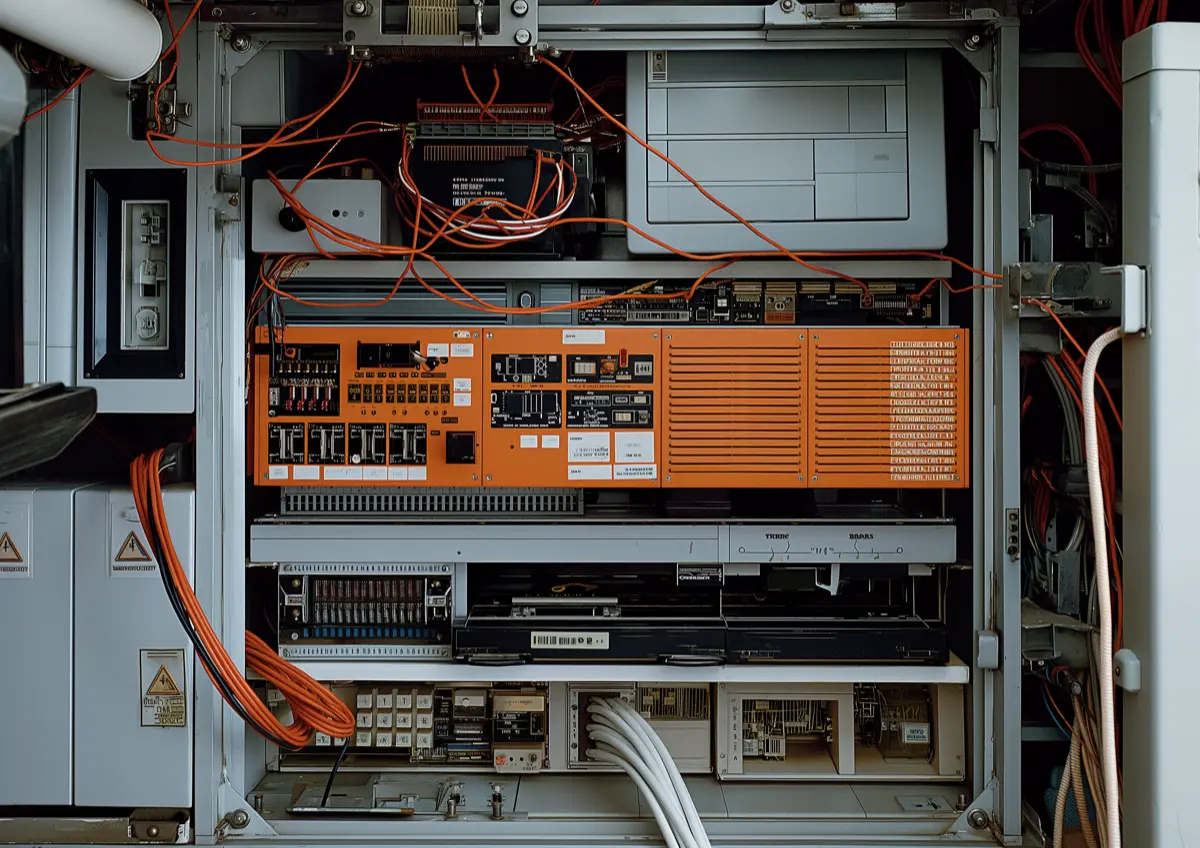
Jul 15, 2023
Normal, ordinary, everyday futures — a futures sensibility and approach to futuring that emphasizes realistic and grounded visions of the future, focusing on ordinary, everyday experiences rather than fantastical, science fiction-inspired depictions. It highlights how future societies will be shaped by the accumulation of past and present elements, showcasing a world that is accretive, filled with familiar objects, routines, and imperfections. By embracing this notion of Future Mundane, designers and futurists aim to create relatable, achievable futures that acknowledge the complexity and flaws inherent in real life.
design fictionfuture mundanefutures thinking
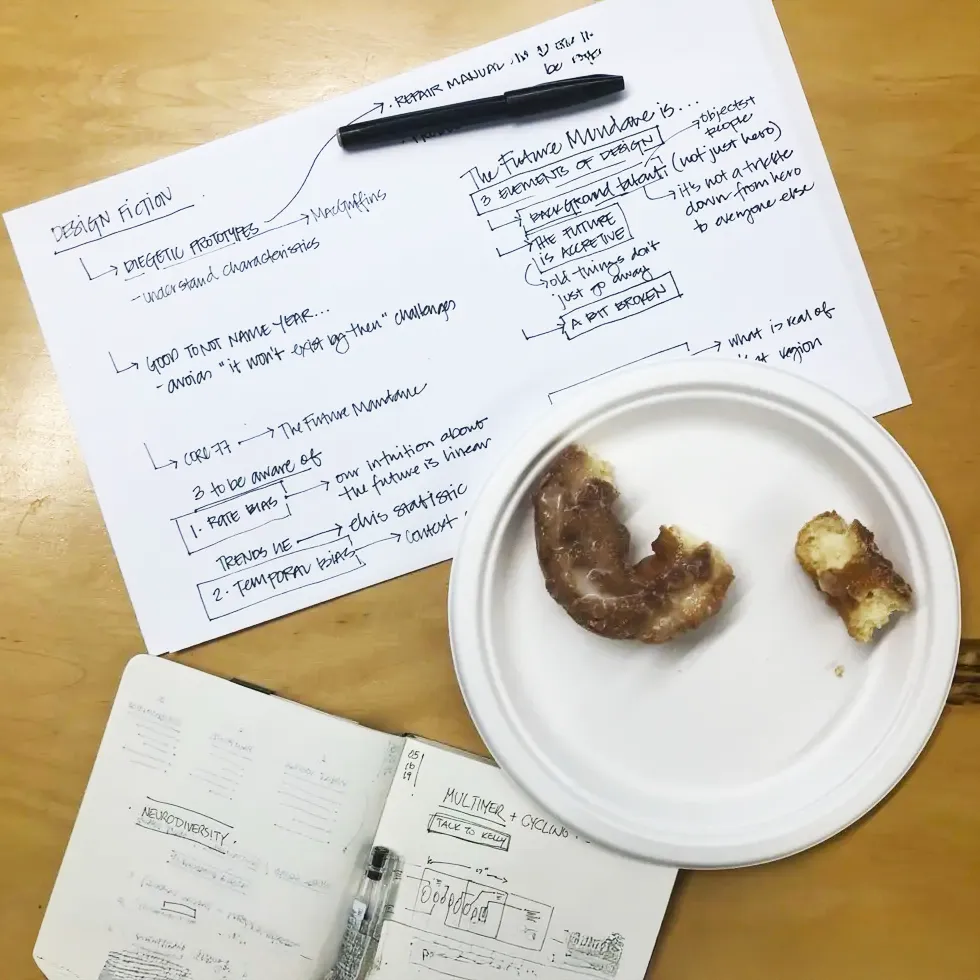
Apr 28, 2023
The Future Mundane concept is a valuable transformation as to how we think about possiblity and possible futures by emphasizing the normal, ordinary, everyday aspects of life that are often overlooked in traditional grand-scale future visions. Unlike these glossy utopian projections, the Future Mundane has us imagine into a future that is relatable and rooted in the familiar rhythms of daily life. By doing so, it creates a bridge between where we are now and where we could be, making future scenarios more attainable and actionable.
future mundanedesign fiction
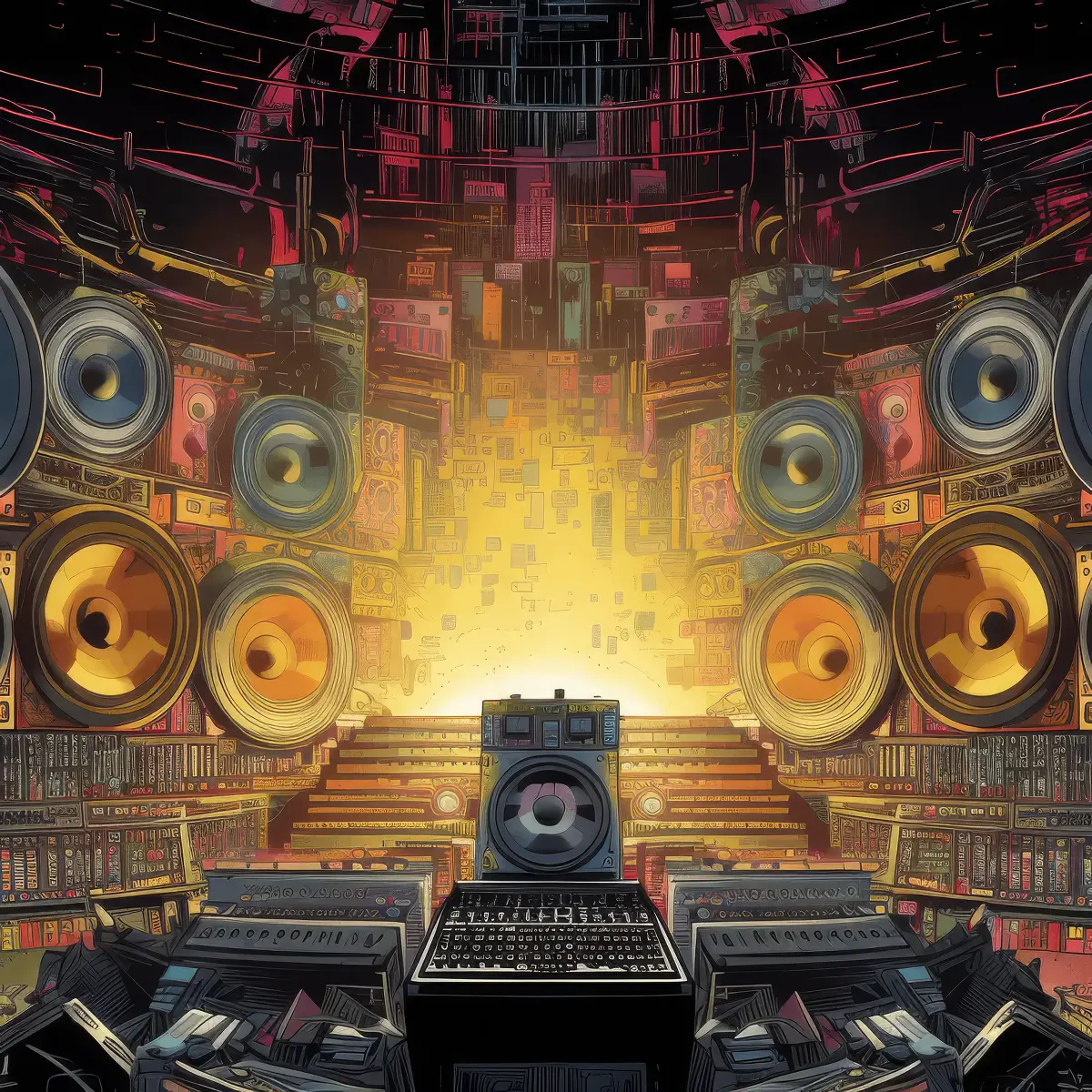
Apr 08, 2023
In this episode of 'The Futurists,' co-hosts Brett King and Rob Tercik discuss with Julian Bleecker, co-founder of Near Future Laboratory, his unique approach called 'Design Fiction.' They explore the imaginative process of depicting future scenarios through objects, advertisements, and everyday experiences, akin to archeological finds from the future. The conversation delves into the intriguing aspects of AI, social impacts, and the transformative potential of technologies like psychotropics and blockchain. Julian also shares insights into his past work with Nokia and the relevance of iconic brands like IKEA in envisioning future products.
podcastdesign fiction
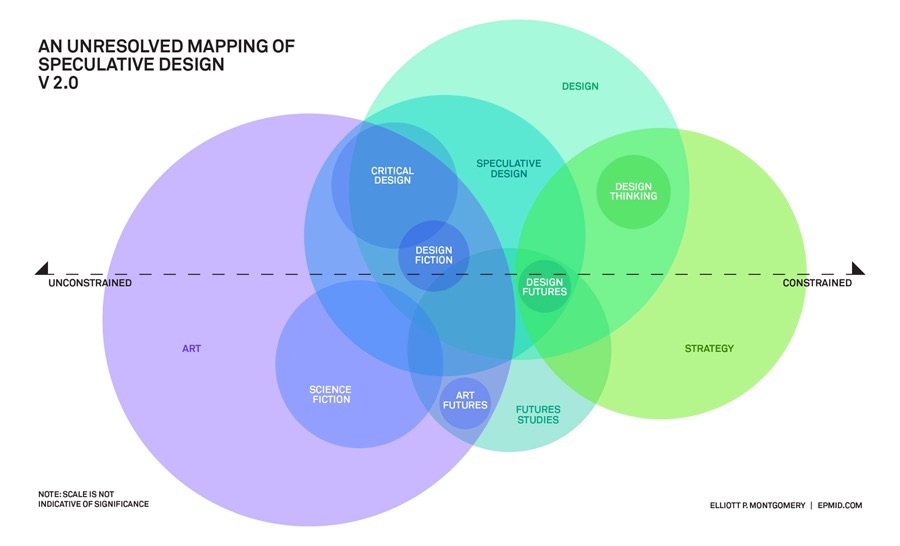
Jul 04, 2022
I describe the essence of design fiction through an exploration of material culture as a lens for envisioning future possibilities. This short essay delves into how everyday objects, from breakfast cereal to speculative artifacts, serve as powerful tools for understanding potential future scenarios without resorting to grandiose predictions. Learn how design fiction creates a bridge between tangible objects and speculative futures, inviting deeper reflection on the implications of emerging technologies and societal trends. Much of this forms the basis for my book It's time to Imagine Harder
Design Fiction

Dec 07, 2021
Human imagination has a unique role in envisioning change and different futures. Imagination is what takes us from status quo to unexpected beauty and visionary opportunities.
I once heard — so it’s hearsay and anecdotal, but maybe useful as a provocation — that one of the unique qualities of human consciousness is an ability to imagine as if things were otherwise, or other than things are. That is, we have a unique ability to imagine change.
Is that true? Is it unique? Or is it hubris, because a human is likely the agent that said, or wrote such a thing? It certainly is self-satisfying to imagine that we’re a species, and uniquely advantaged over all the other species.
I once heard — so it’s hearsay and anecdotal, but maybe useful as a provocation — that one of the unique qualities of human consciousness is an ability to imagine as if things were otherwise, or other than things are. That is, we have a unique ability to imagine change.
Is that true? Is it unique? Or is it hubris, because a human is likely the agent that said, or wrote such a thing? It certainly is self-satisfying to imagine that we’re a species, and uniquely advantaged over all the other species.
design fictionimagination
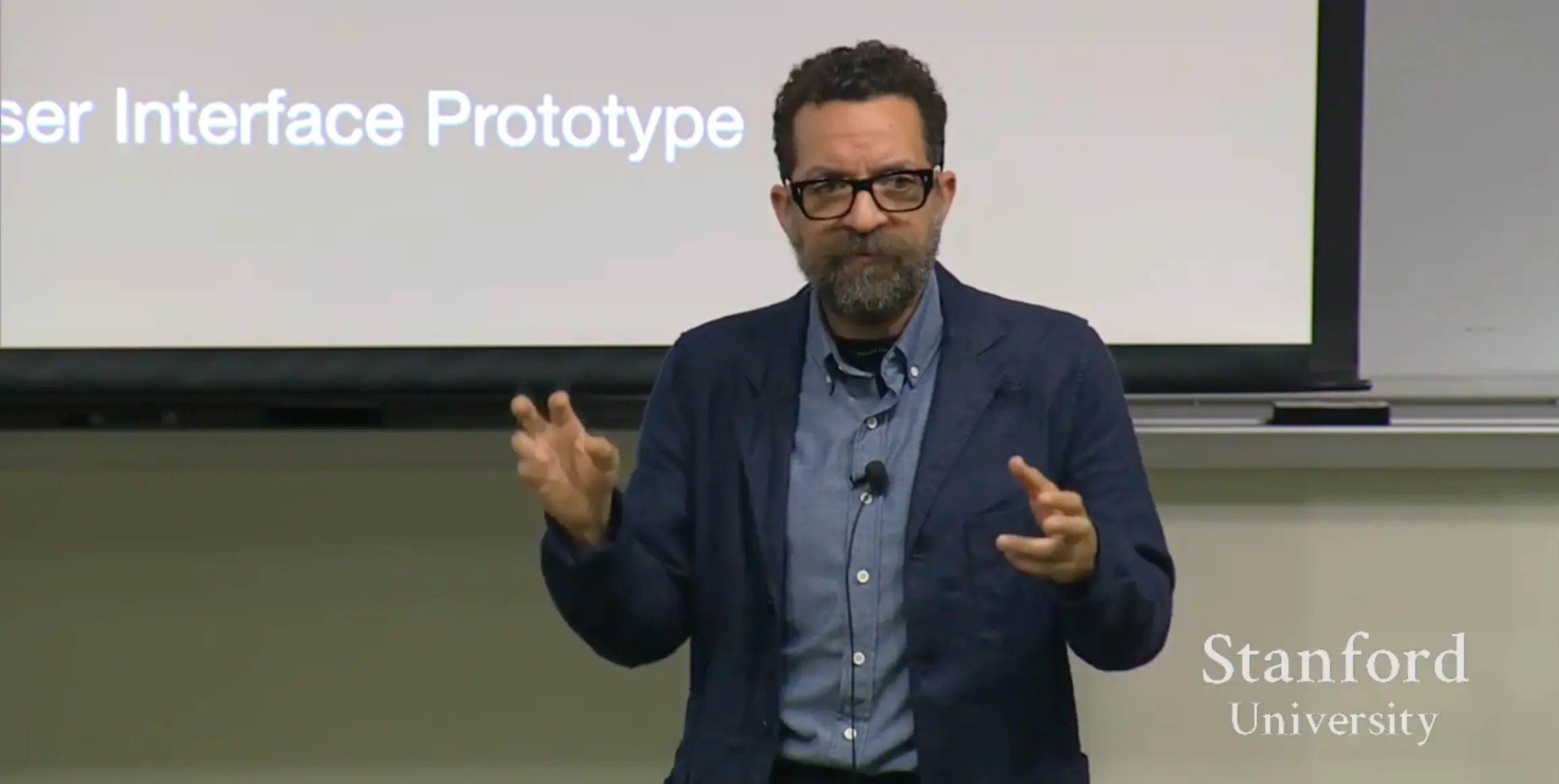
Nov 28, 2017
I gave a lecture at Stanford's CS547 course on HCI, and of course it was on'Design Fiction.' This is interesting to listen back on as I forgot about the examples I used 'early on' that came specifically from film. This was during the 'diegetic prototype' emphasis of things. Drawing on examples from films like 'Jurassic Park' and '2001: A Space Odyssey,' I showed how storytelling and these diegetic prototypes help communicate complex, speculative, often futuristic concepts. I describe the cultural impact of Design Fiction on technological perception and legal precedents, particularly in relation to augmented reality and user interfaces. Practical projects such as the Quick Start Guide for a Self-Driving Car help highlight the importance of making emerging technologies...
talklecturedesign fictionvideo
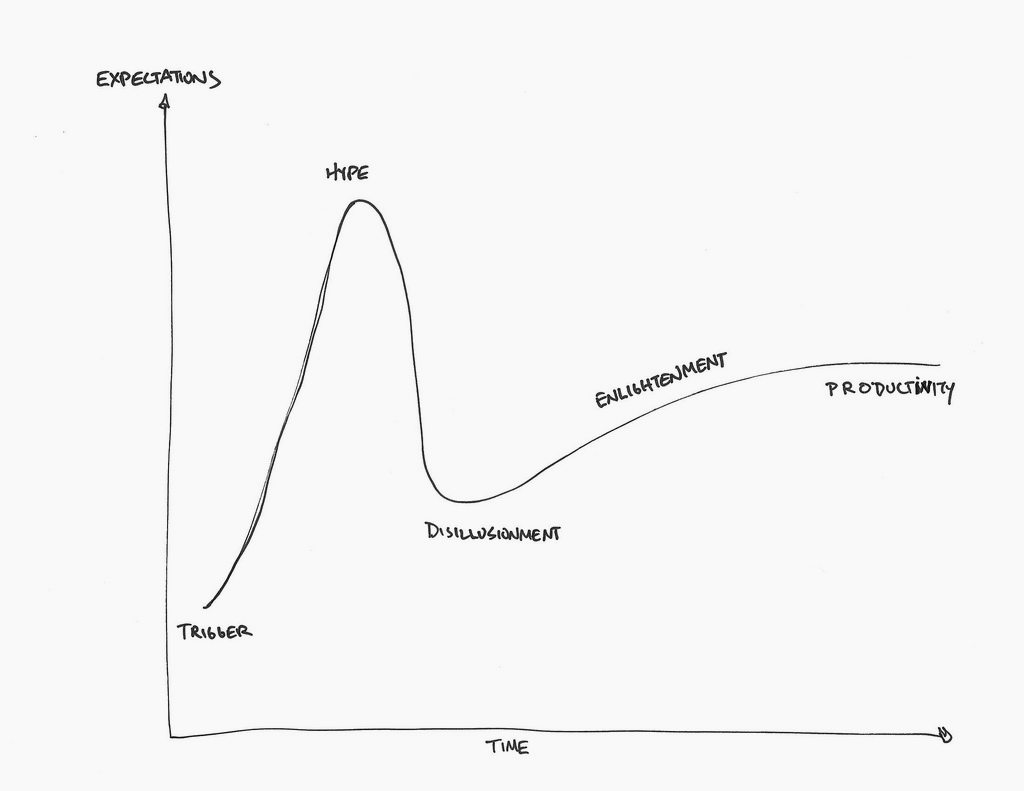
Oct 23, 2012
In 2011, the Walker Art Center's Interdisciplinary Work Group (IWG) developed a cross-departmental collaboration and interdisciplinary experimentation through research, discussions, and innovative programming. They developed some actionable insights aimed at shaping the future of interdisciplinary projects in the arts that included working with interdisciplinary practioners, including Julian Bleecker, Ph.D.
collaborationart+technologyRoland Barthesinterdisciplinarity
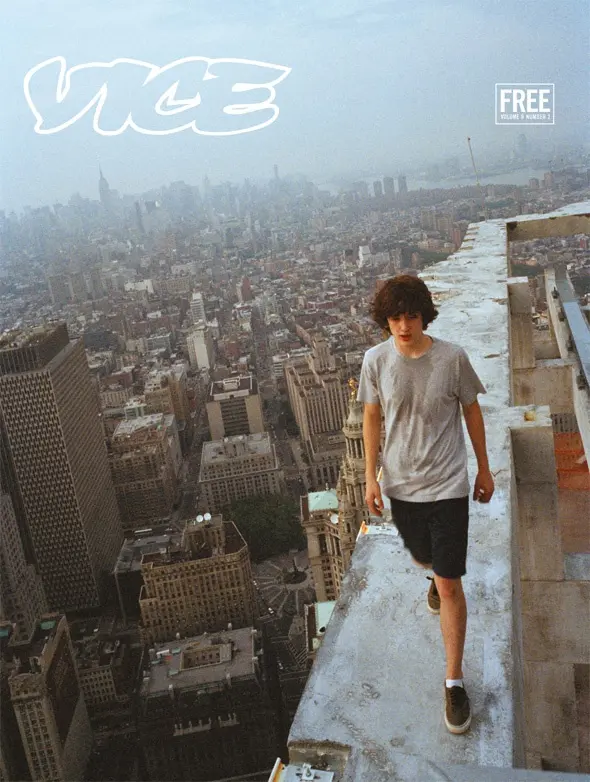
Nov 18, 2011
While we're in the present, dribbling over our shiny new iWhatevers and being amazed that an espresso maker can shit out coffee just from seeing a picture of a bean, Julian Bleecker and his fellow technologists are busy fucking around in the near future. He’s co-founder of the Near Future Laboratory. What’s that? Well, it’s a place where provocative concepts and ideas are materialized into non-profit conversation pieces.
Design Fictionart+technologyslow messengerinterview
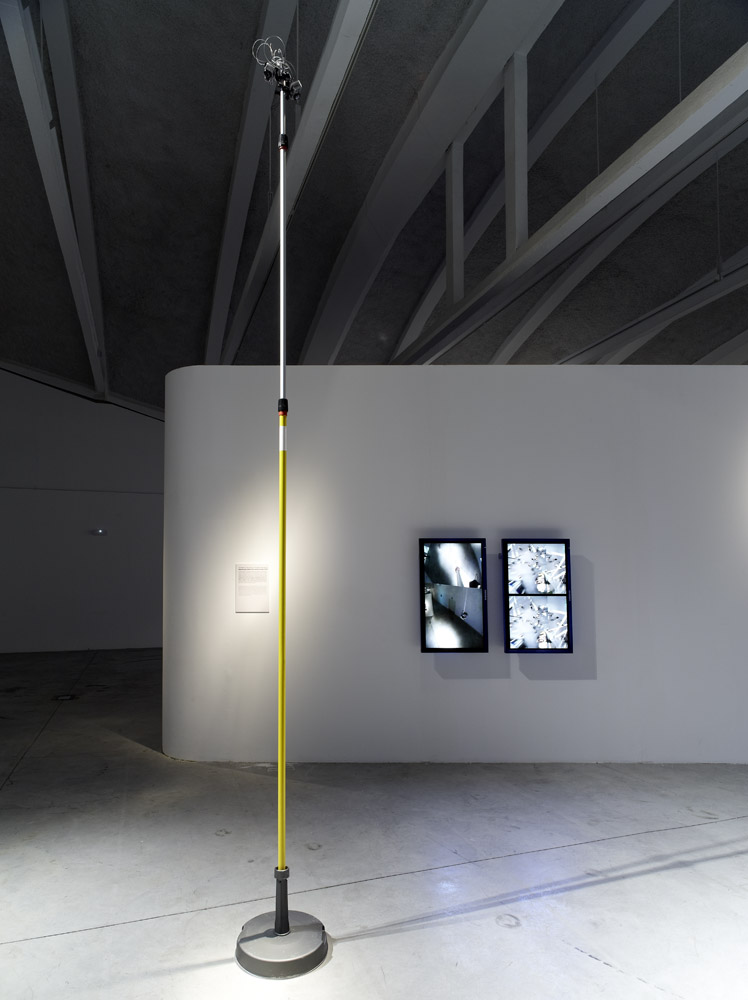
Aug 10, 2009
The apparatus consists of a very tall pole which is used to gain a unique, portable vantage point to see the world. Two wide field of view cameras are used to capture video from the full height. The video is then processed to highlight specific features of the world below, mostly such things as the movement of people and the movement strategies. Individuals are highlighted using video processing algorithms to accentuate the flow of urban life. The motivation for this project is the noted urbanist, William H. Whyte, who wrote an important, short monograph that went along with a film, both called The Social Life of Small Urban Spaces.
Design ApparatusDesign SketchDesign StudyDesign TechniquesInstrumentsMomentumObservationPacePublic SpaceSlowSocial Life of Small Urban SpacesSpeedSurveillanceUrban DesignVisualizationWilliam H. Whyte


